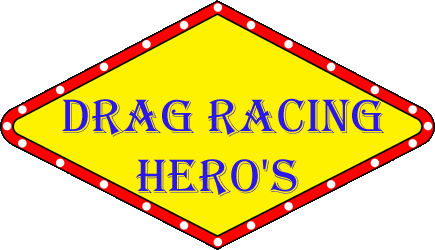



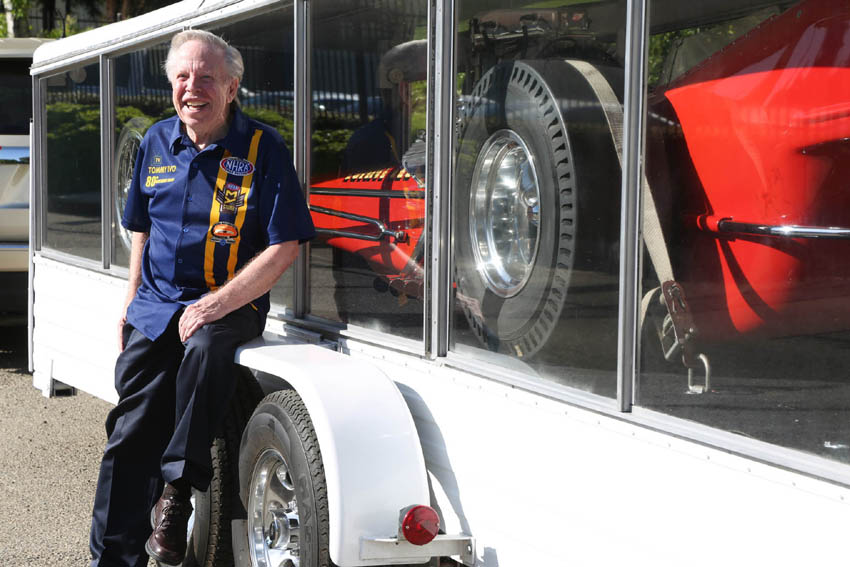
TV Tommy
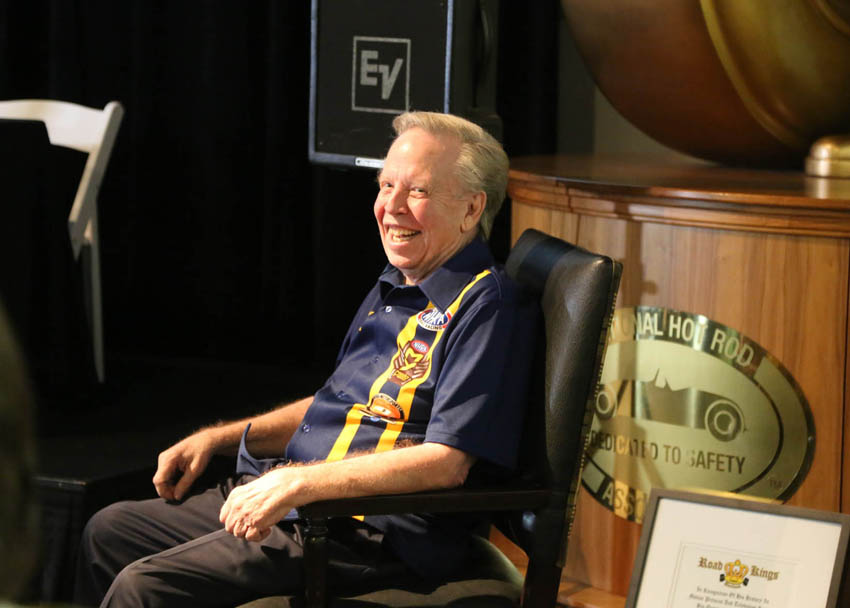
TV Tommy
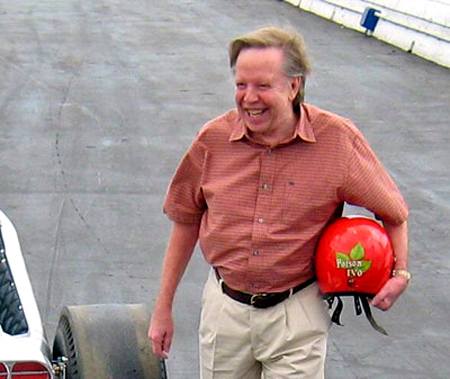
TV Tommy
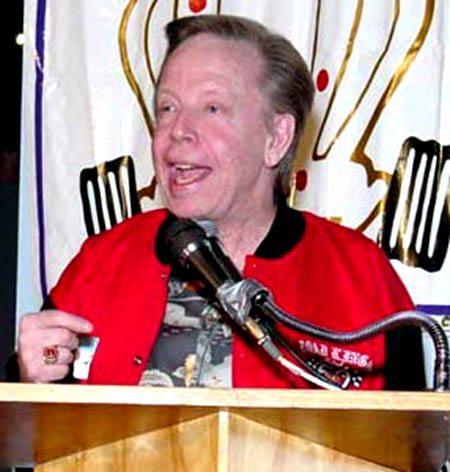
TV Tommy
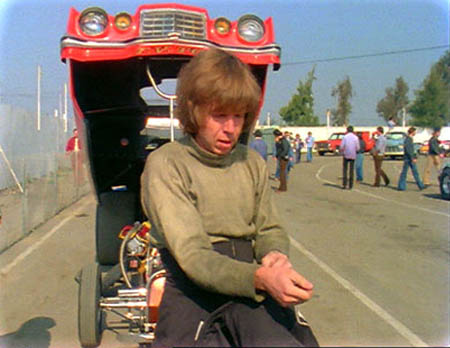
TV Tommy
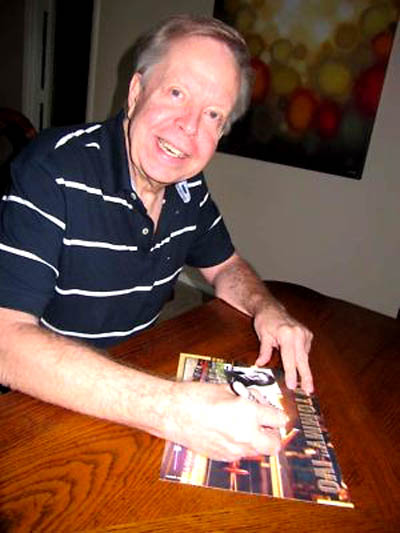
TV Tommy
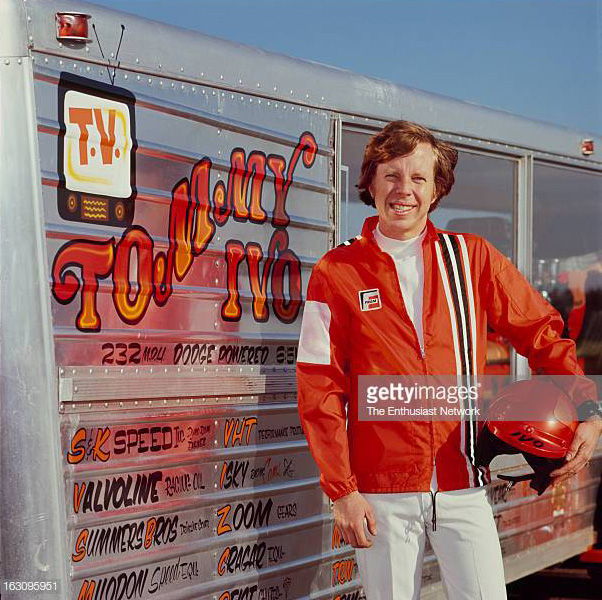
TV Tommy
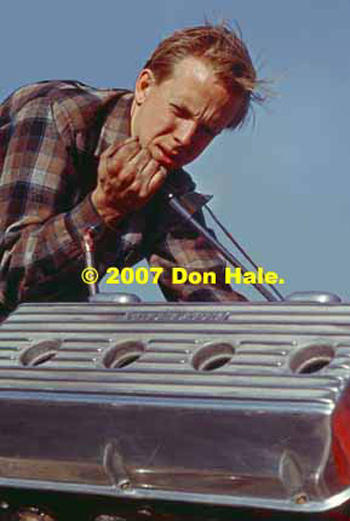
TV Tommy
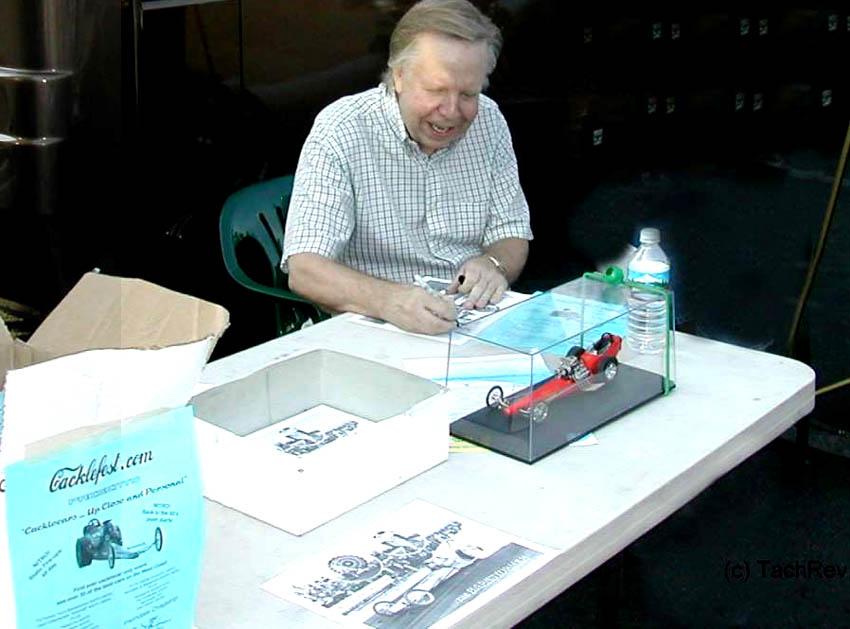
TV Tommy
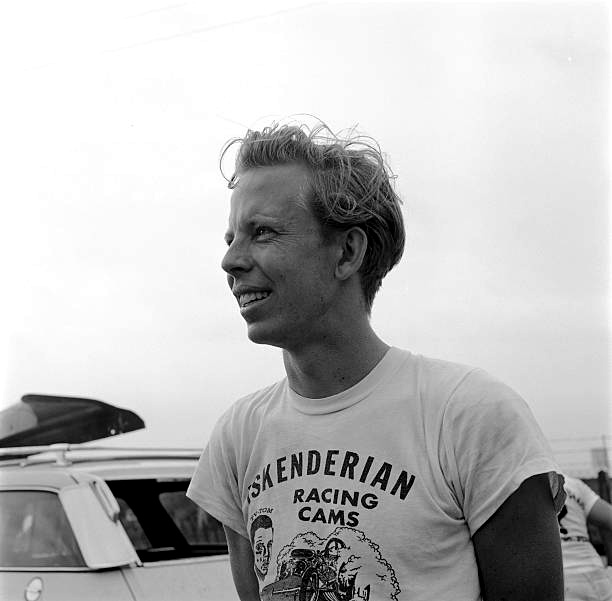
TV Tommy
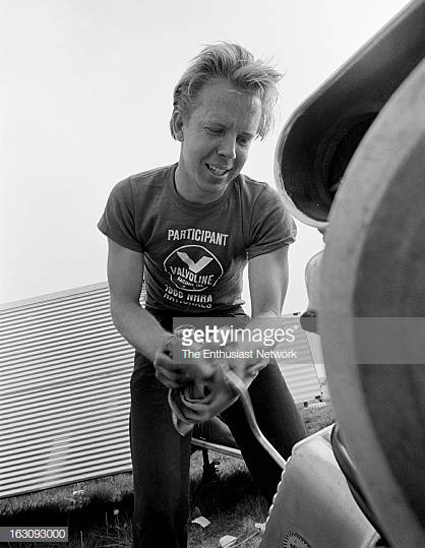
TV Tommy
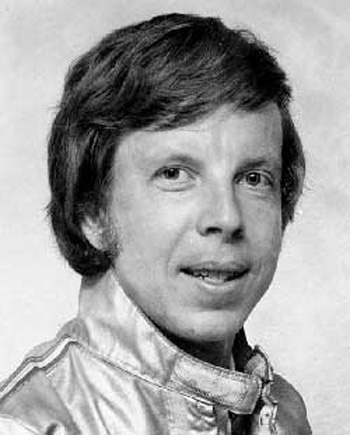
TV Tommy
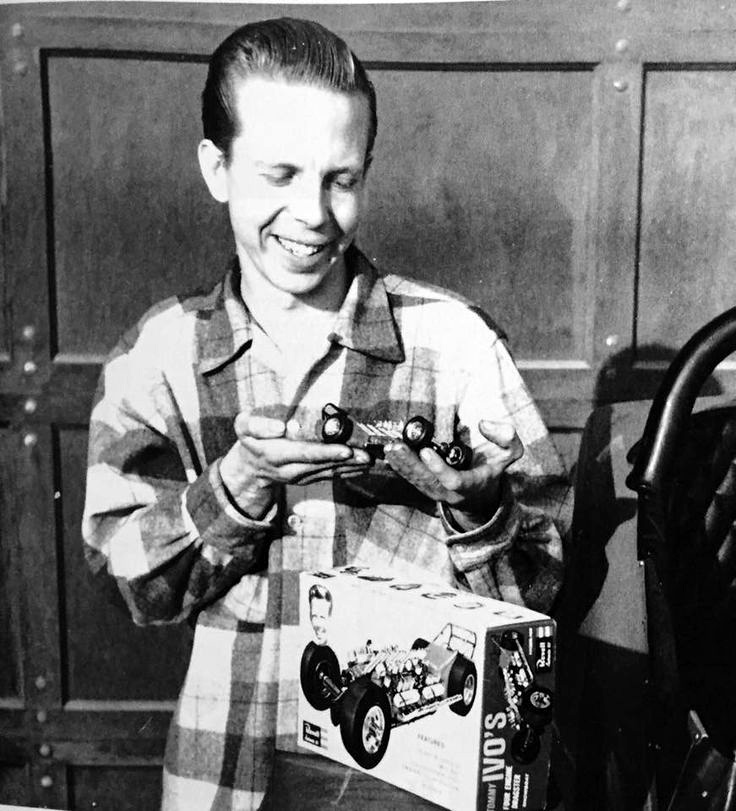
TV Tommy
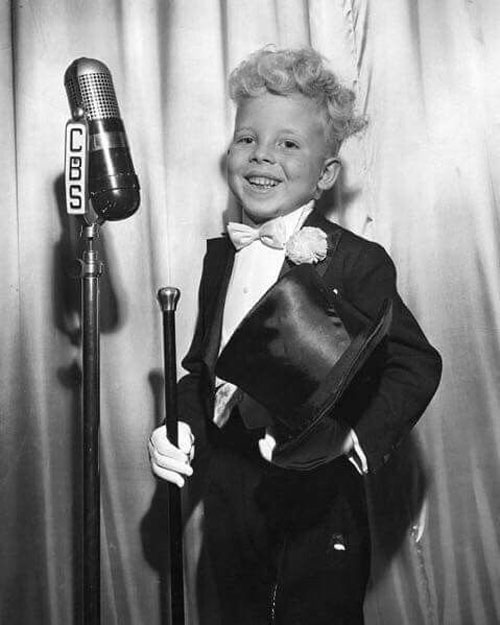
TV Tommy
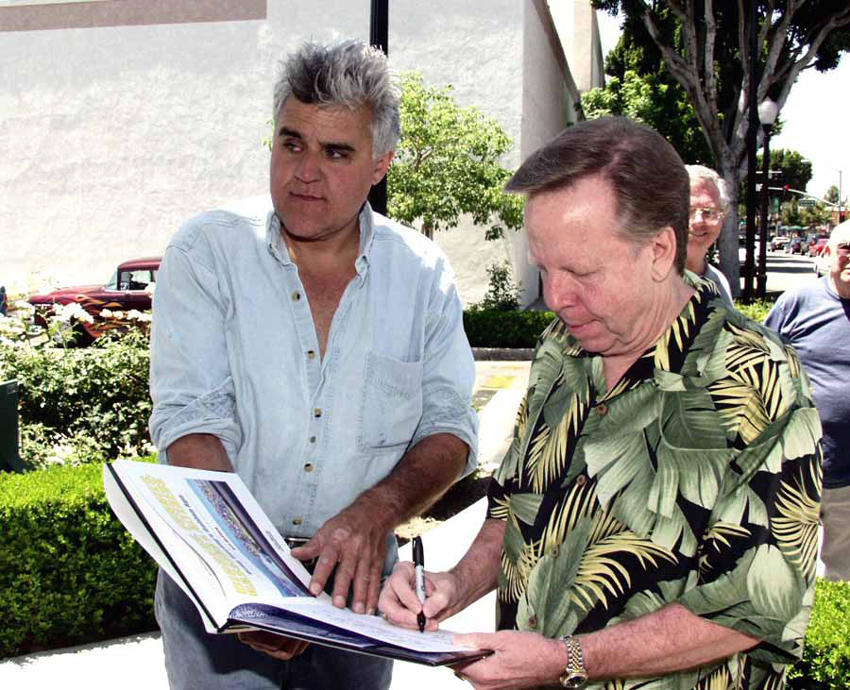
TV Tommy and Jay Leno
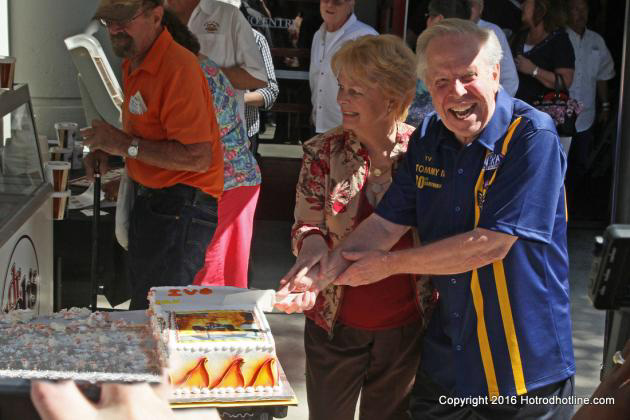
TV Tommy with a birthday cake
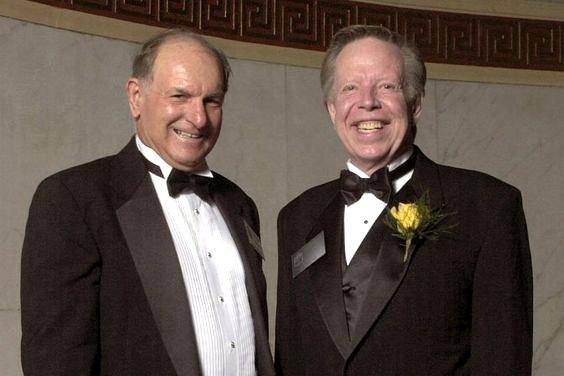
TV Tommy and Don Garlits
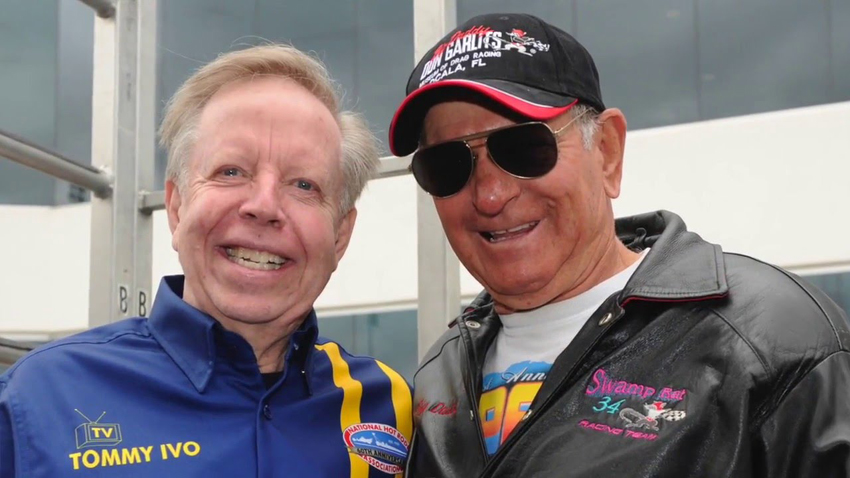
TV Tommy and Don Garlits
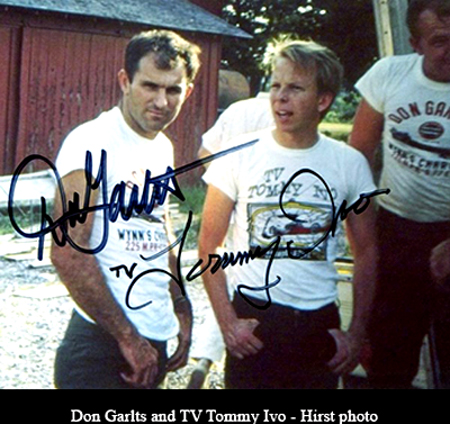
TV Tommy and Don Garlits
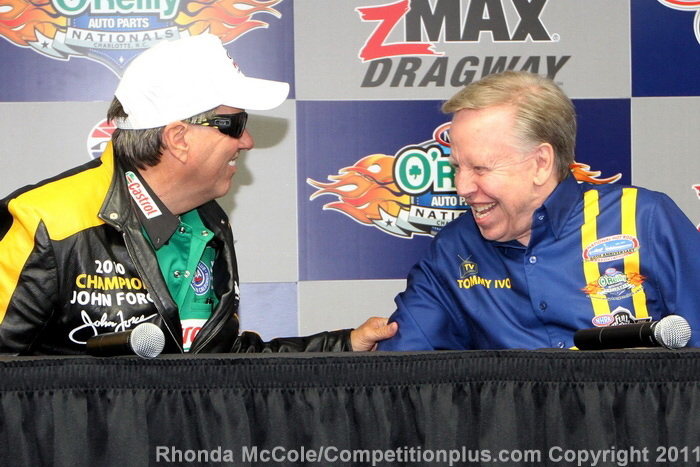
TV Tommy and John Force
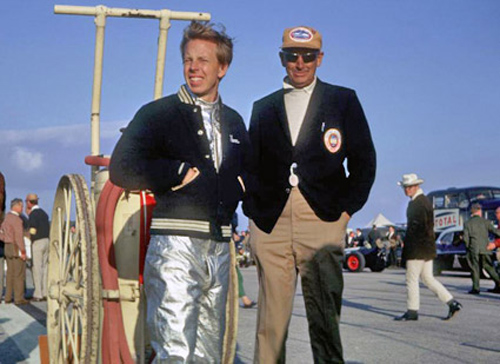
TV Tommy and Wally Parks in England
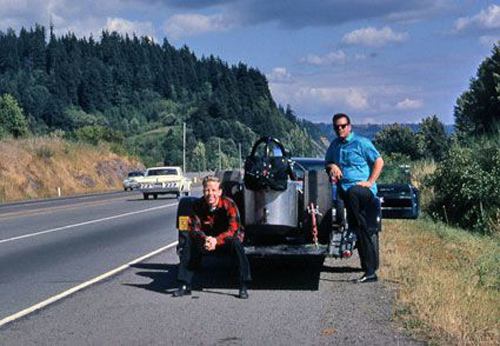
TV Tommy on his first road trip in 1962
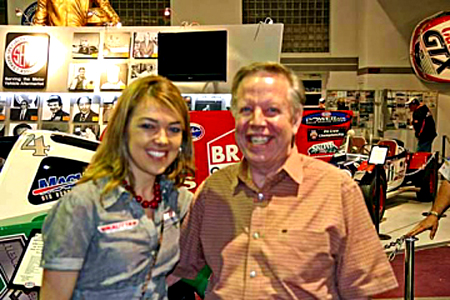
TV Tommy and a lady
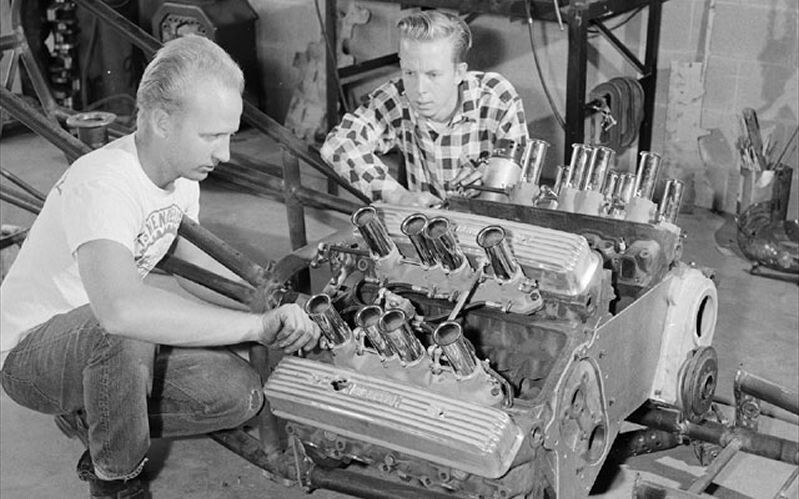
TV Tommy and a motor
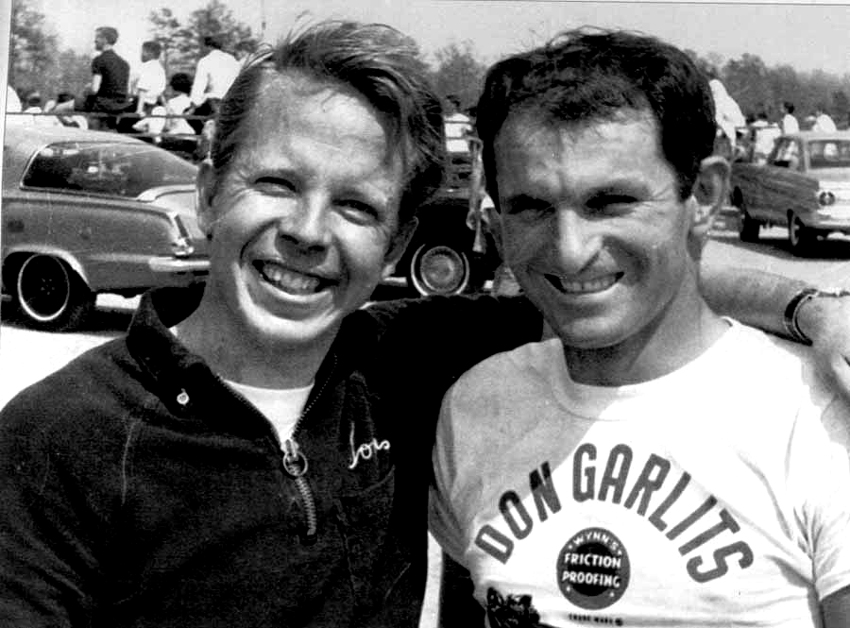
TV Tommy and Don Garlits
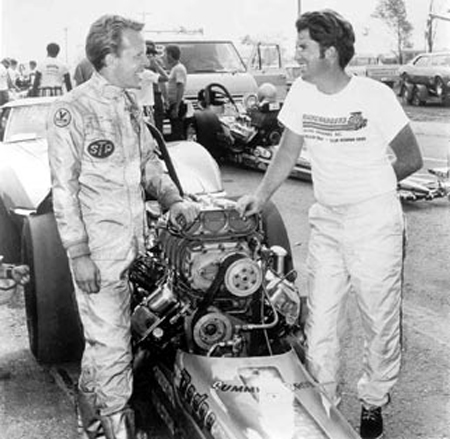
TV Tommy and John Mulligan
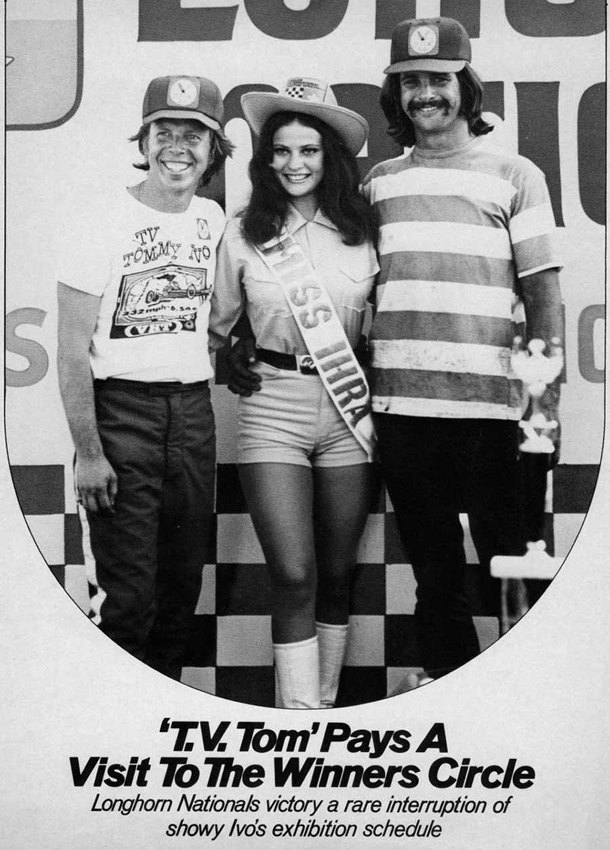
TV Tommy and the race queen

TV Tommy with Wally Parks
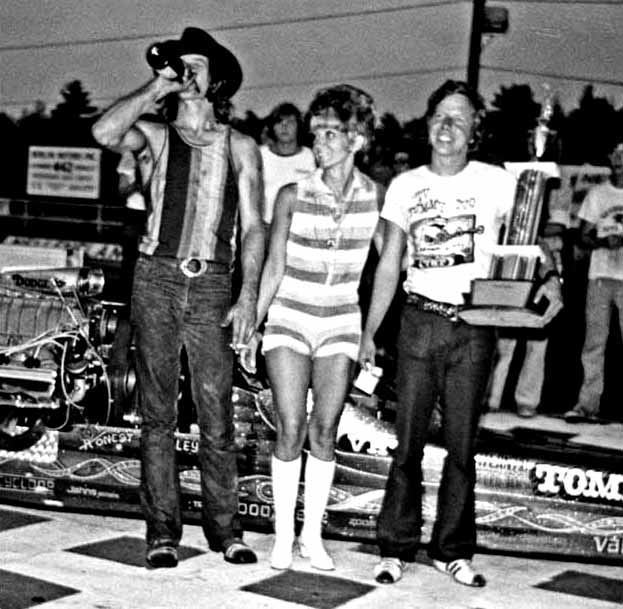
TV Tommy wins again
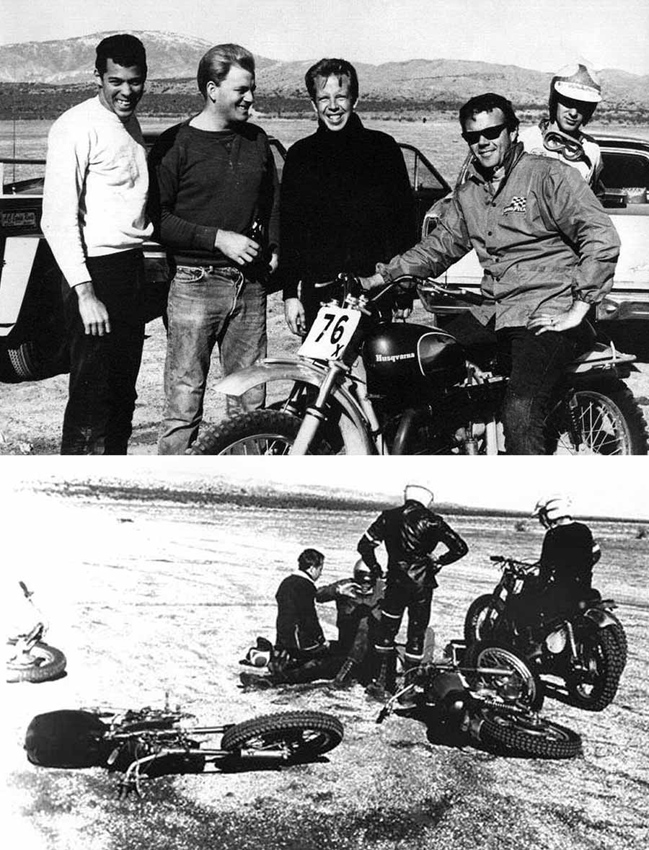
TV Tommy with Don PTV Tommy and Road Kings
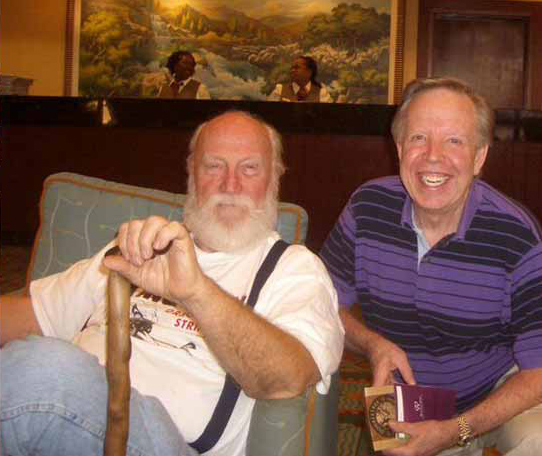
TV Tommy with Kent Fuller
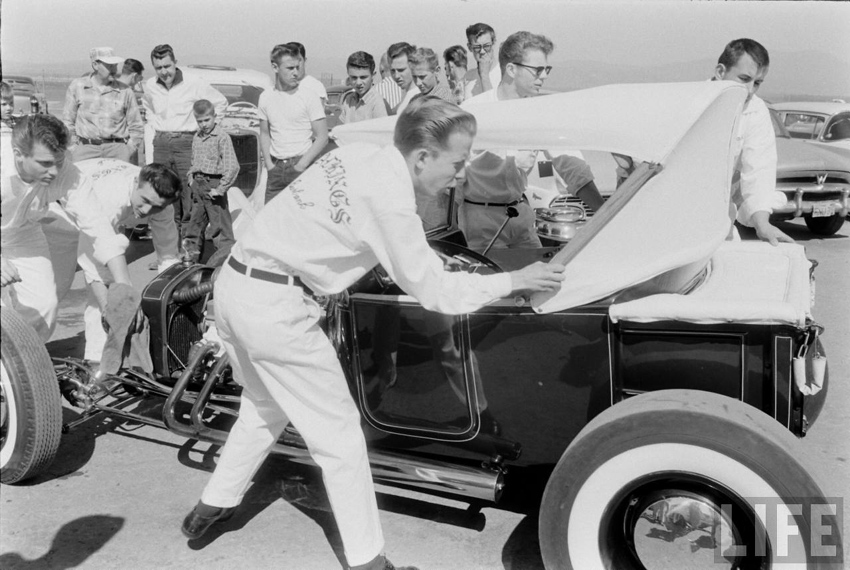
TV Tommy and the Road Kings
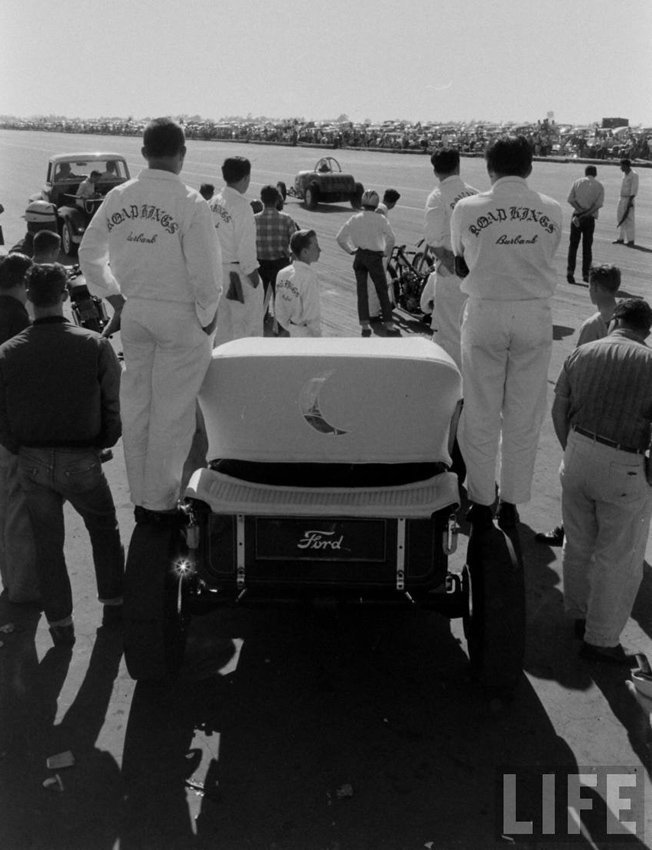
TV Tommy and the Road Kings

TV Tommy with his ride
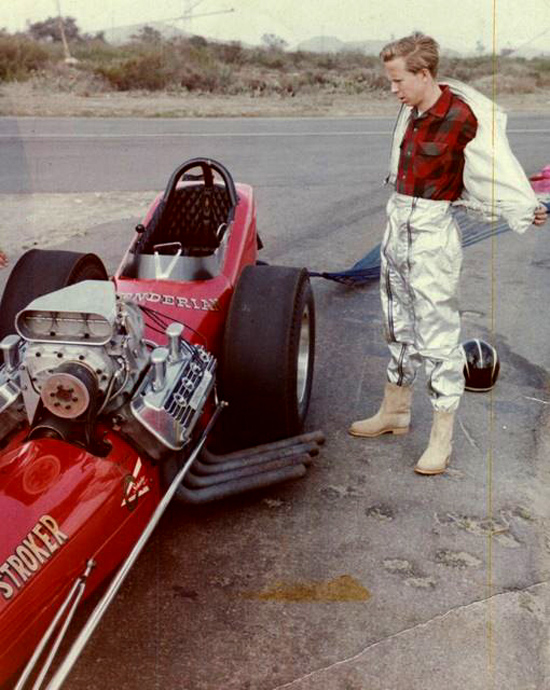
TV Tommy after a run
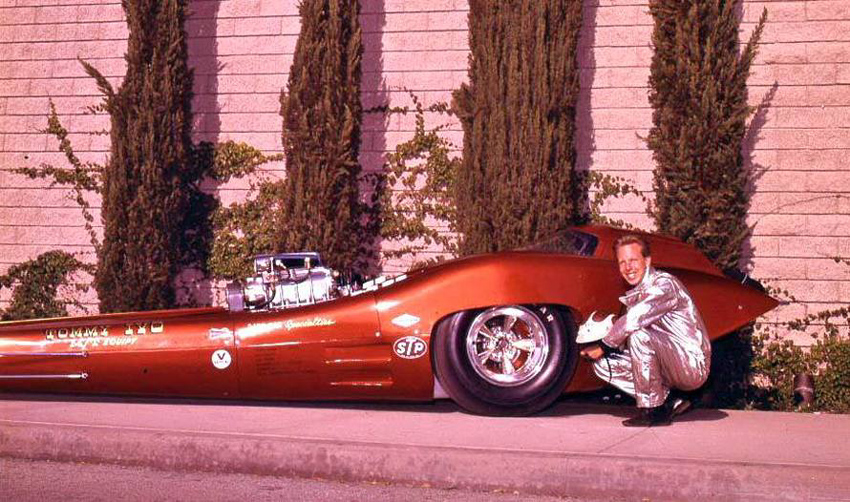
TV Tommy with his Videoliner
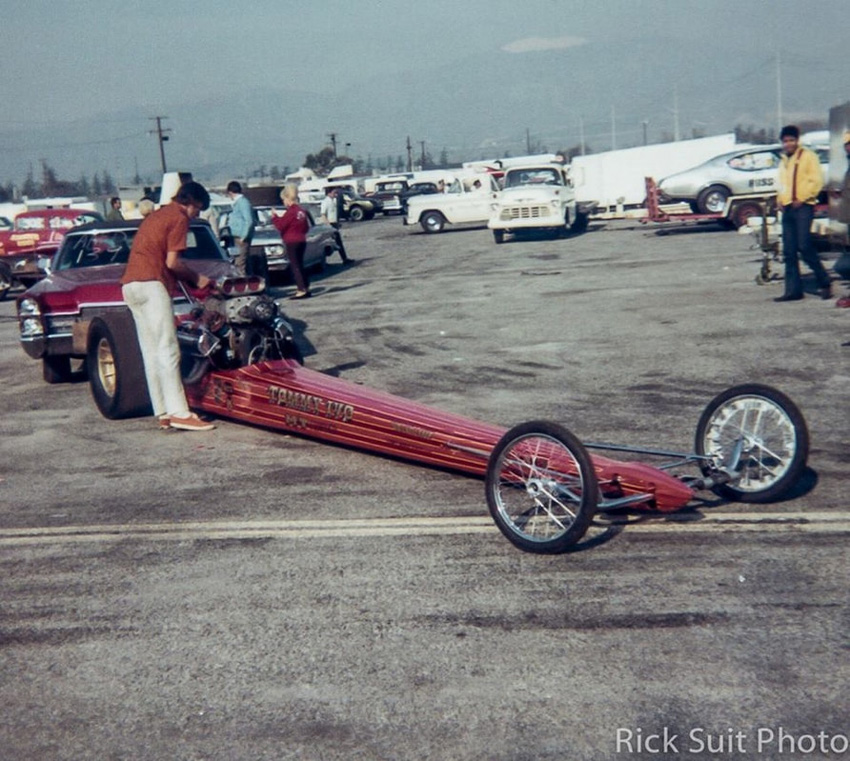
TV Tommy's car
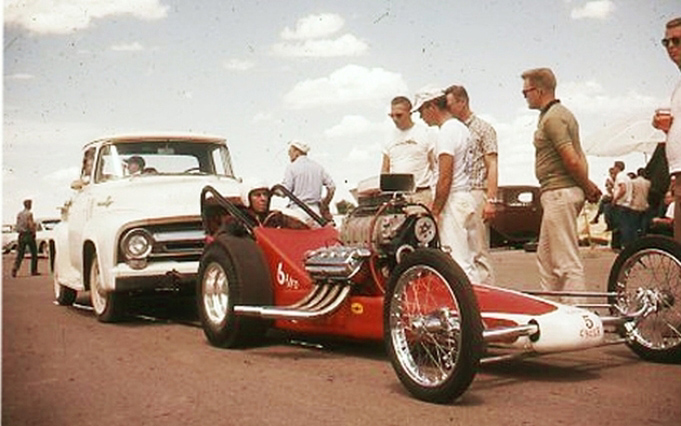
TV Tommy's car he sold to Don Prudhomme
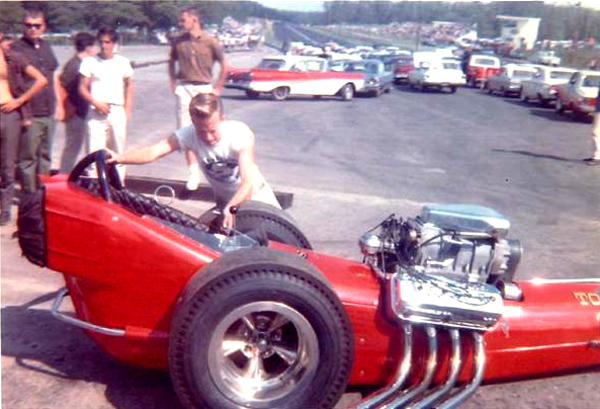
TV Tommy with his car
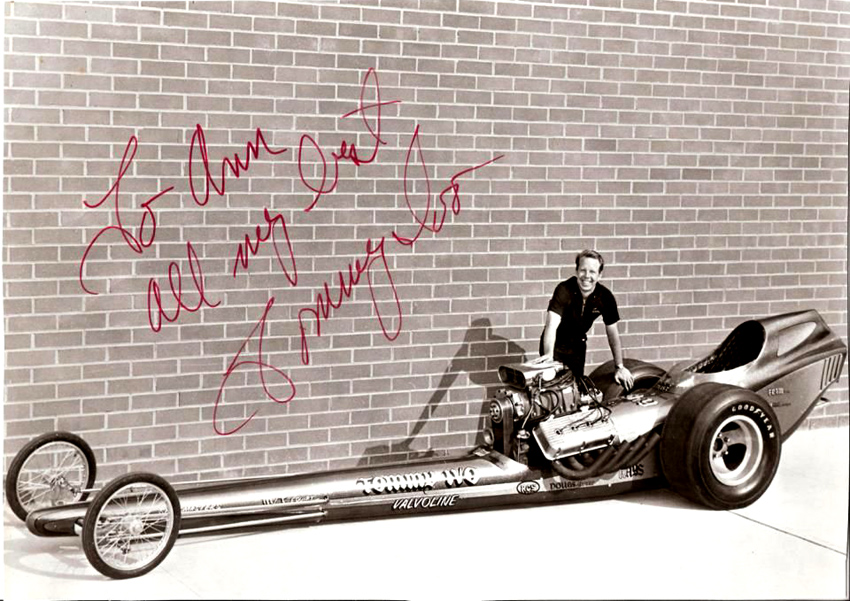
TV Tommy with his car
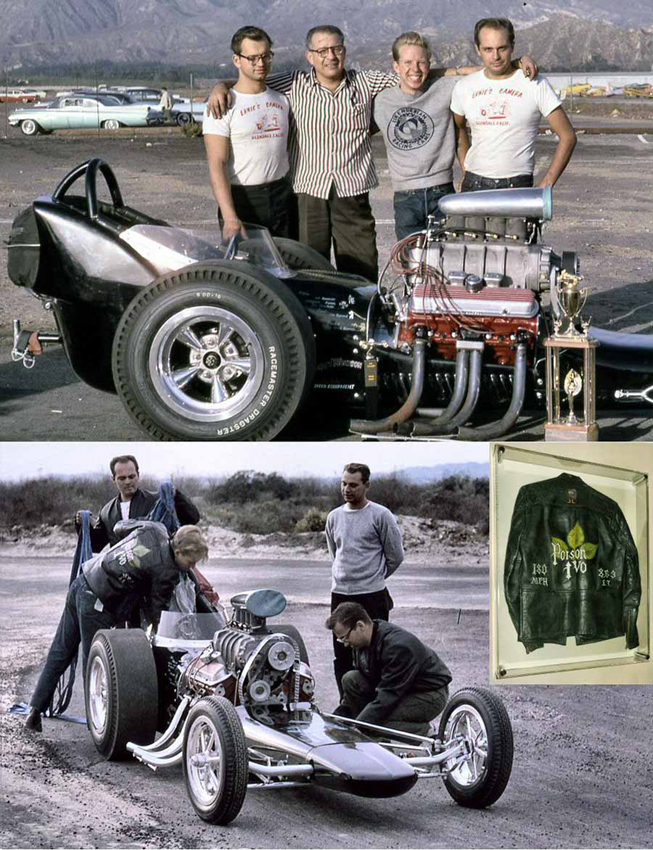
TV Tommy with Earnie's Camera car
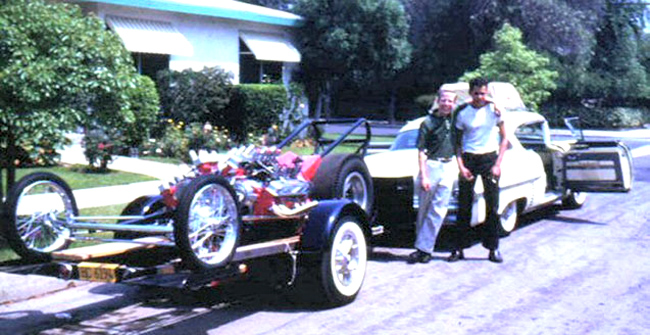
TV Tommy and Don Pruhomme took of on their first tour in this rig. The "Lollypop" trailer was reinforced to hold the car. There was a short block under the car. The trunk was their shop. their clothes were on top of the car
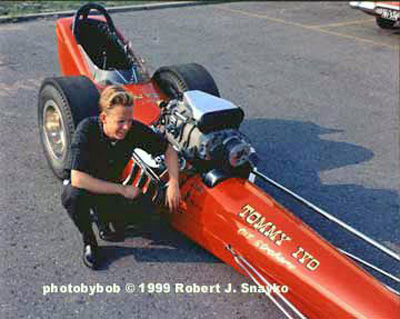
TV Tommy with his car
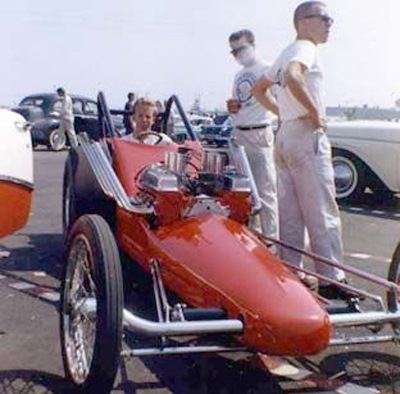
TV Tommy in his car
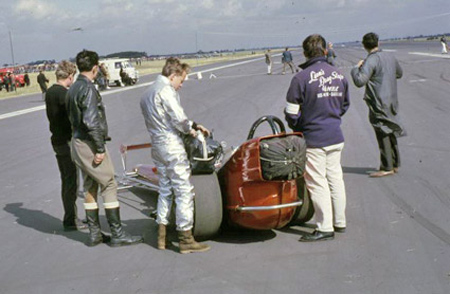
TV Tommy in England on tour
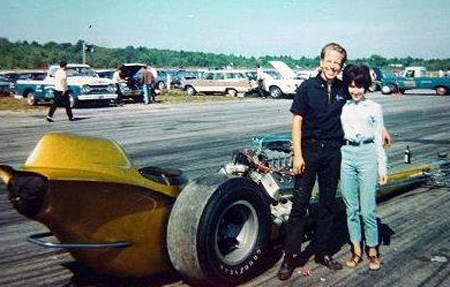
TV Tommy
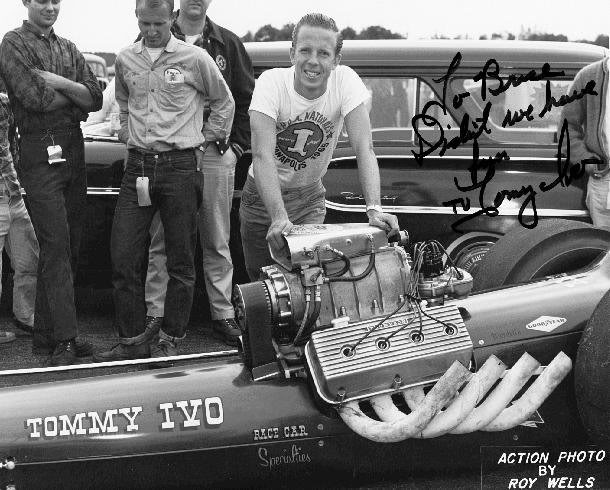
TV Tommy
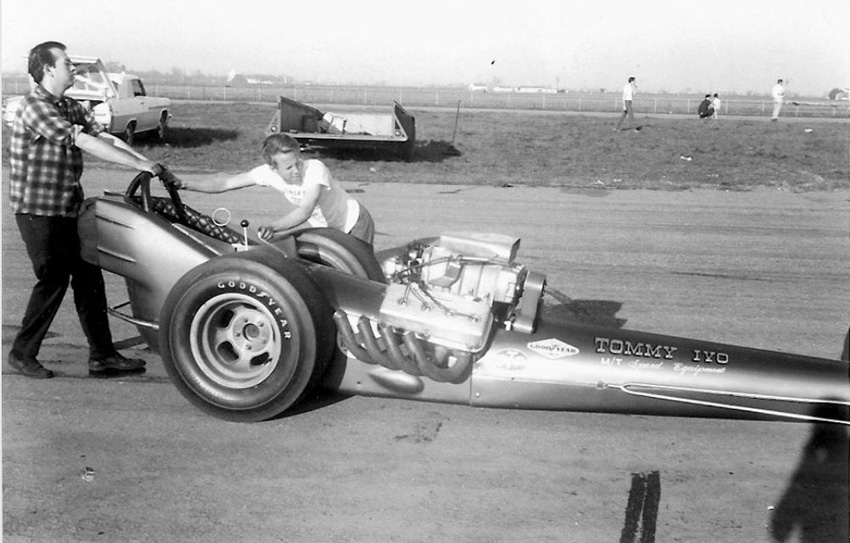
TV Tommy
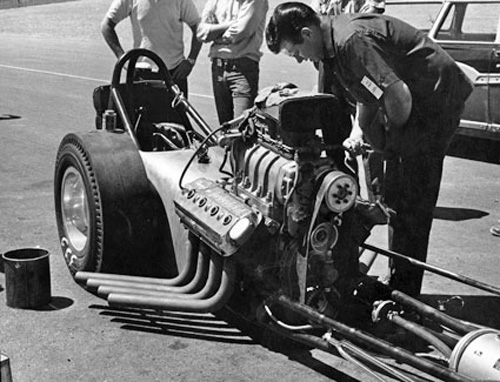
Dave Zeuschel working on the motor
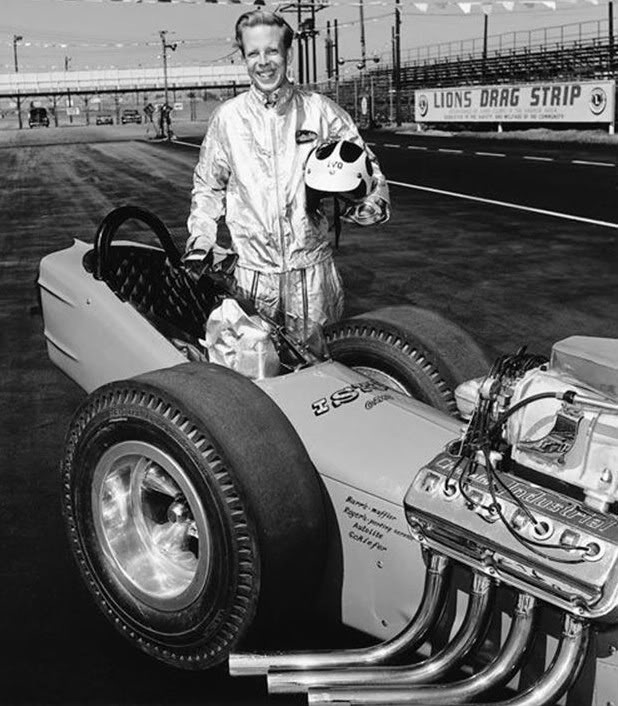
TV Tommy
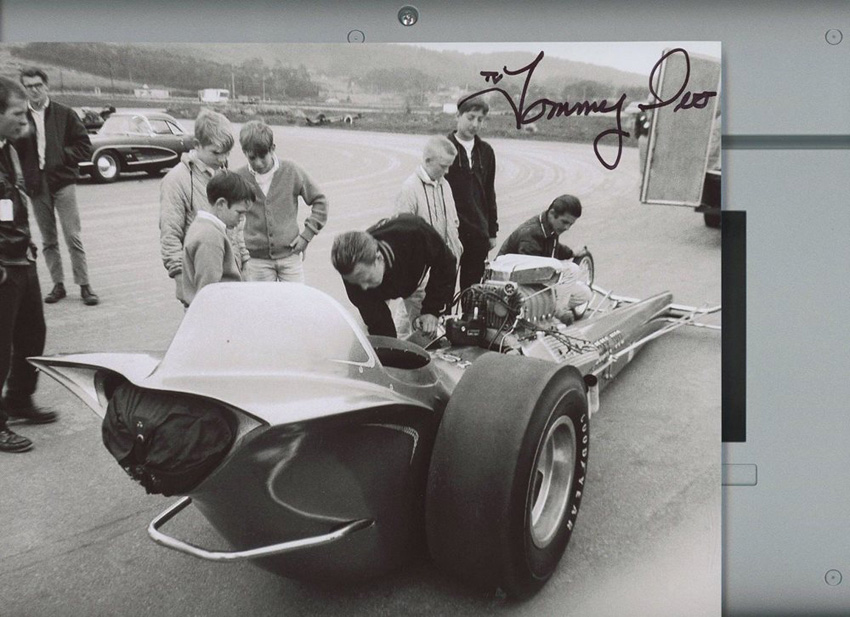
TV Tommy working on his car
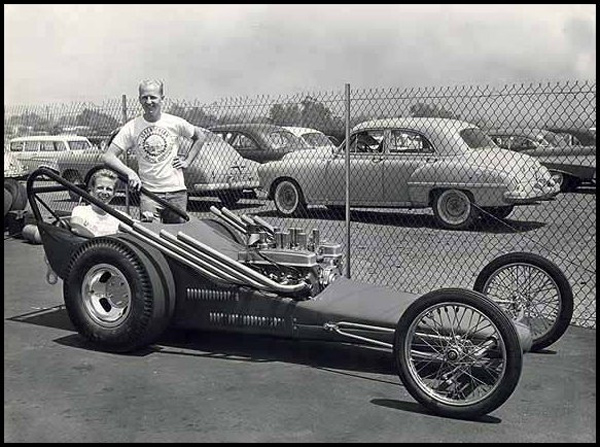
TV Tommy in his car
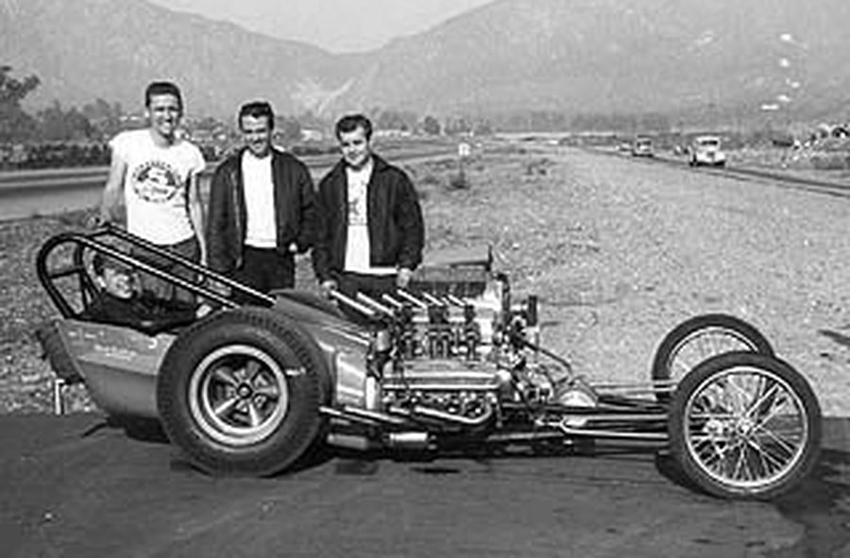
TV Tommy at San Fernando
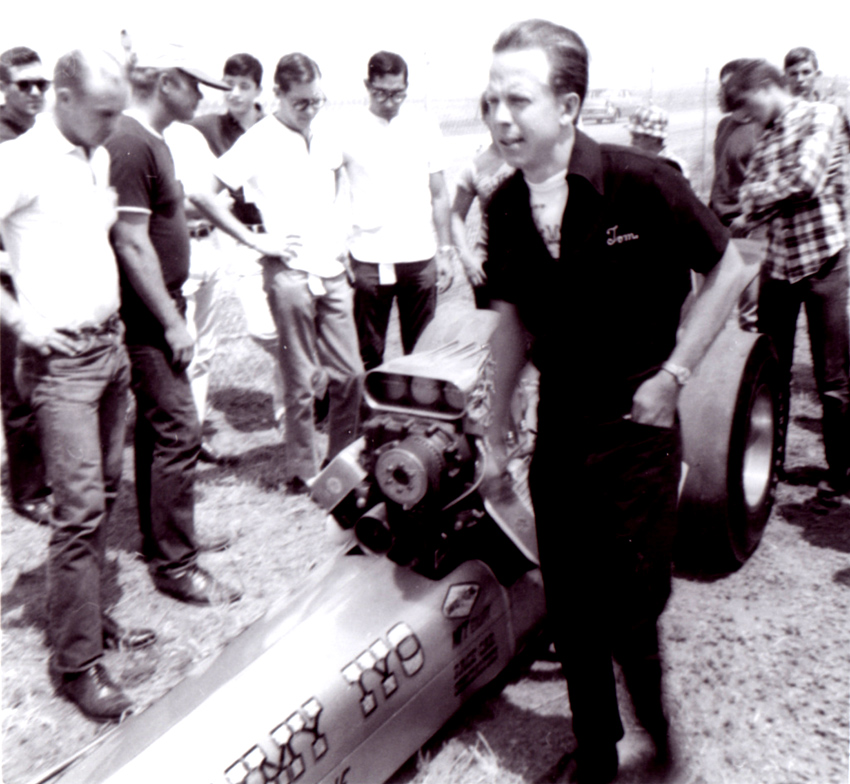
TV Tommy in Amarillo 1966
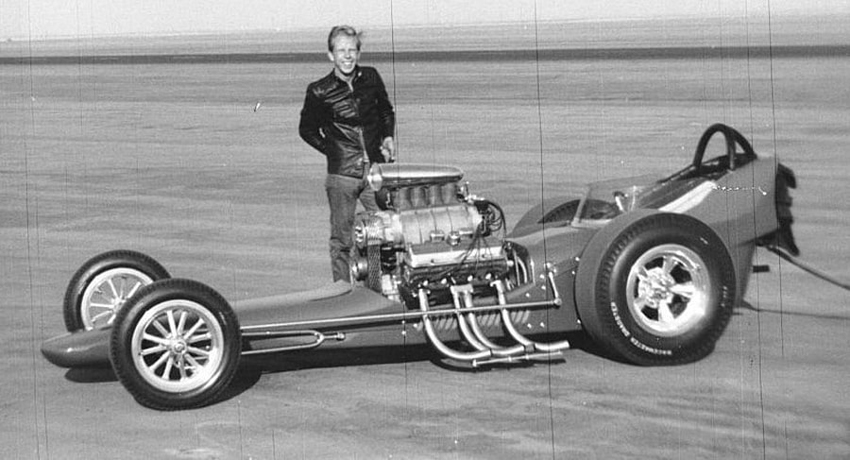
TV Tommy with the Ernie's camera car
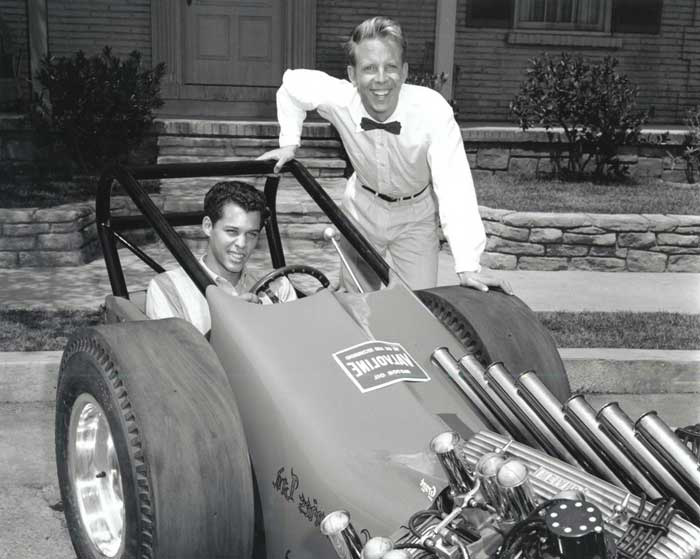
TV Tommy with Don Prudhomme
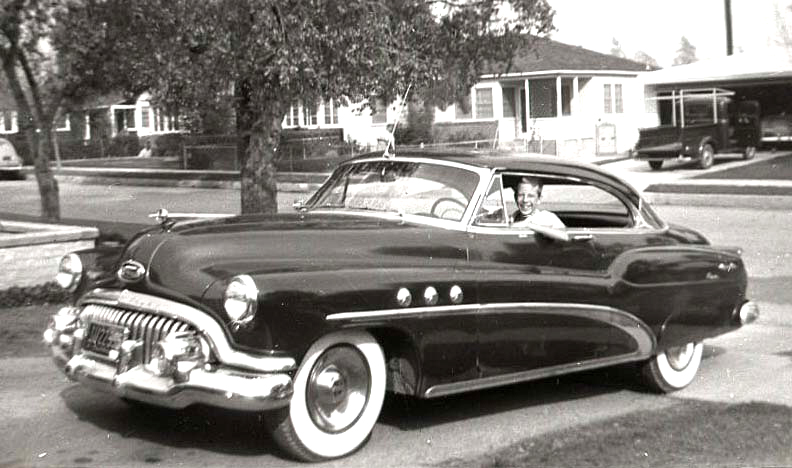
TV Tommy with his first car
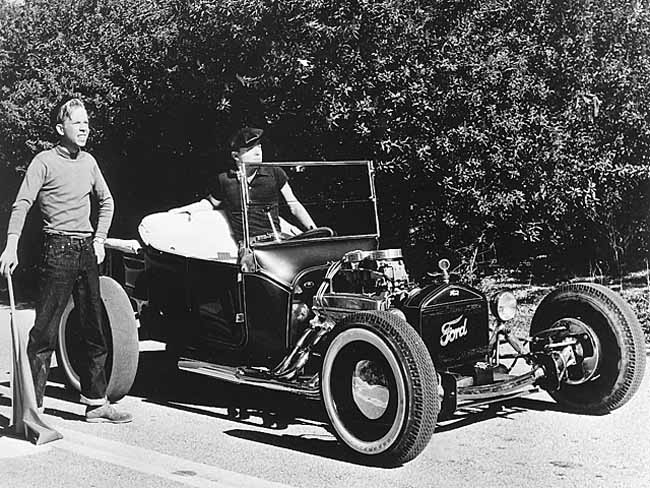
TV Tommy with a street rod
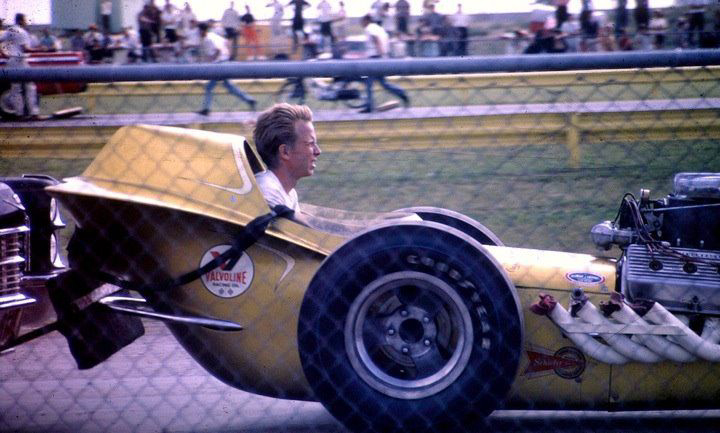
TV Tommy
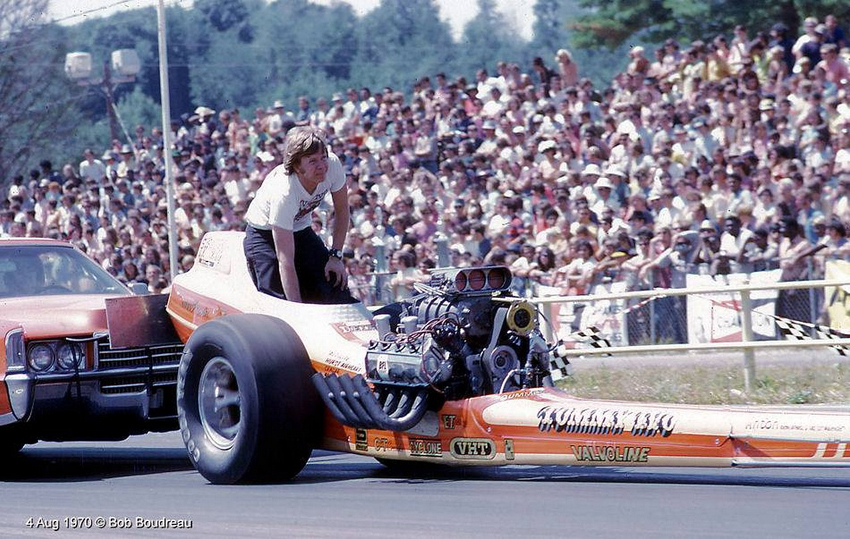
TV Tommy
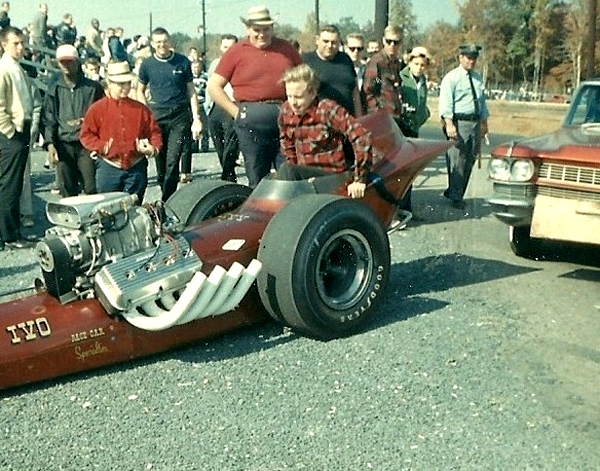
TV Tommy
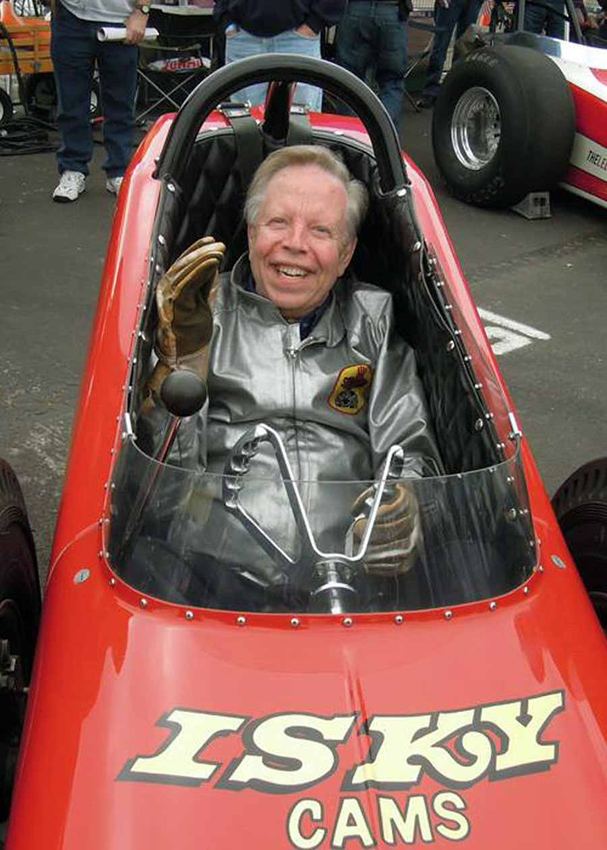
TV Tommy
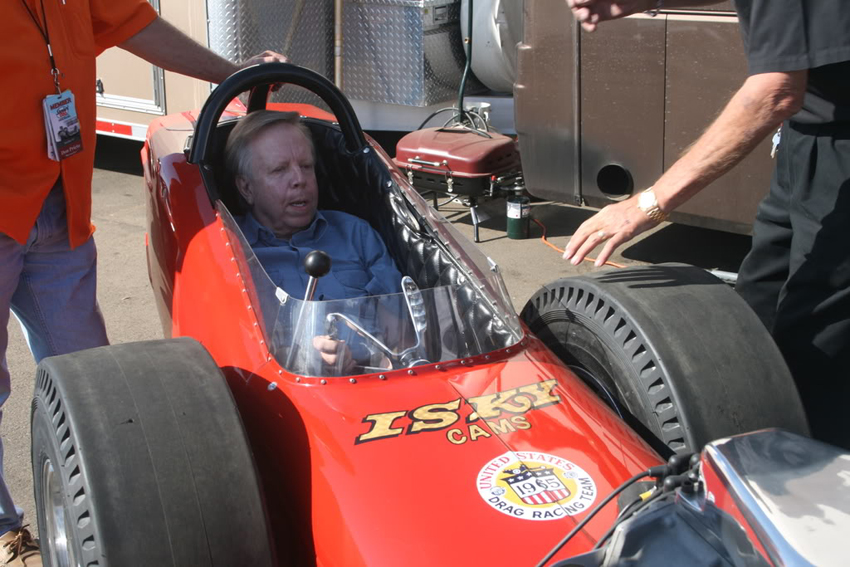
TV Tommy
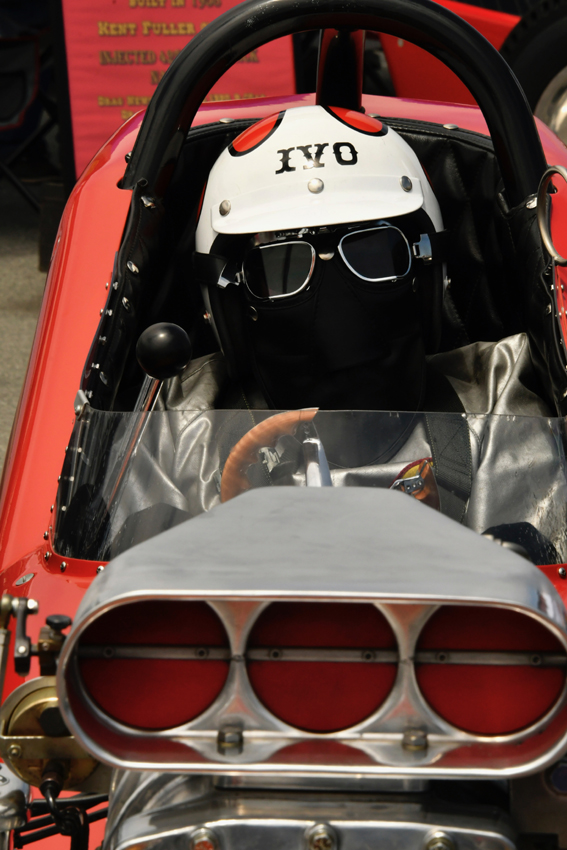
TV Tommy
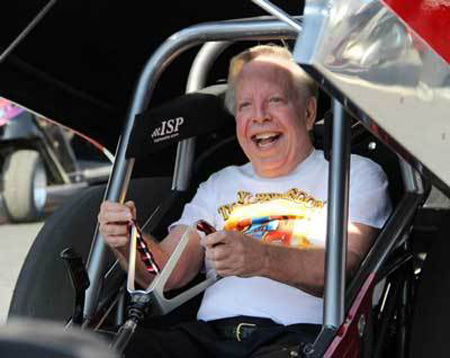
TV Tommy
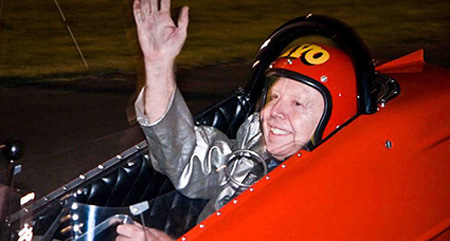
TV Tommy
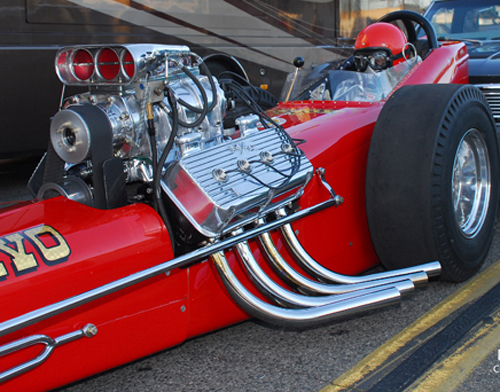
TV Tommy
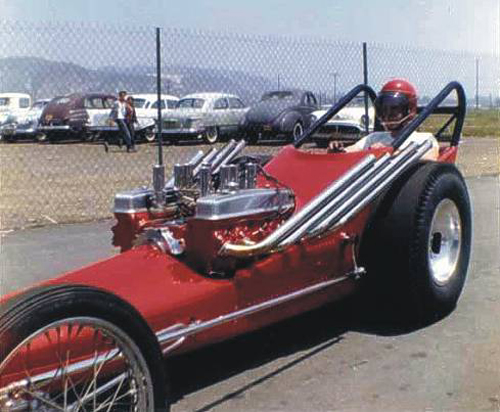
TV Tommy
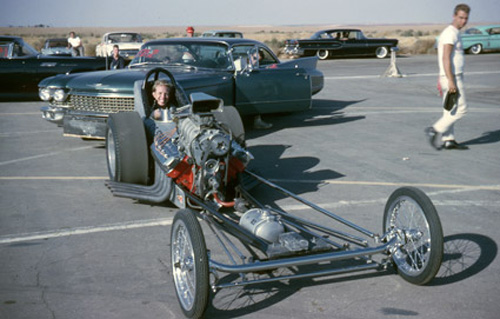
TV Tommy
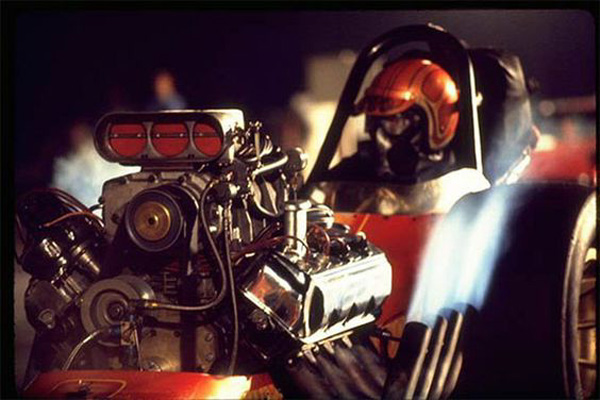
TV Tommy
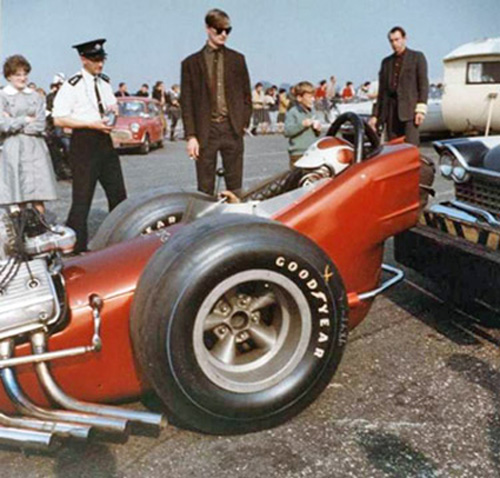
TV Tommy
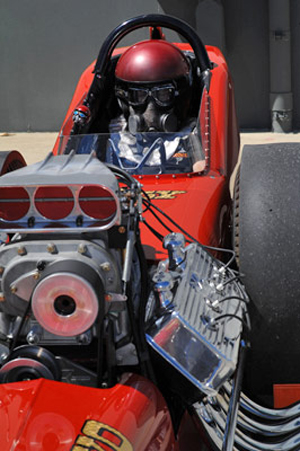
TV Tommy

TV Tommy
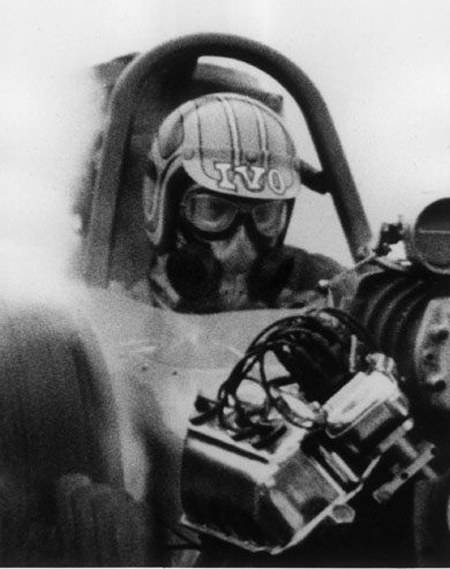
TV Tommy
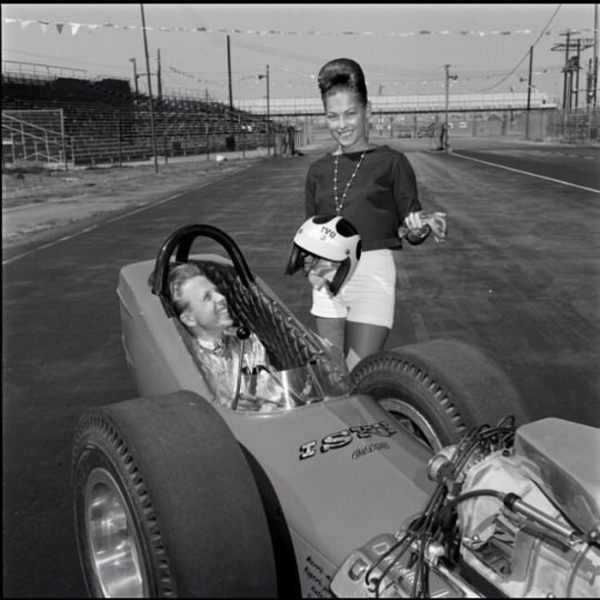
TV Tommy
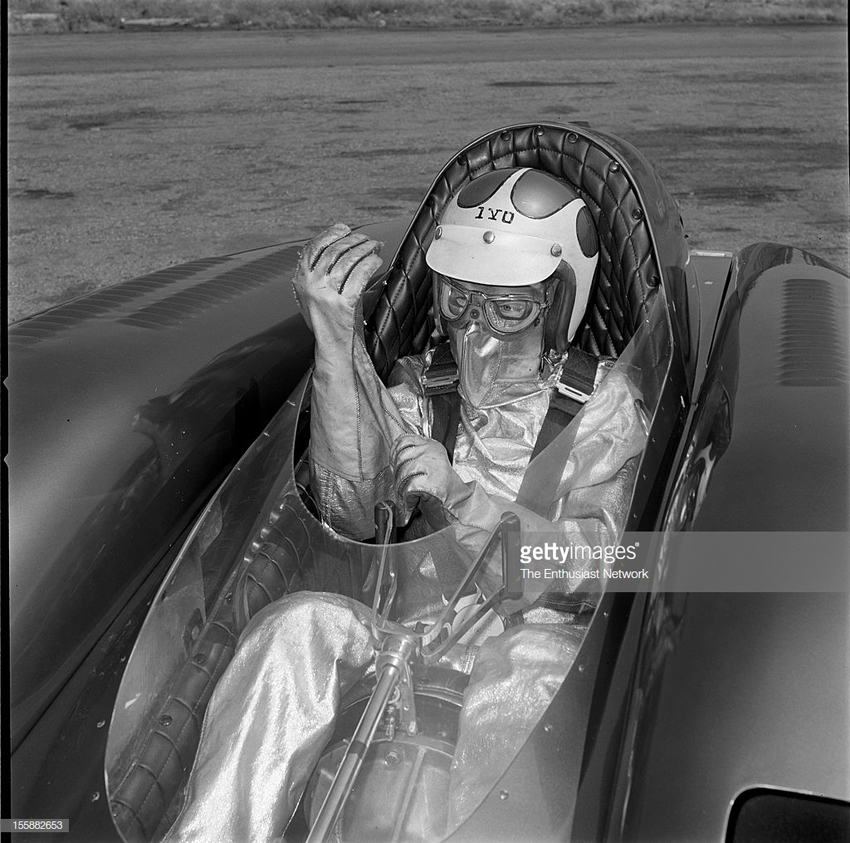
TV Tommy
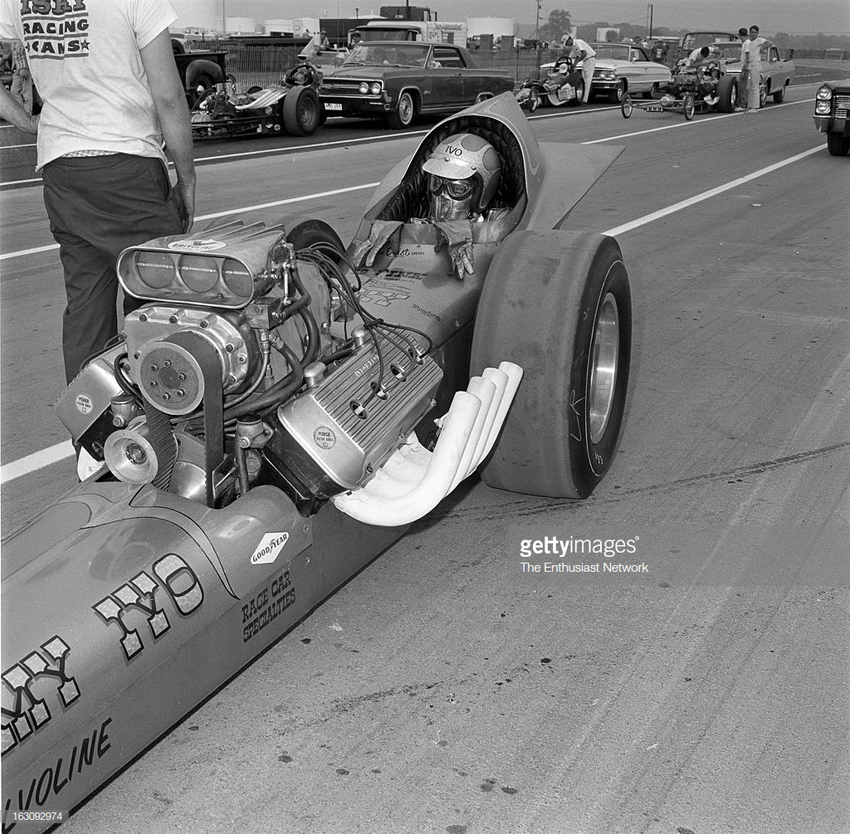
TV Tommy
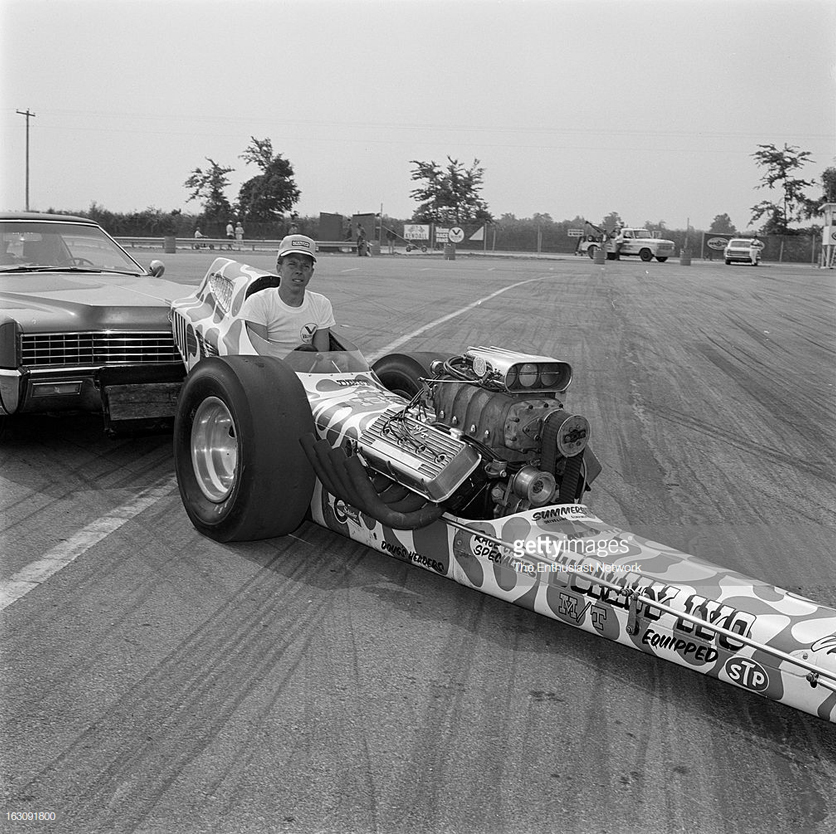
TV Tommy
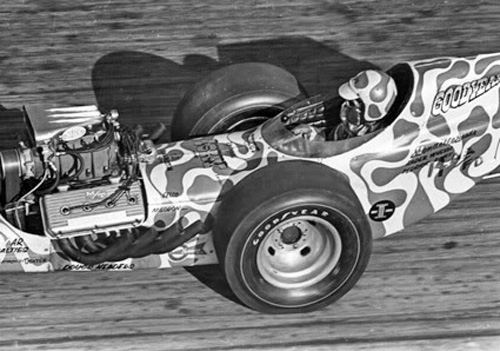
TV Tommy
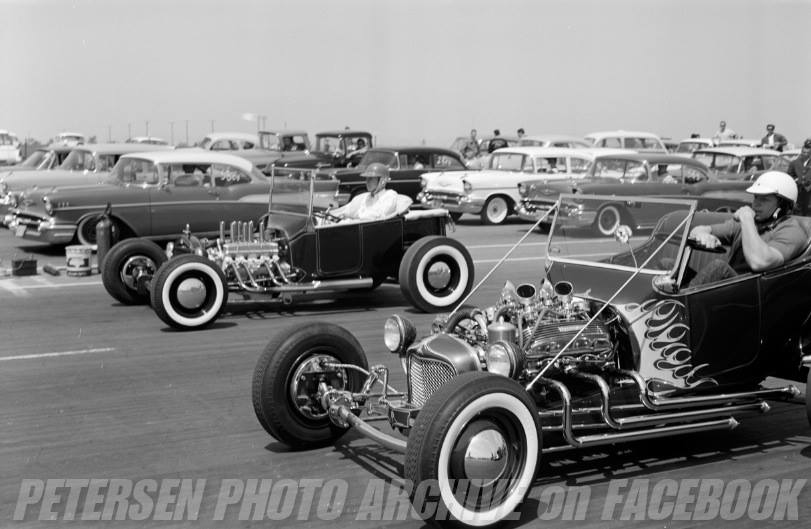
TV Tommy racing with Grabowski
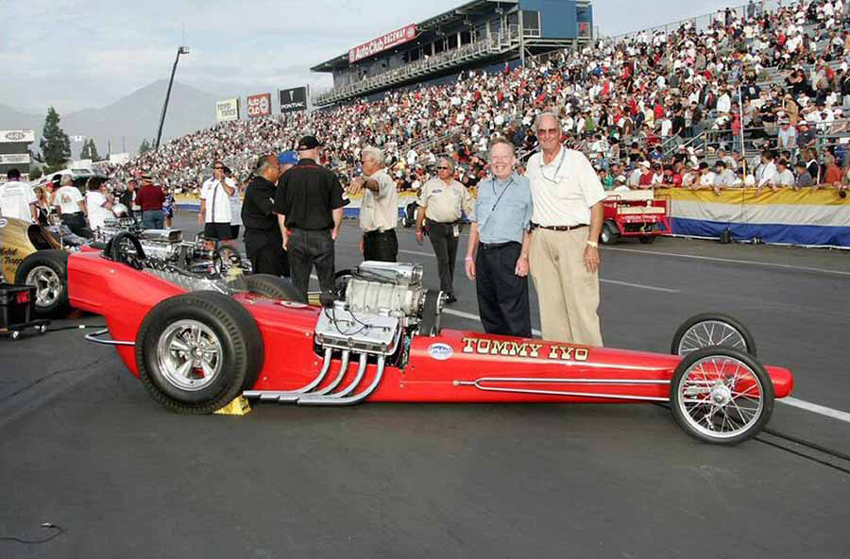
TV Tommy
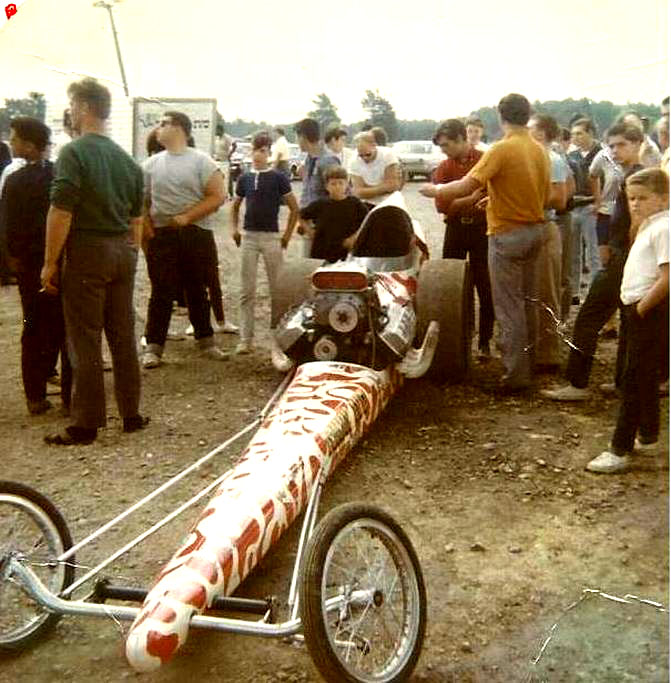
TV Tommy's car
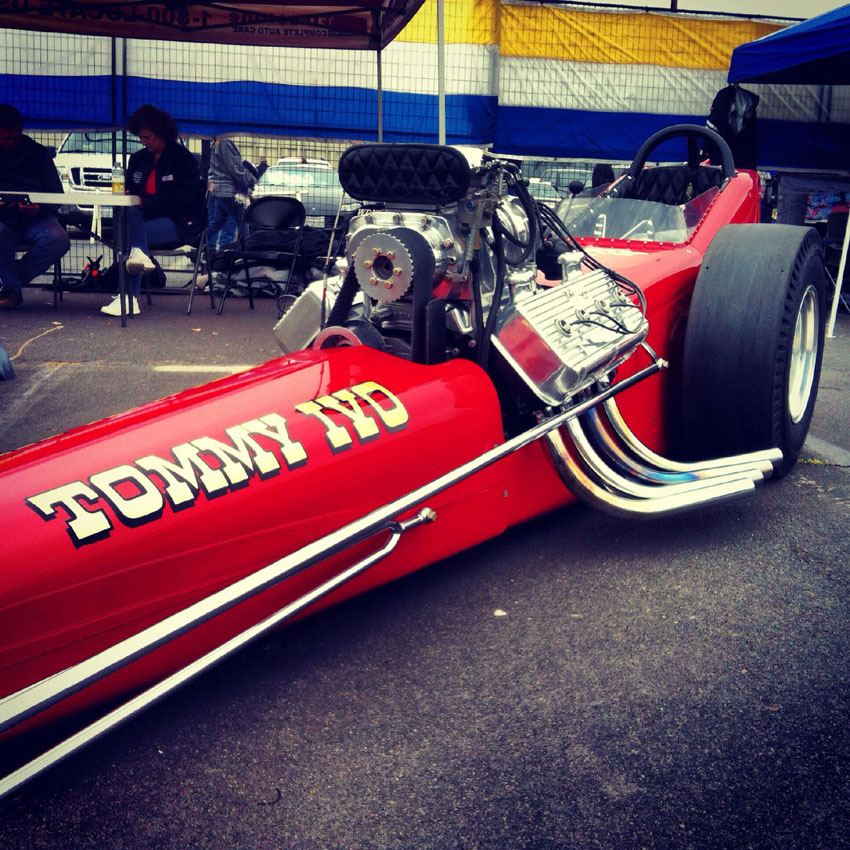
TV Tommy's car
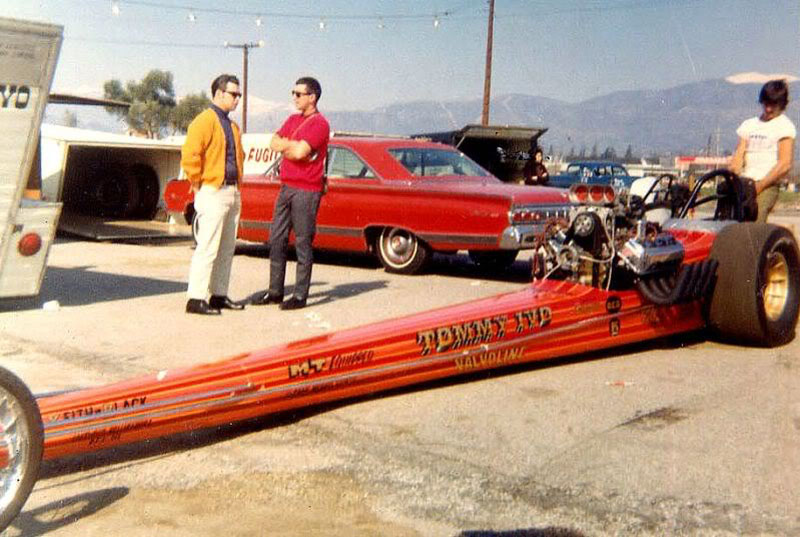
TV Tommy's car
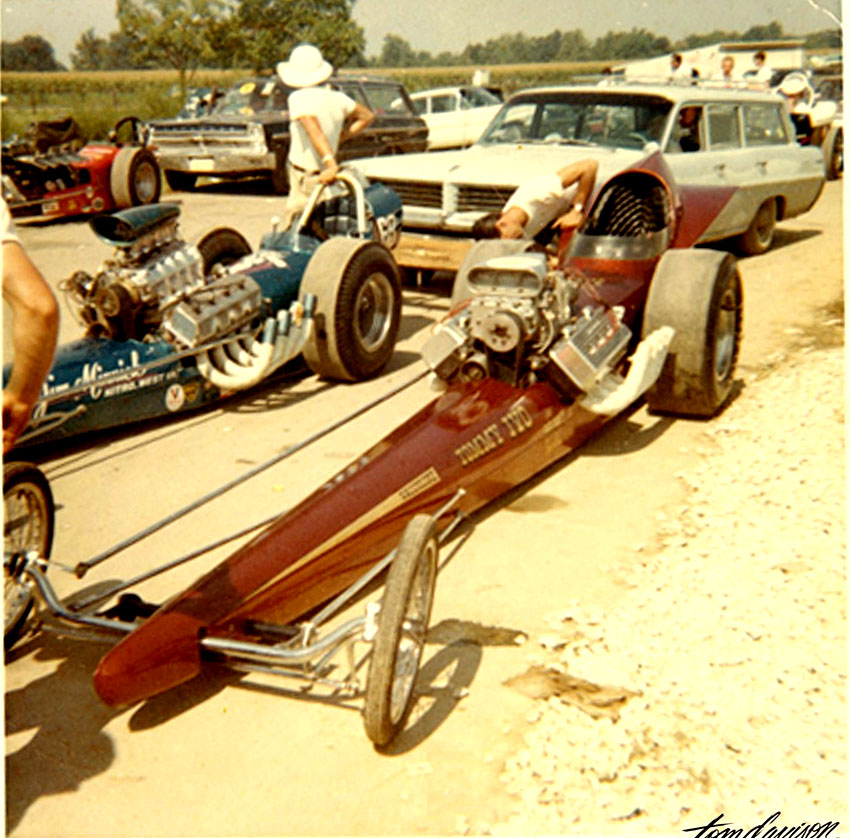
TV Tommy's car
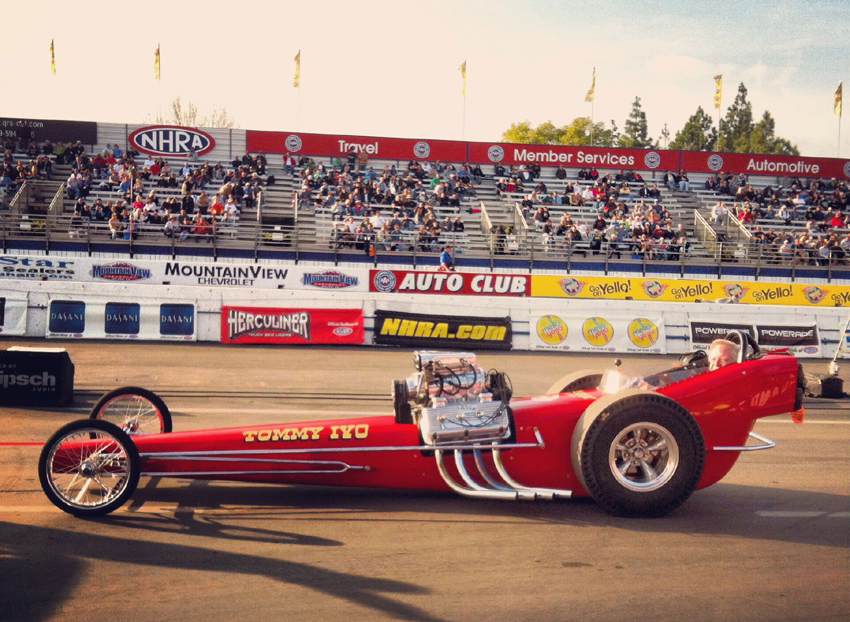
TV Tommy
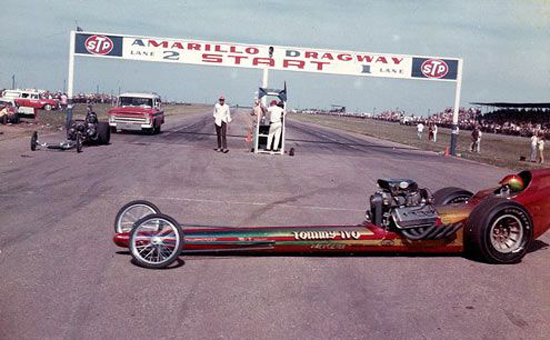
TV Tommy
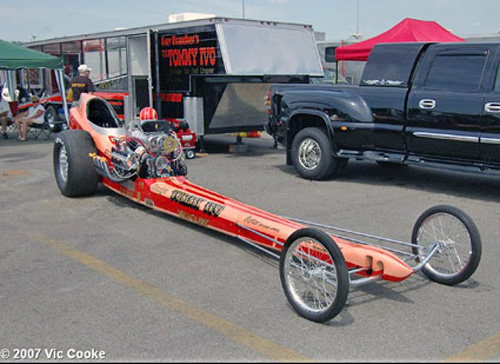
TV Tommy
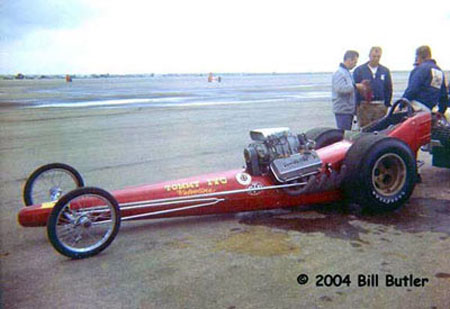
TV Tommy
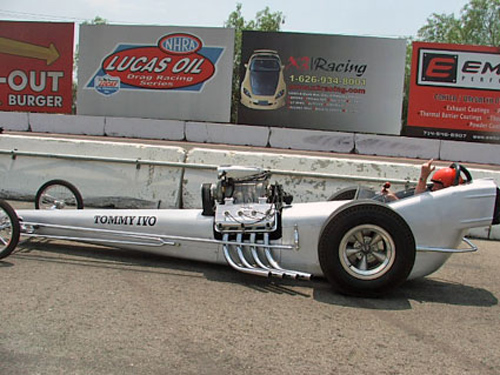
TV Tommy
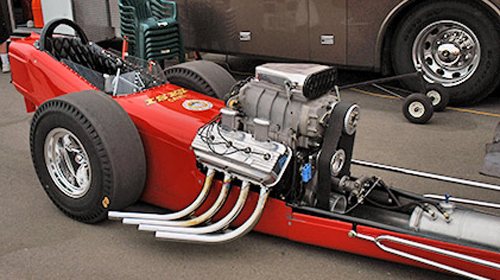
TV Tommy
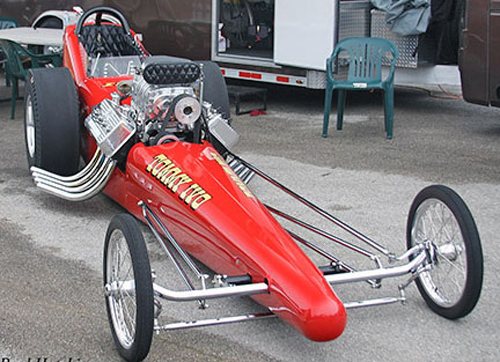
TV Tommy
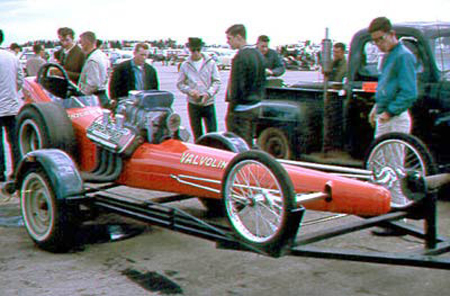
TV Tommy
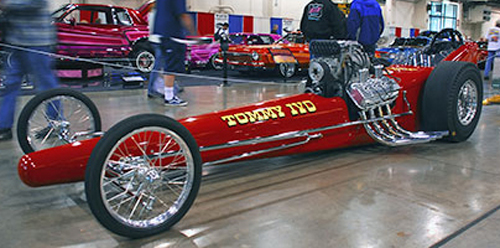
TV Tommy
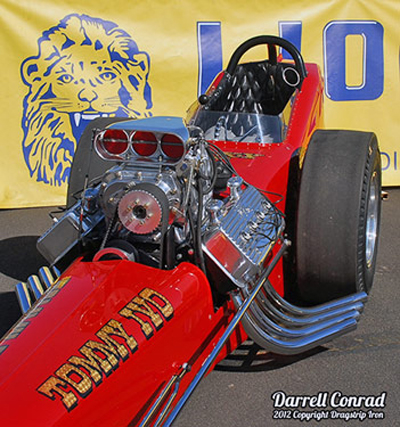
TV Tommy
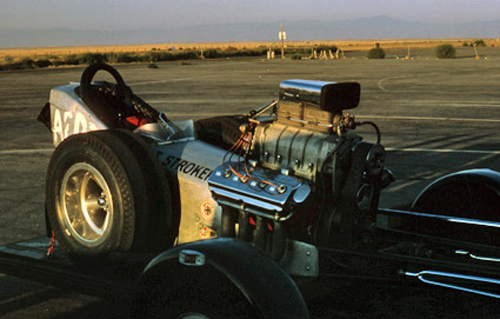
TV Tommy
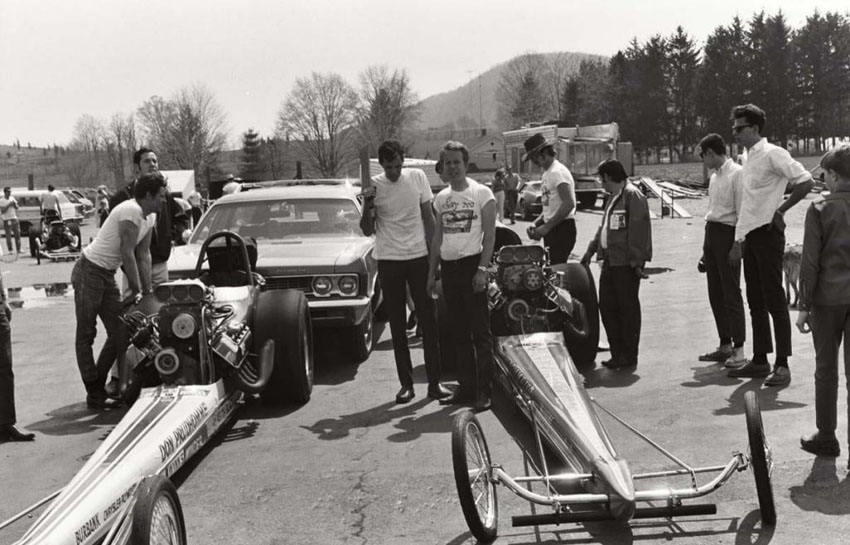
TV Tommy and Don Prudhomme ready to race
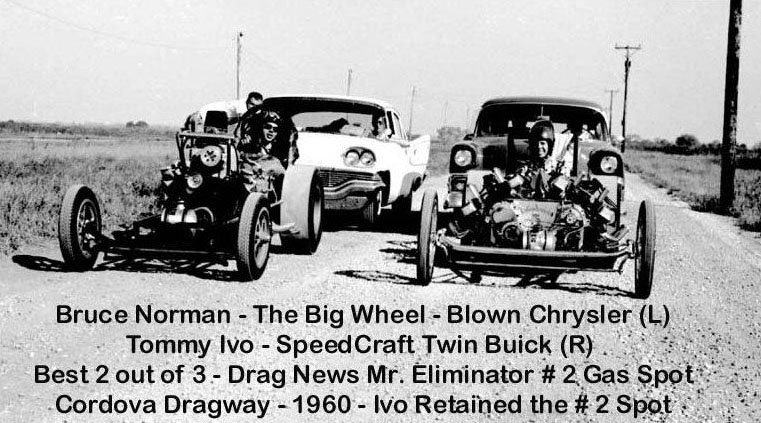
TV Tommy retained his # 2 spot after racing the Big Wheel on the left
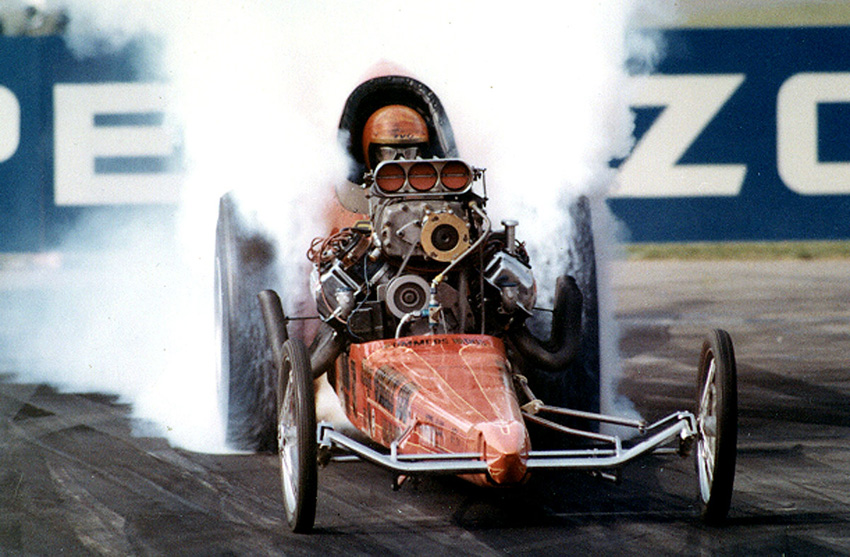
TV Tommy
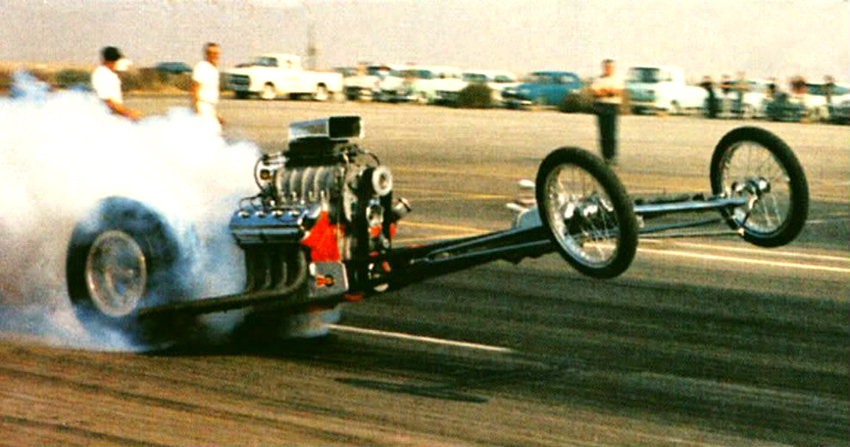
TV Tommy
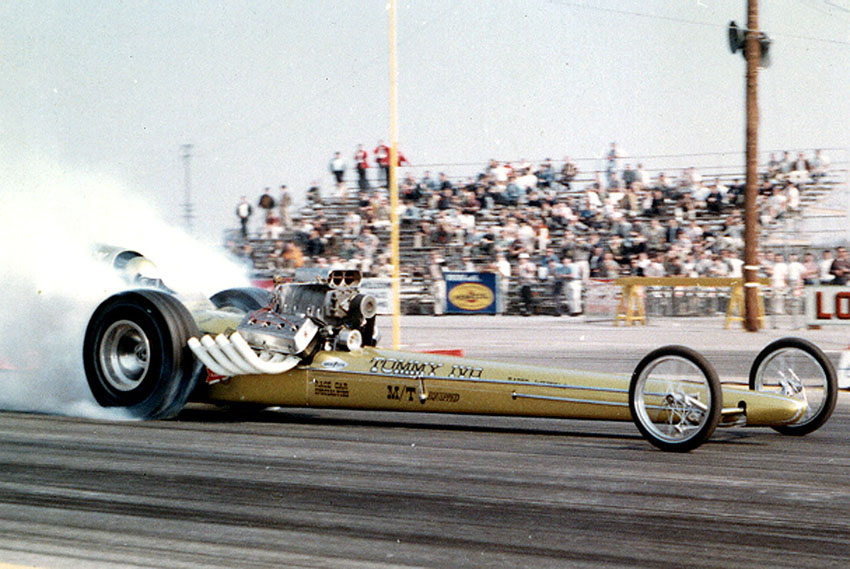
TV Tommy
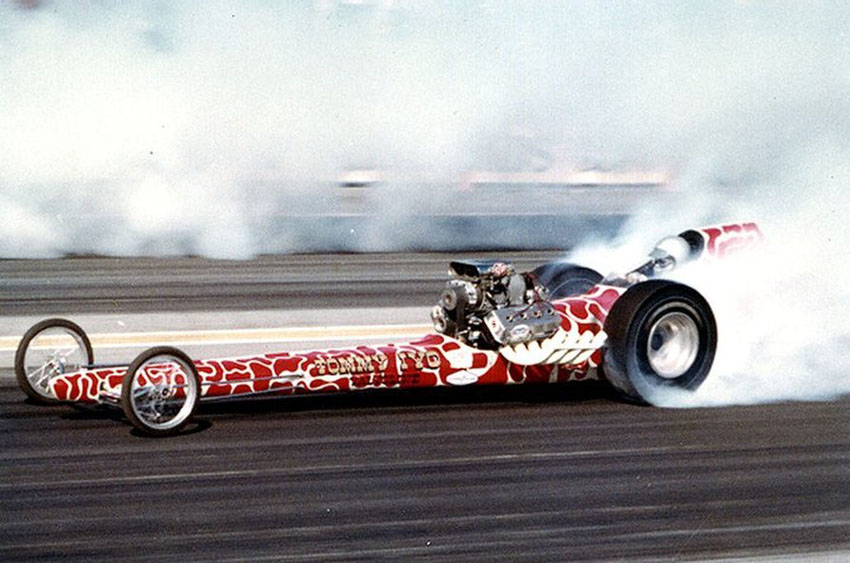
TV Tommy
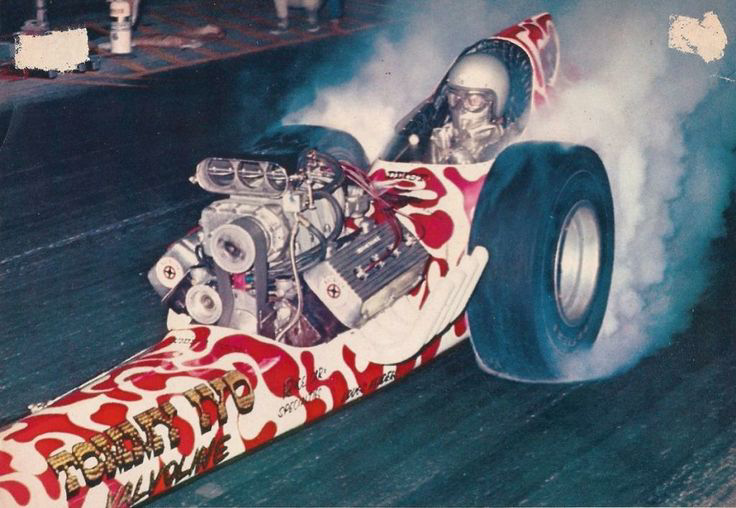
TV Tommy
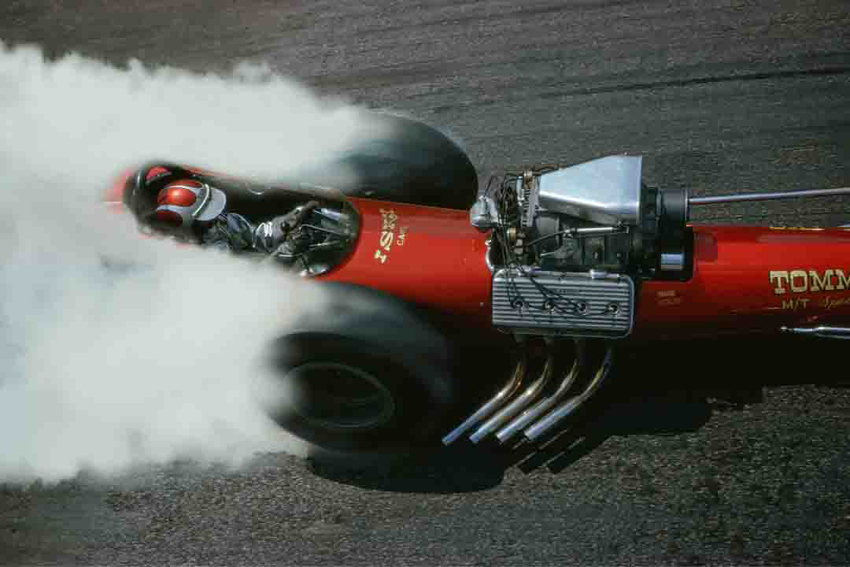
TV Tommy
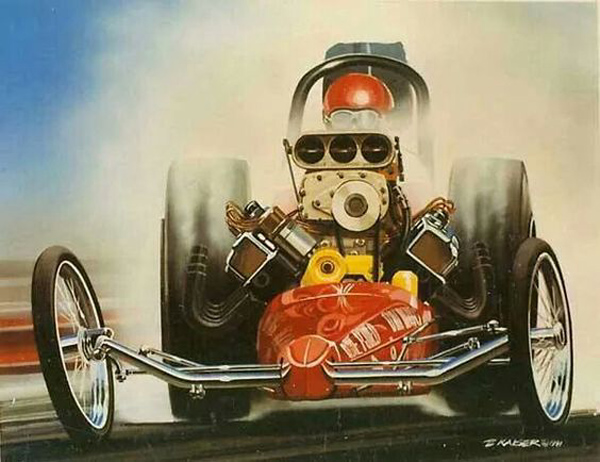
TV Tommy
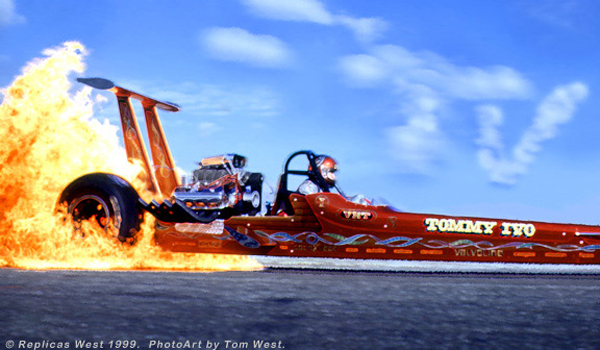
TV Tommy
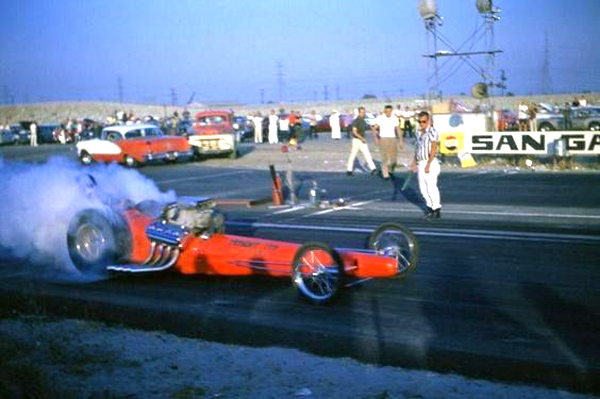
TV Tommy
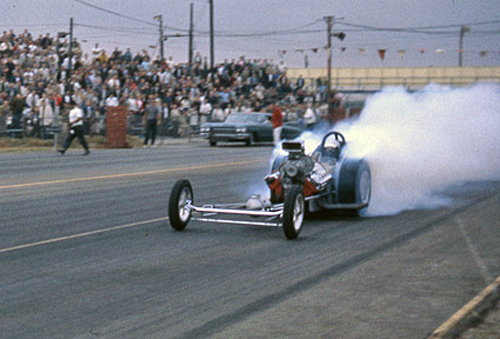
TV Tommy
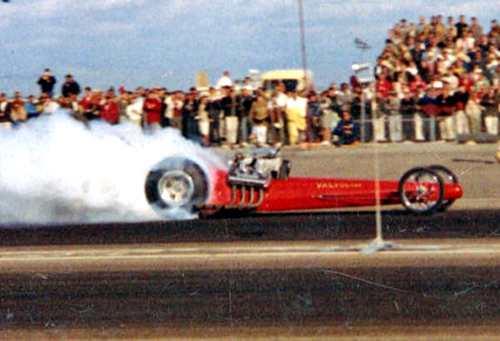
TV Tommy
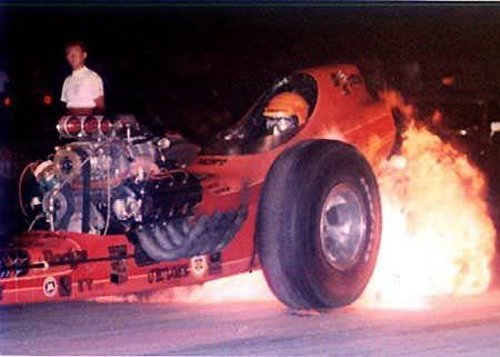
TV Tommy
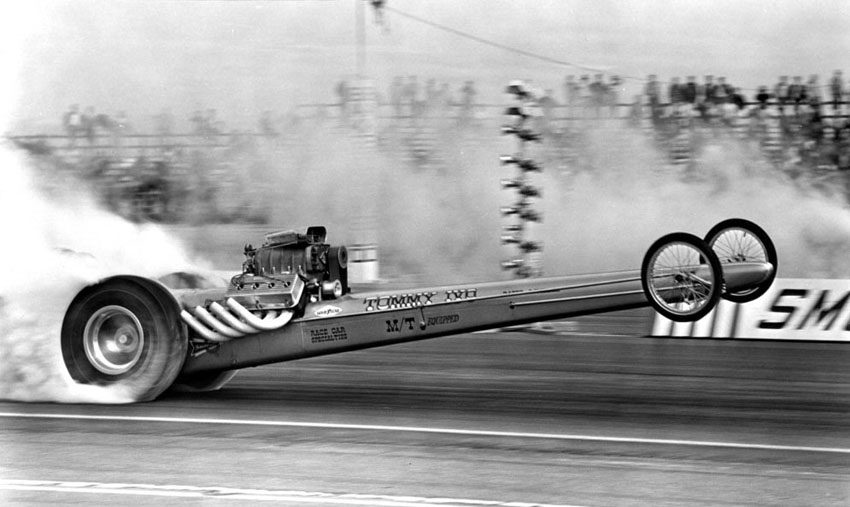
TV Tommy
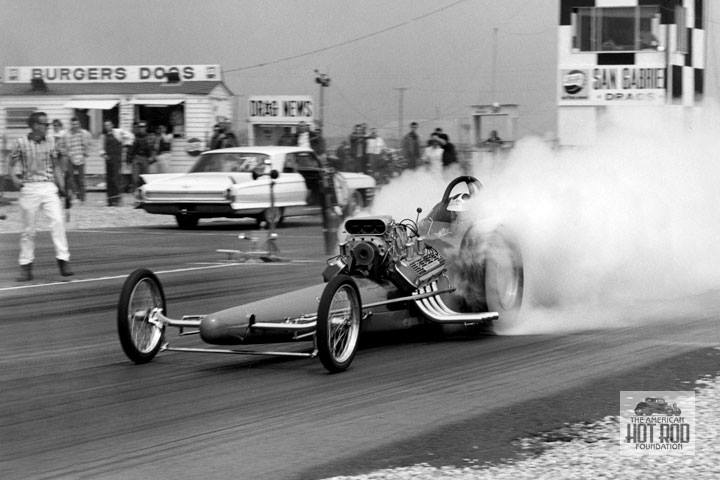
TV Tommy
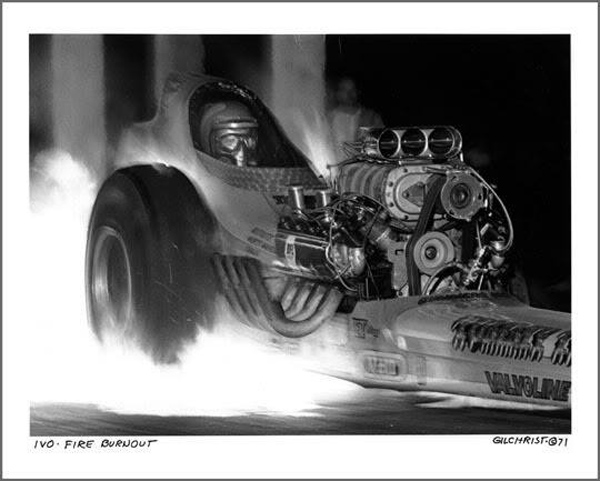
TV Tommy
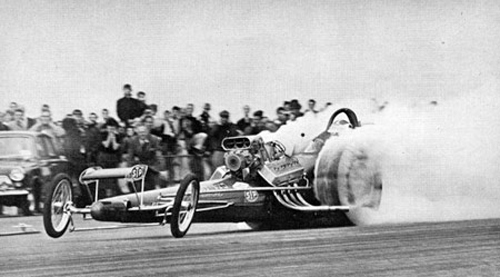
TV Tommy
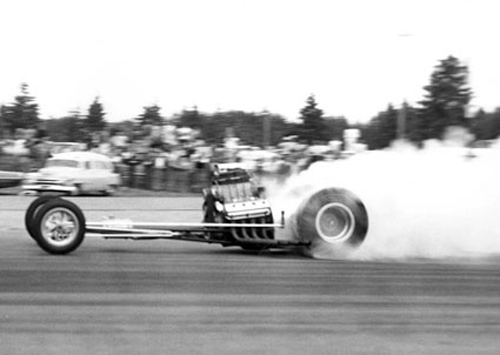
TV Tommy
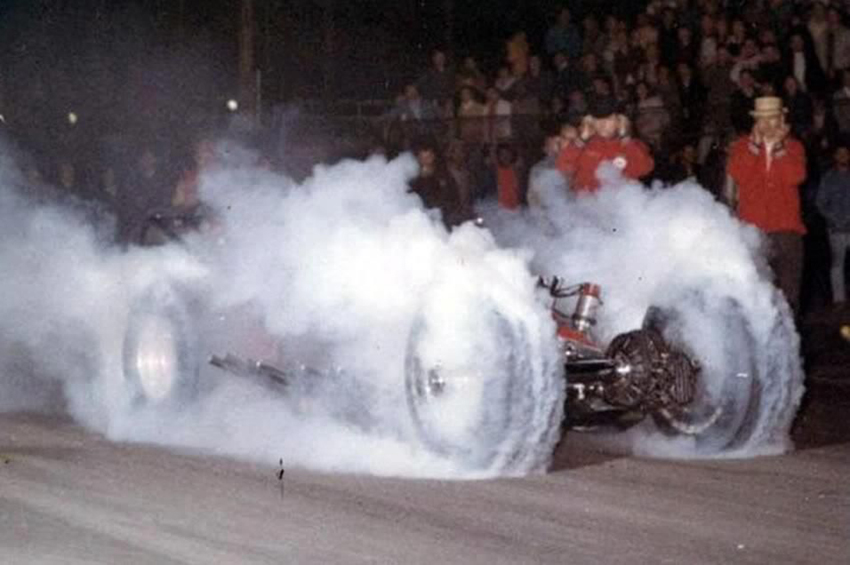
TV Tommy
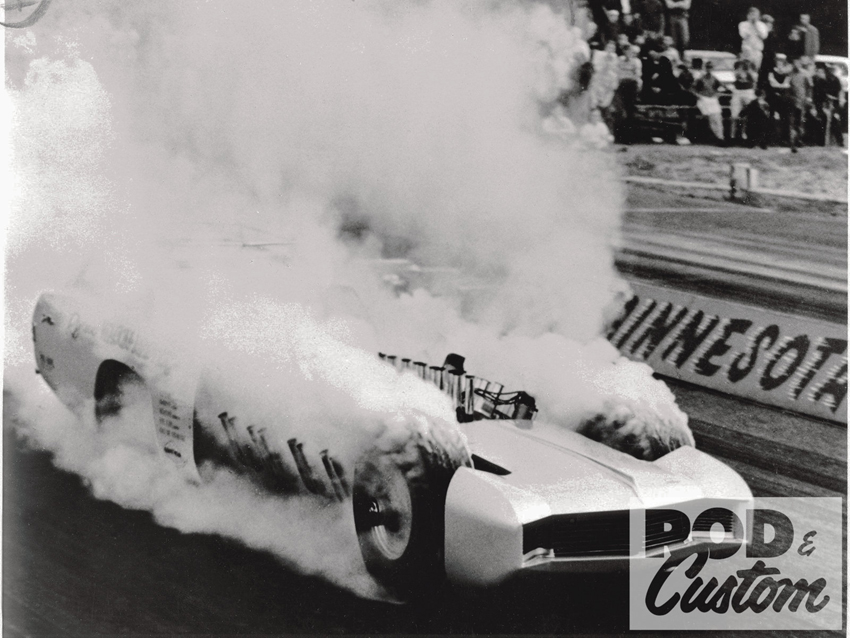
TV Tommy
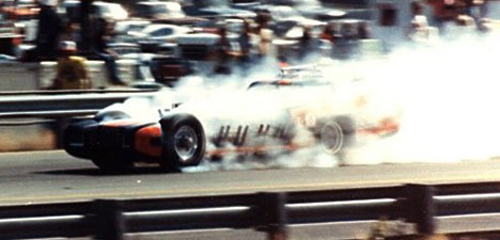
TV Tommy
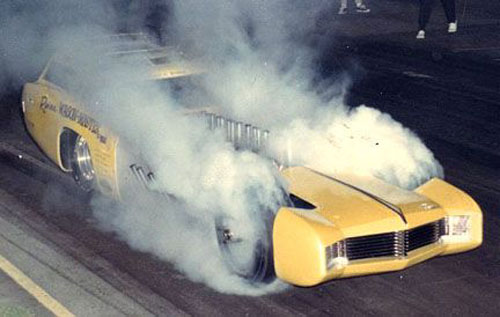
TV Tommy
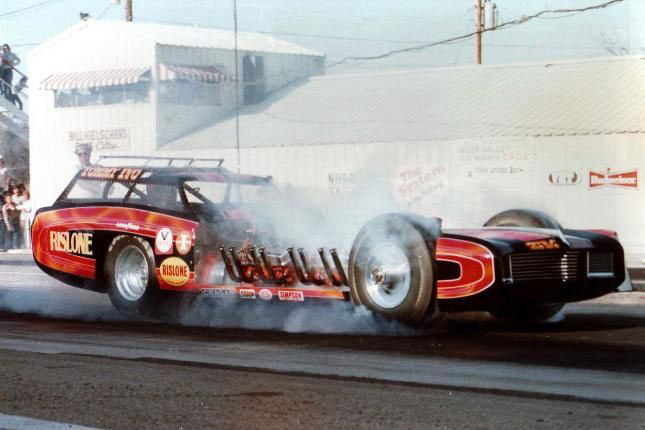
TV Tommy
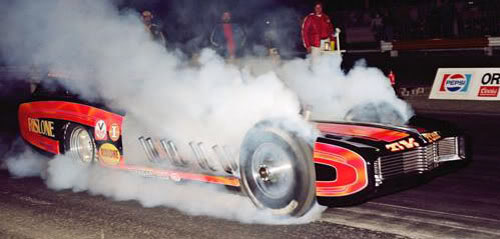
TV Tommy
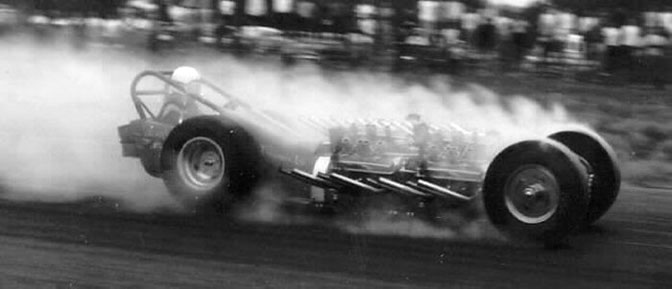
TV Tommy
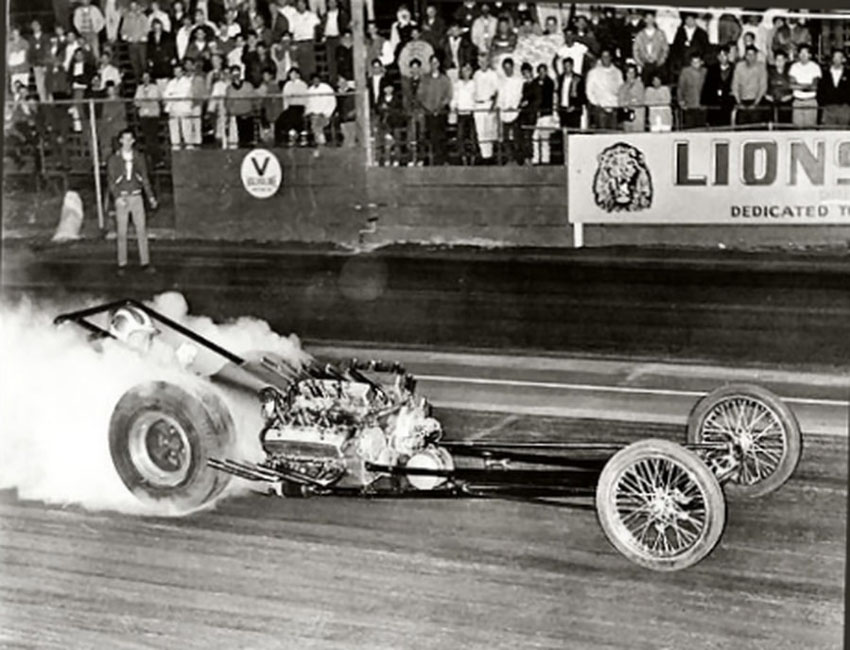
TV Tommy
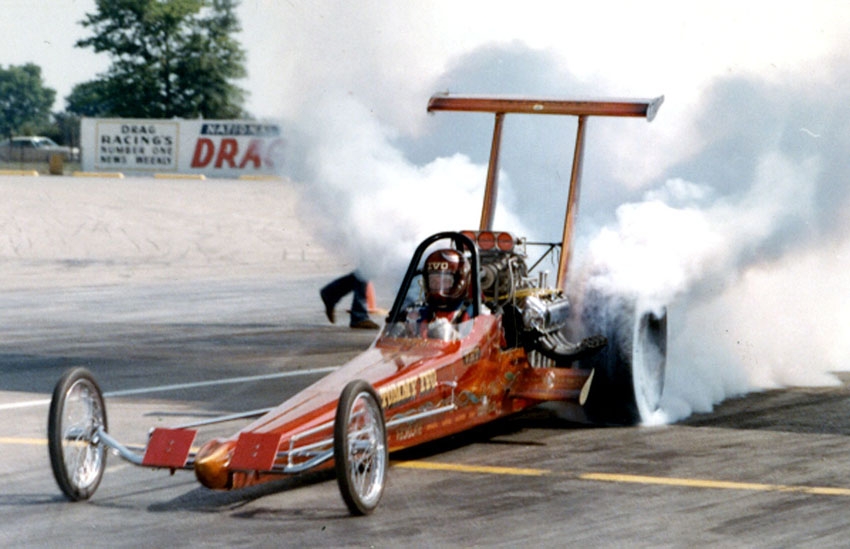
TV Tommy
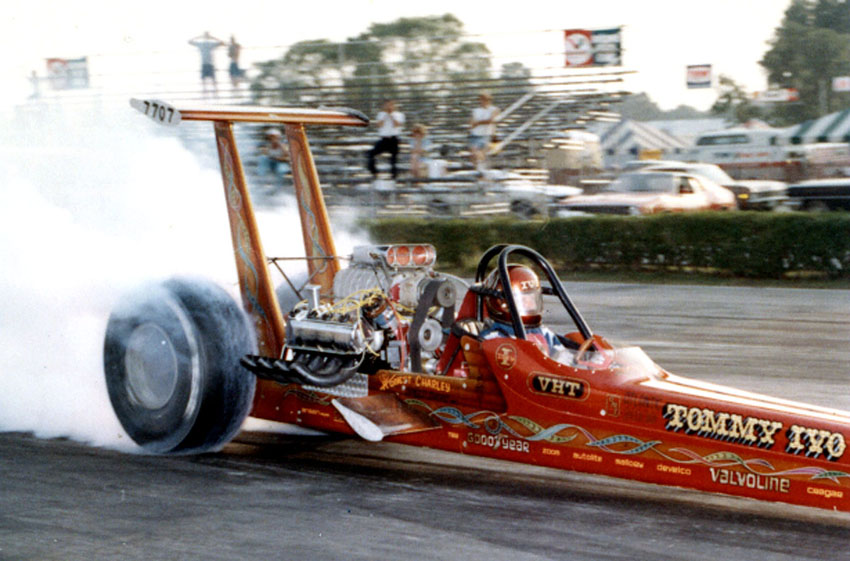
TV Tommy
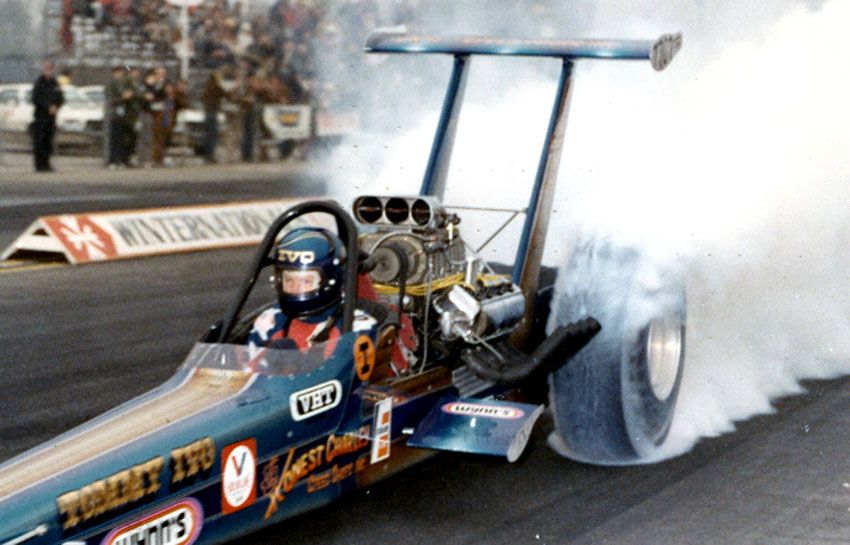
TV Tommy
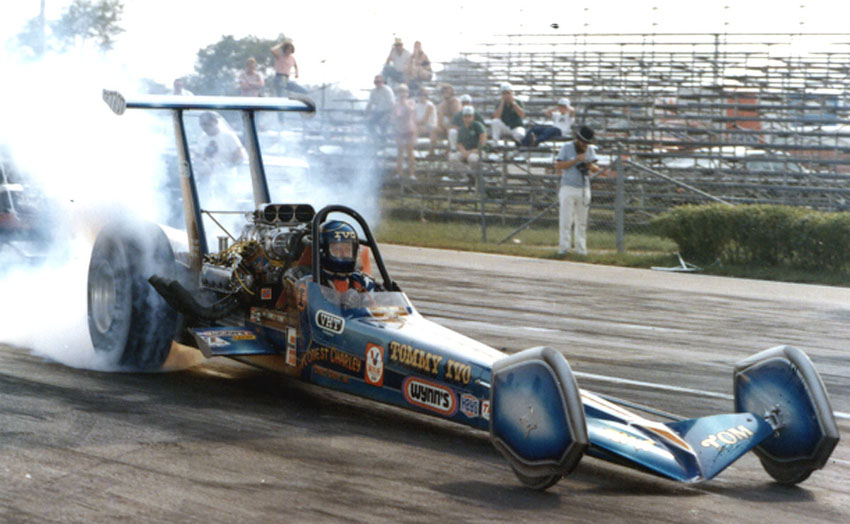
TV Tommy
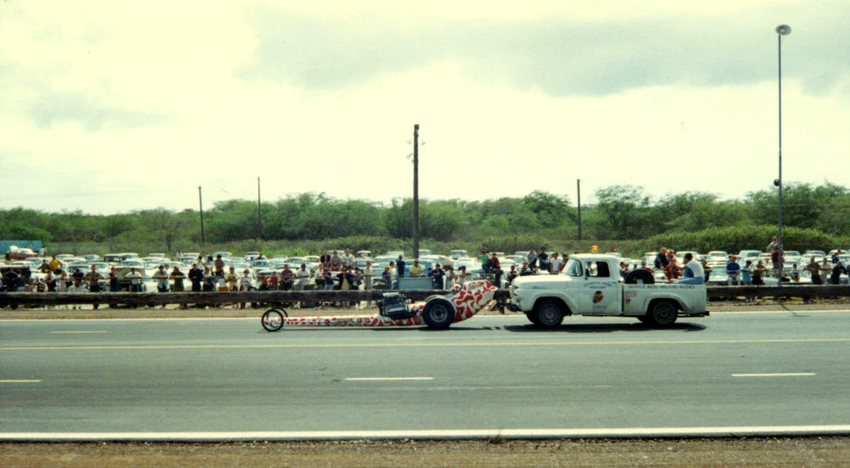
TV Tommy
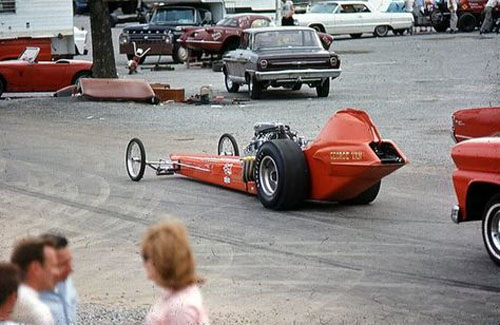
TV Tommy
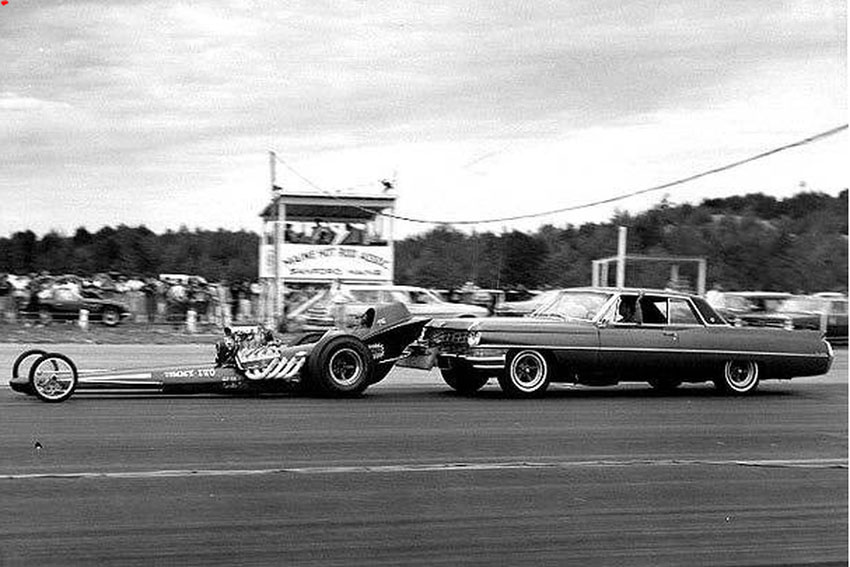
TV Tommy
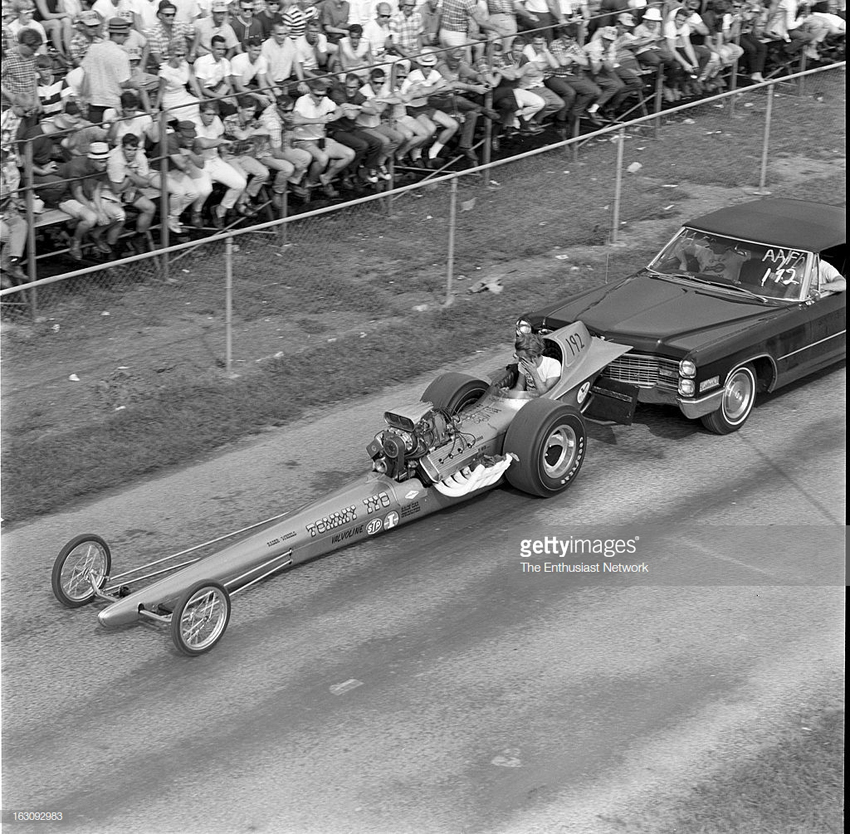
TV Tommy
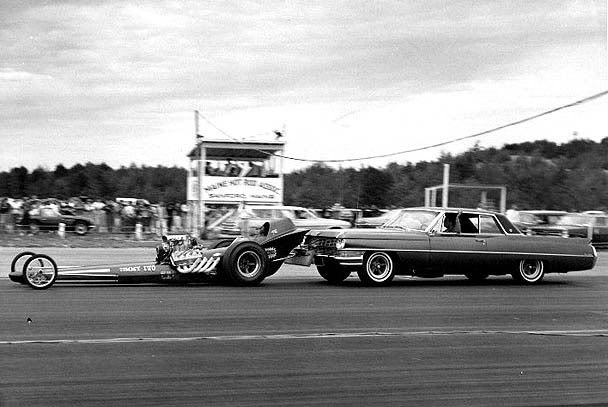
TV Tommy
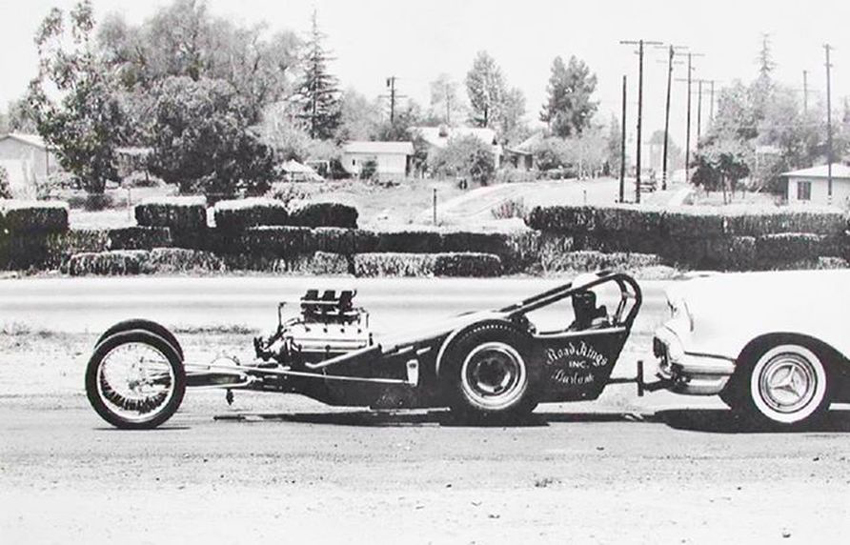
TV Tommy
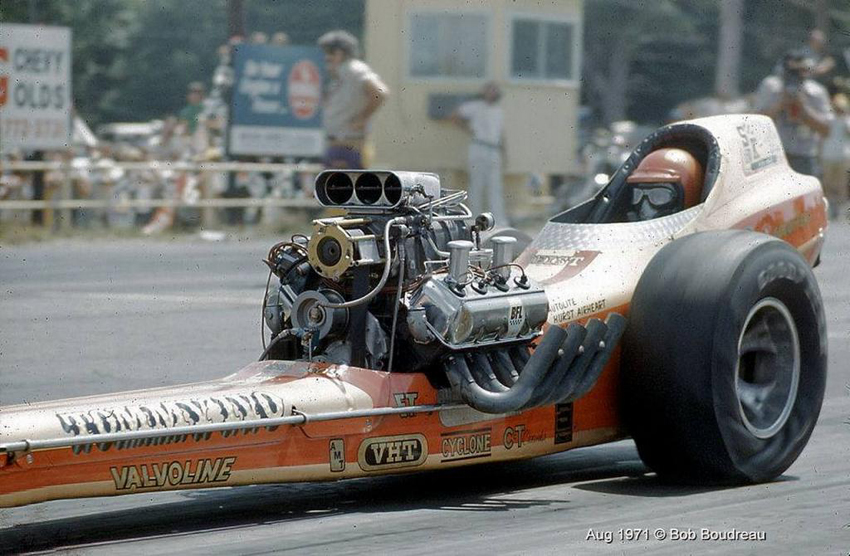
TV Tommy
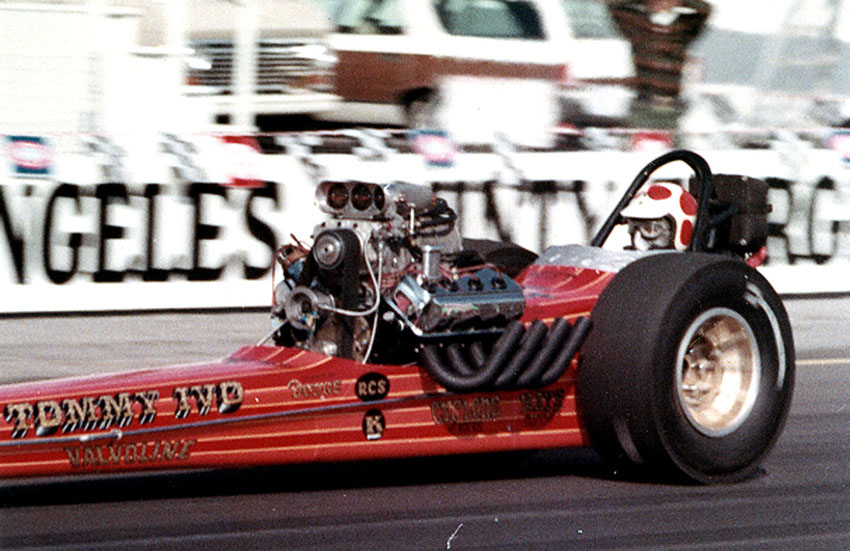
TV Tommy
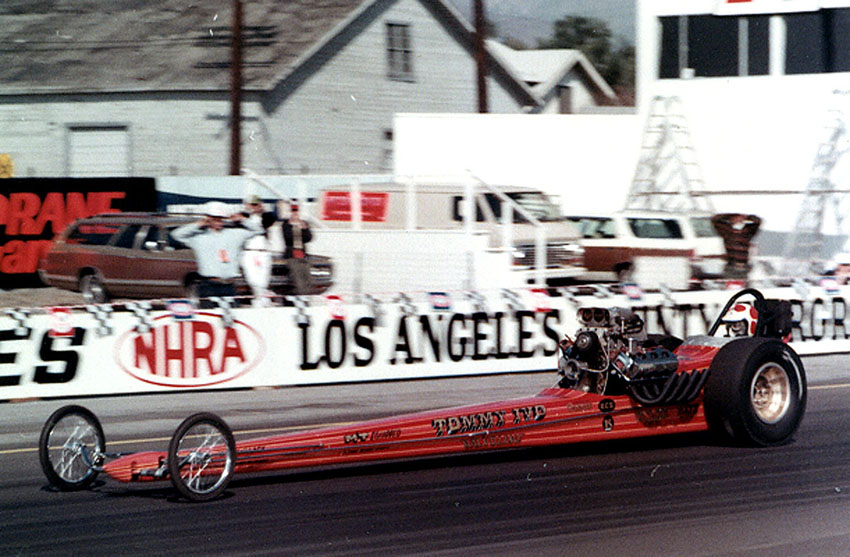
TV Tommy
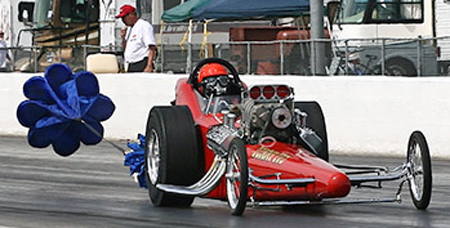
TV Tommy
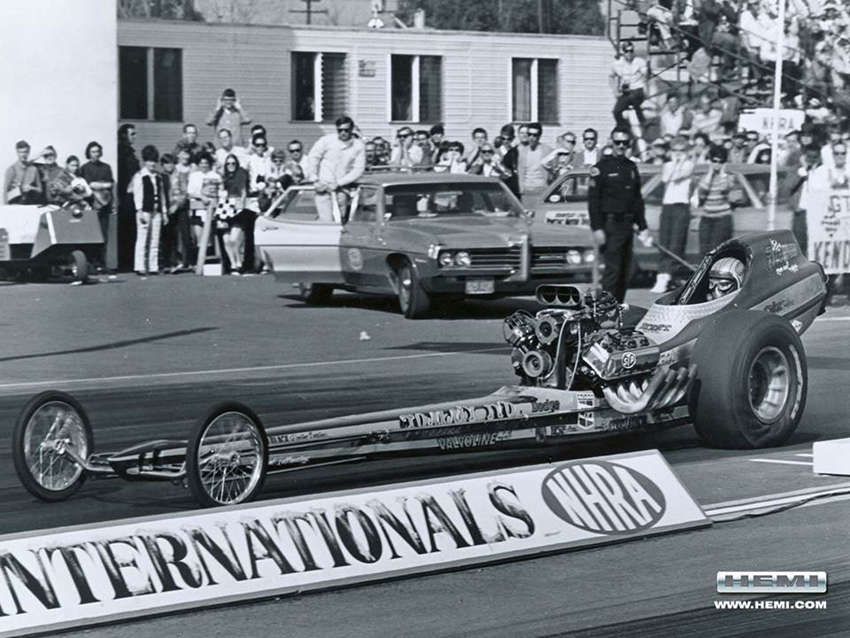
TV Tommy
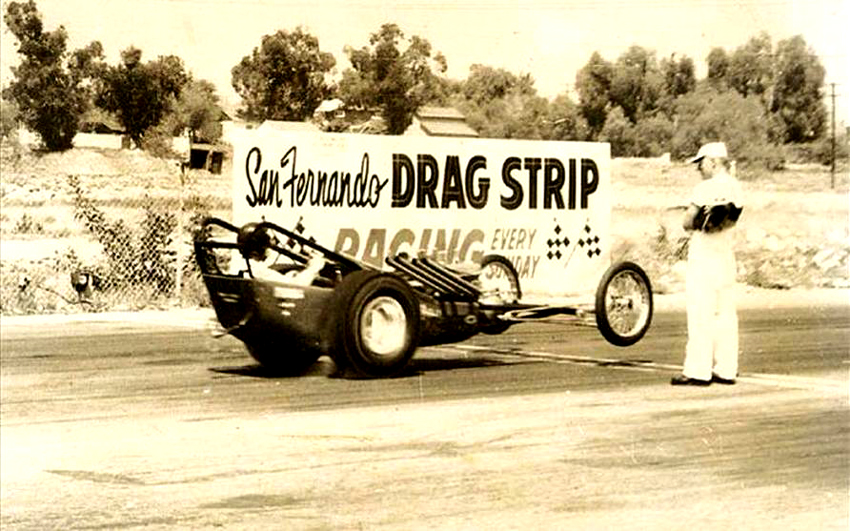
TV Tommy
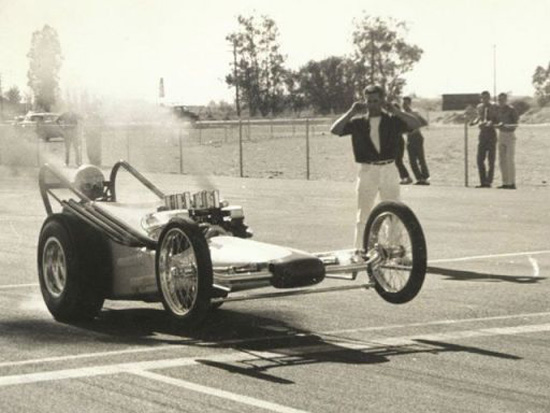
TV Tommy
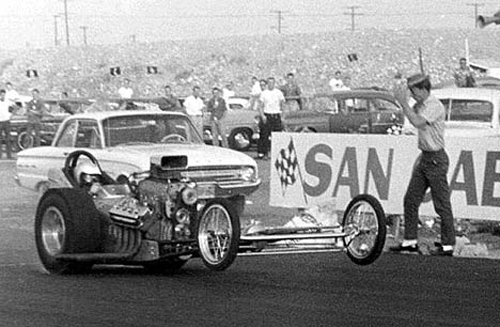
TV Tommy in Dave Zeuschel's car
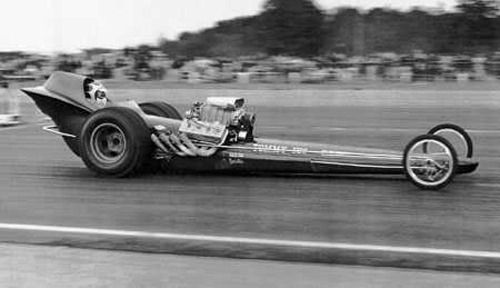
TV Tommy
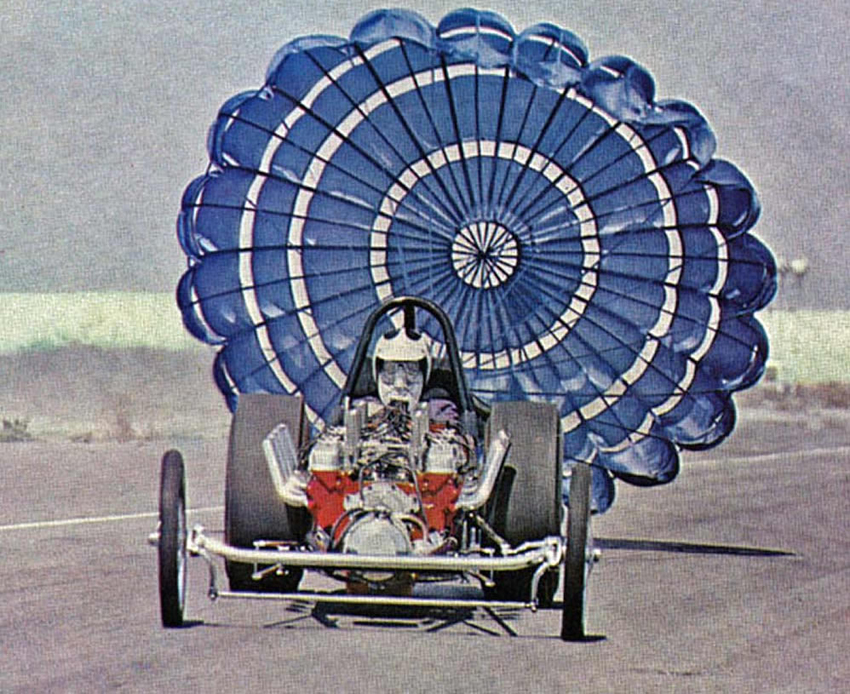
TV Tommy
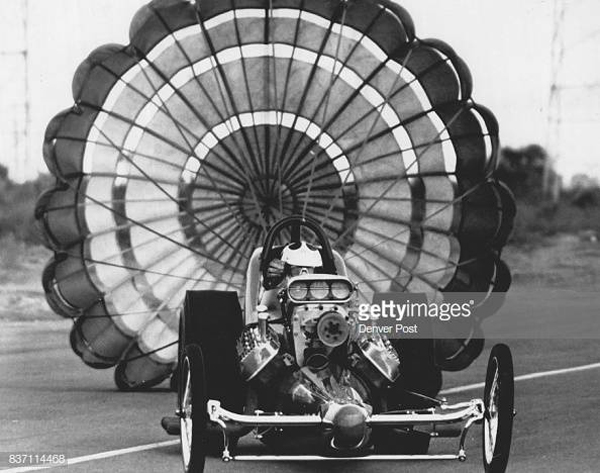
TV Tommy
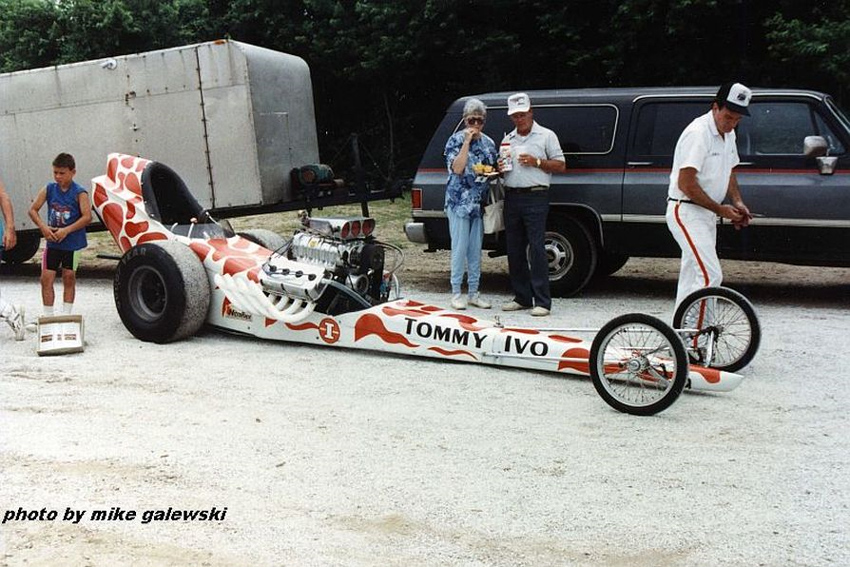
TV Tommy
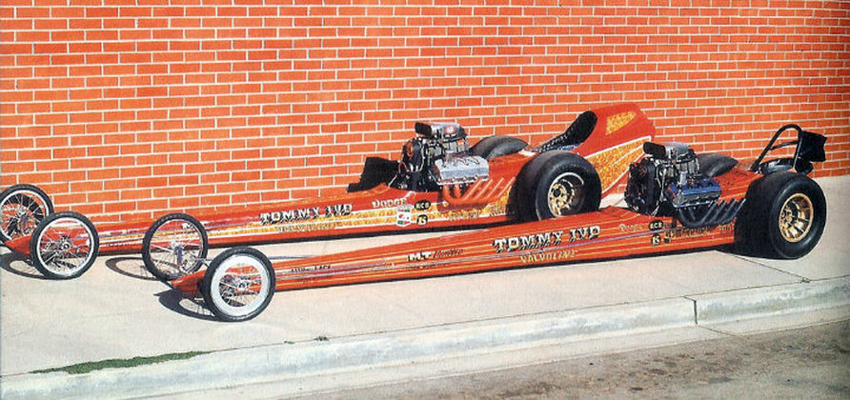
TV Tommy
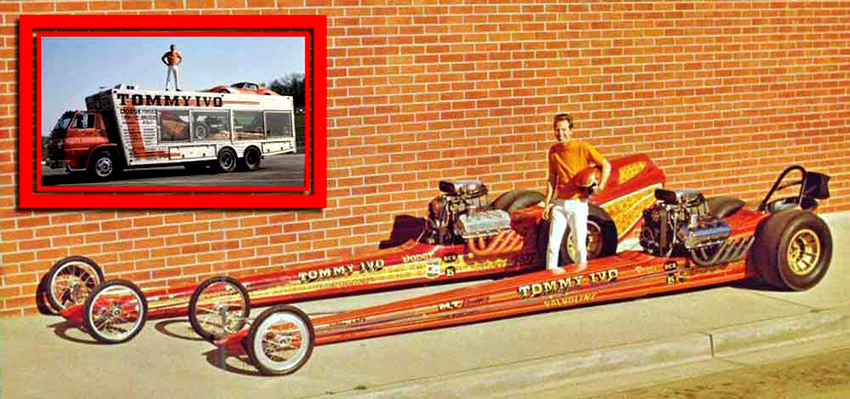
TV Tommy
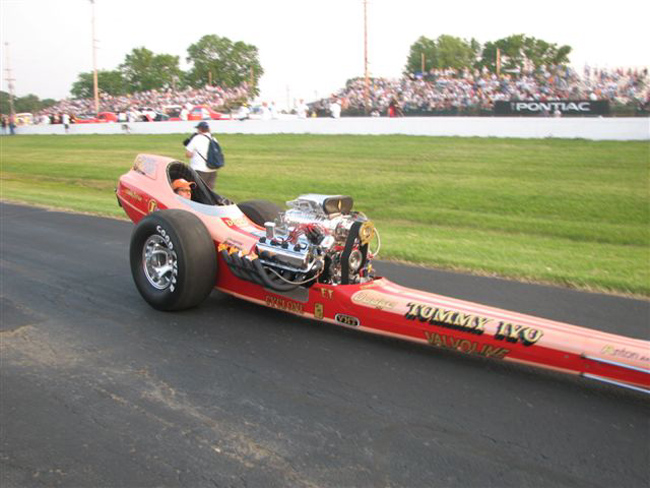
TV Tommy
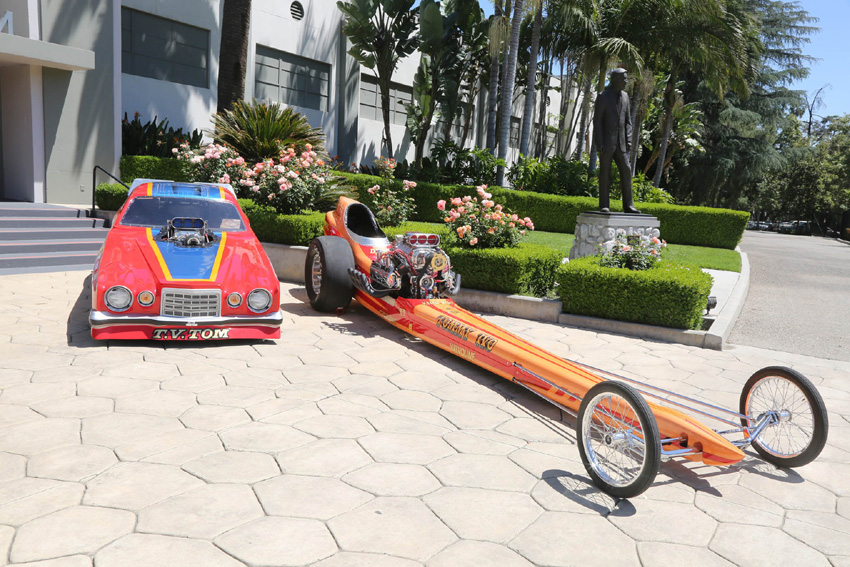
TV Tommy
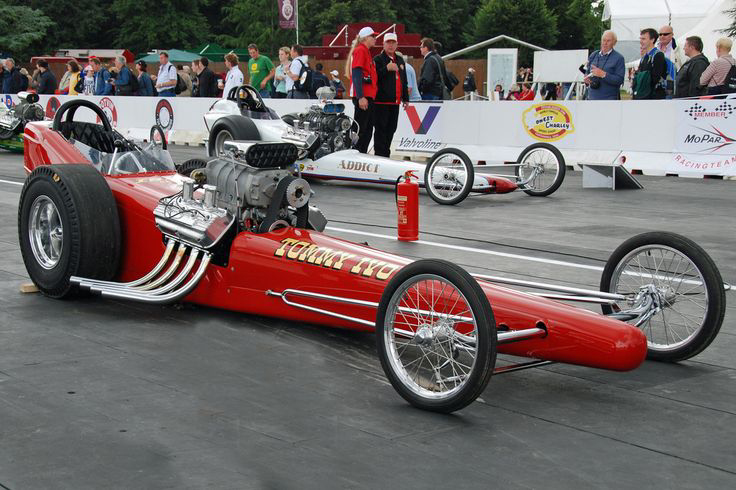
TV Tommy
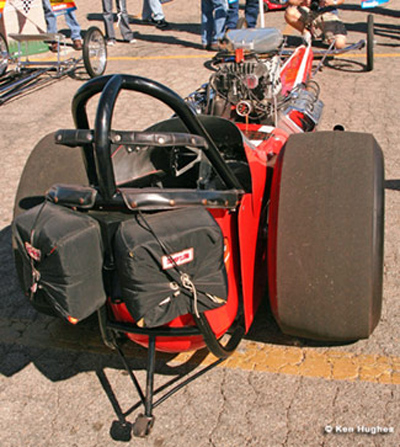
TV Tommy
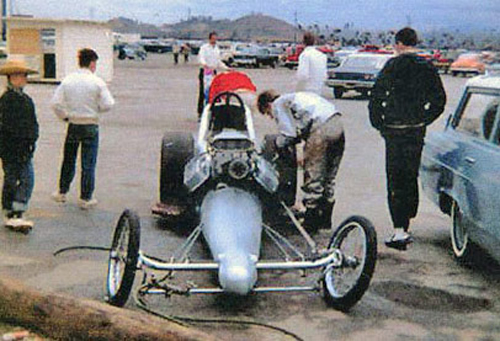
TV Tommy's early Barnstormer when the body was put on
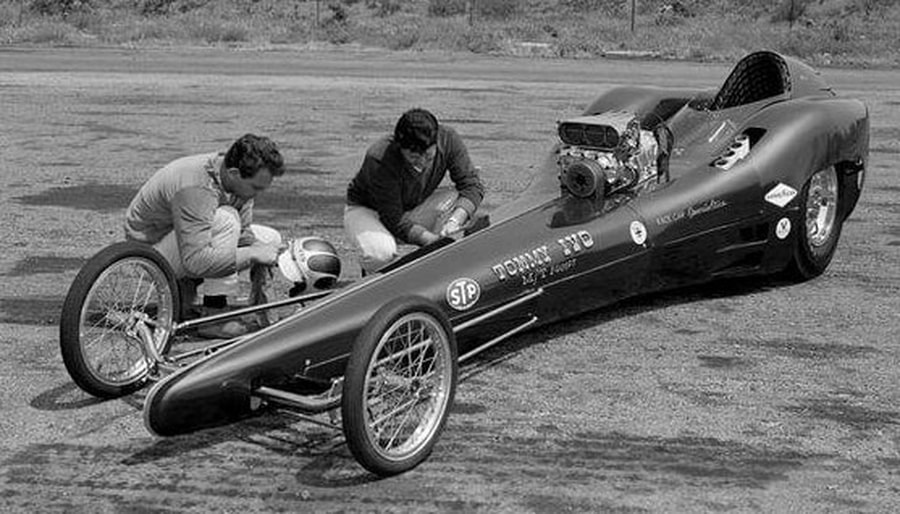
TV Tommy's Videoliner
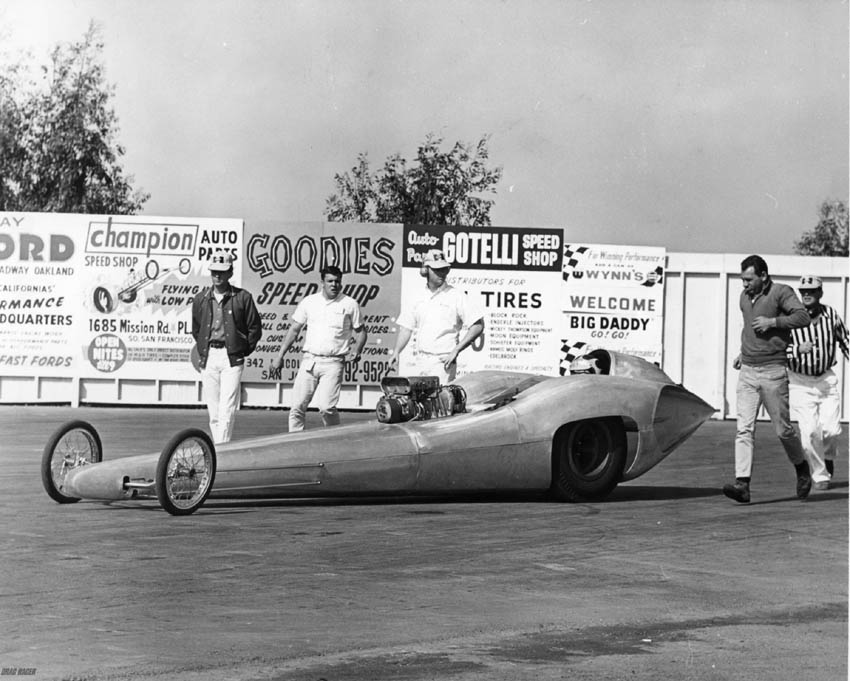
TV Tommy
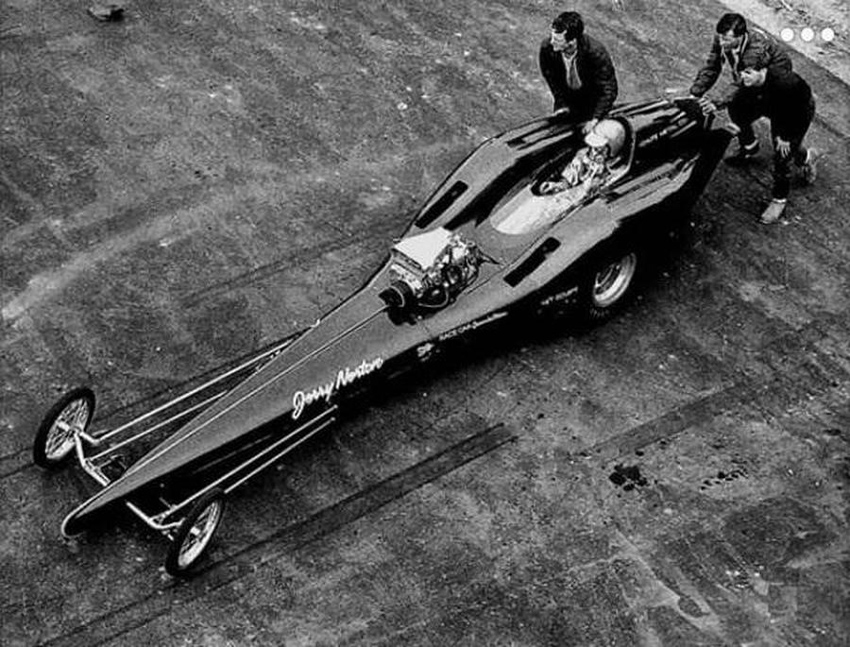
TV Tommy
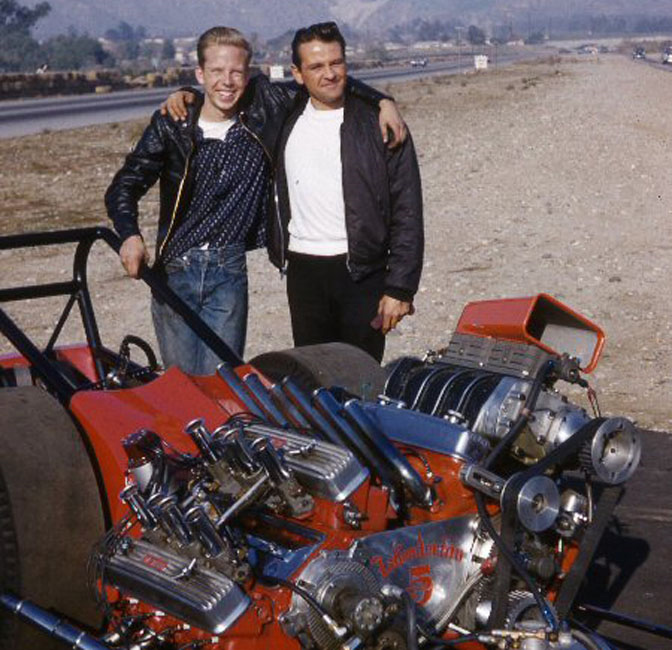
TV Tommy with his two motor car, one blown and one unblown
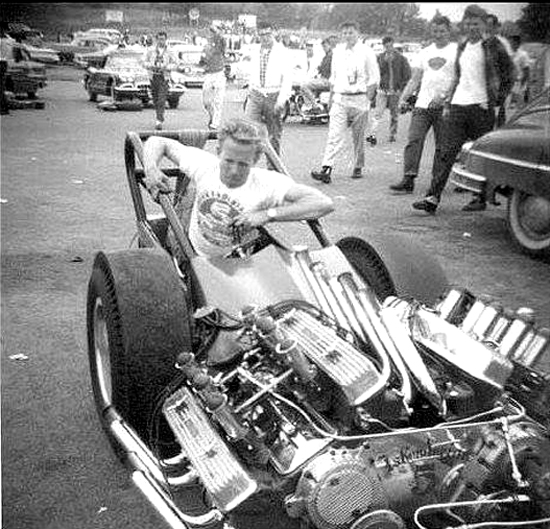
TV Tommy and his twin Buick
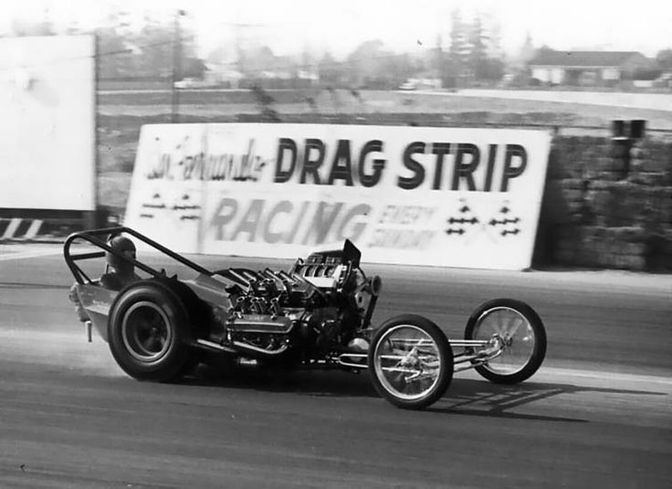
TV Tommy and the twin
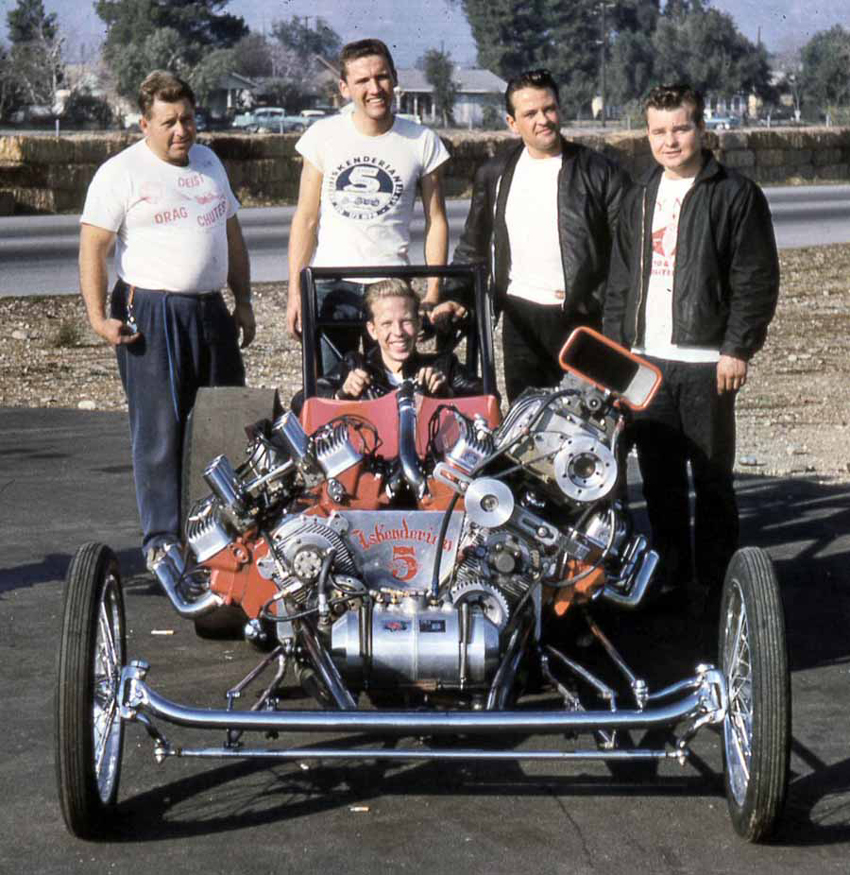
TV Tommy
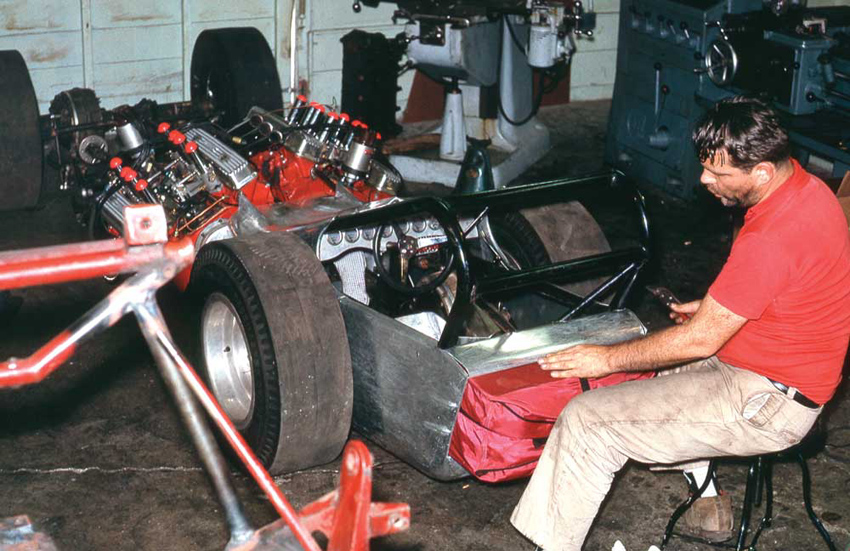
TV Tommy's car with two unblown buicks
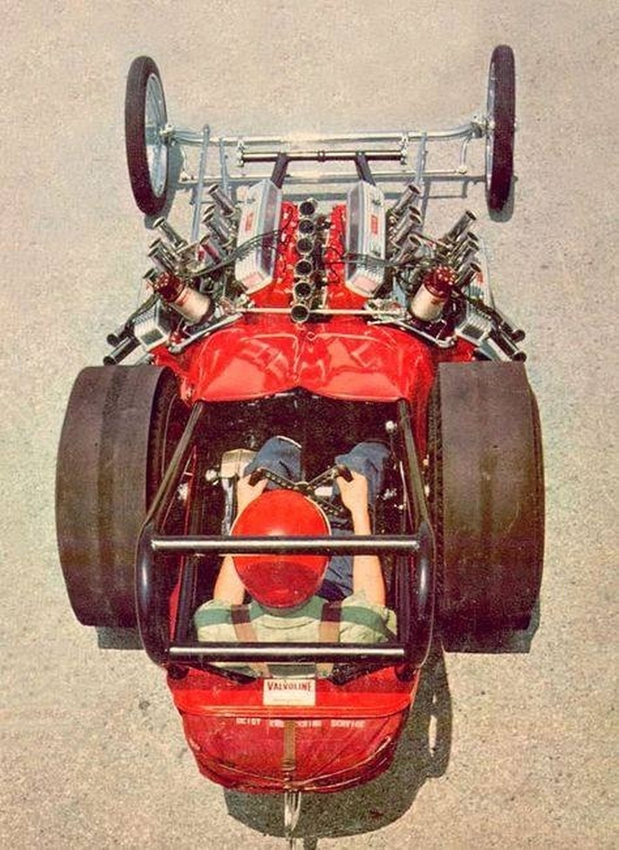
TV Tommy
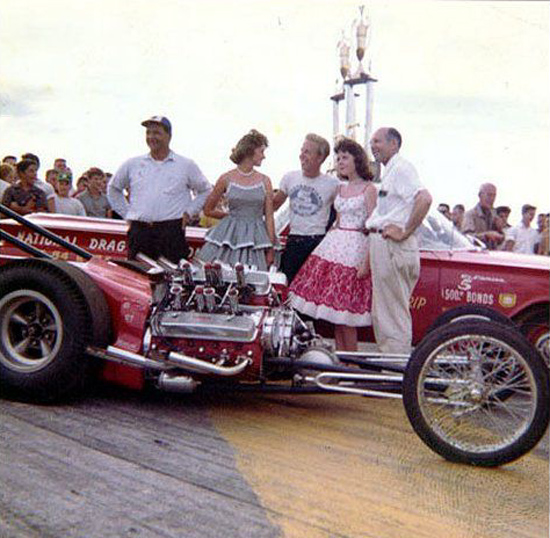
TV Tommy and crew
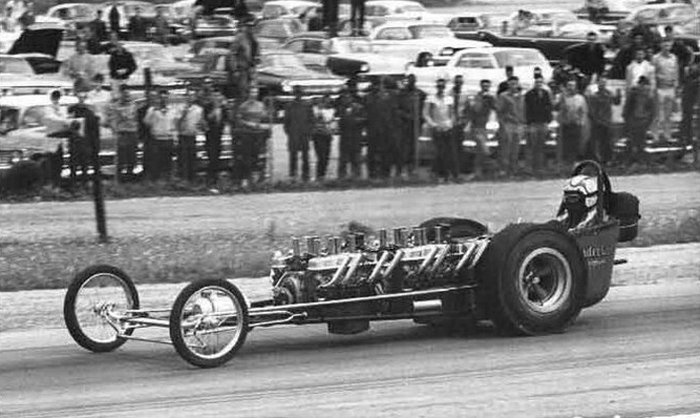
TV Tommy's inline twin
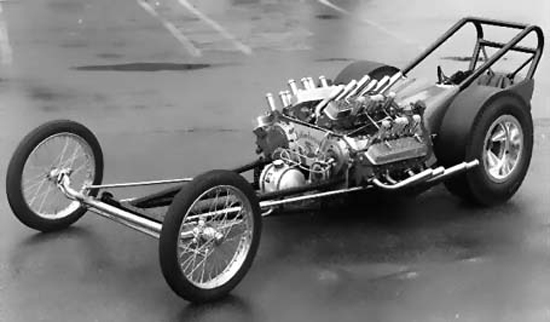
TV Tommy
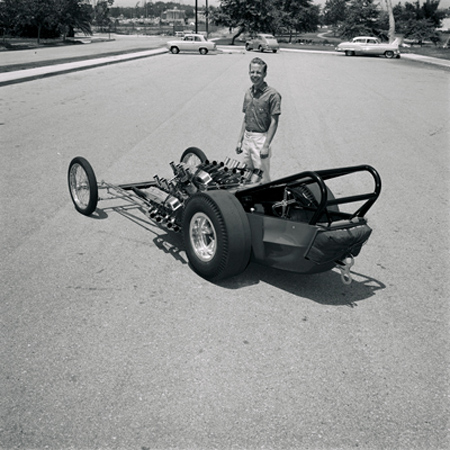
TV Tommy
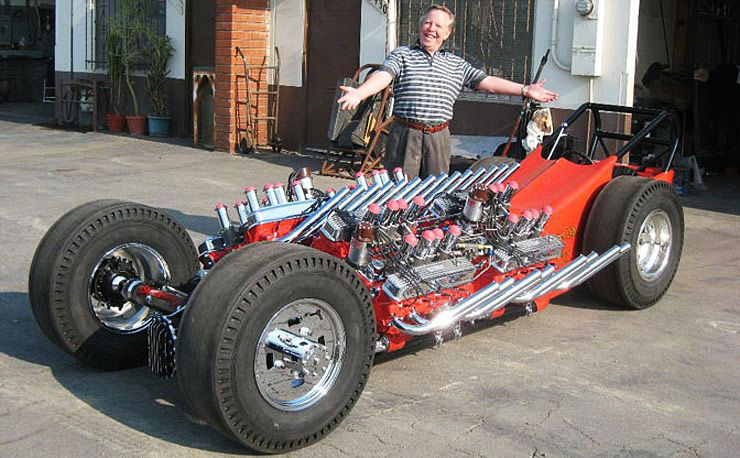
TV Tommy with his 4 motor money making monster
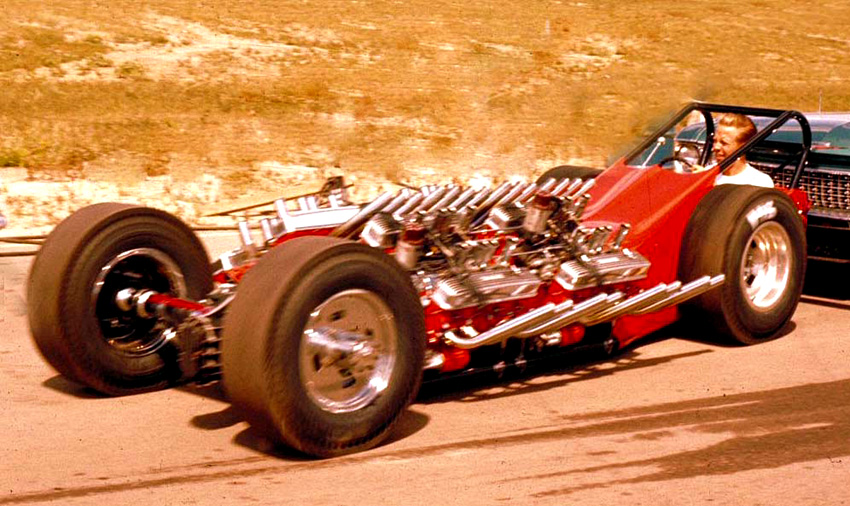
TV Tommy
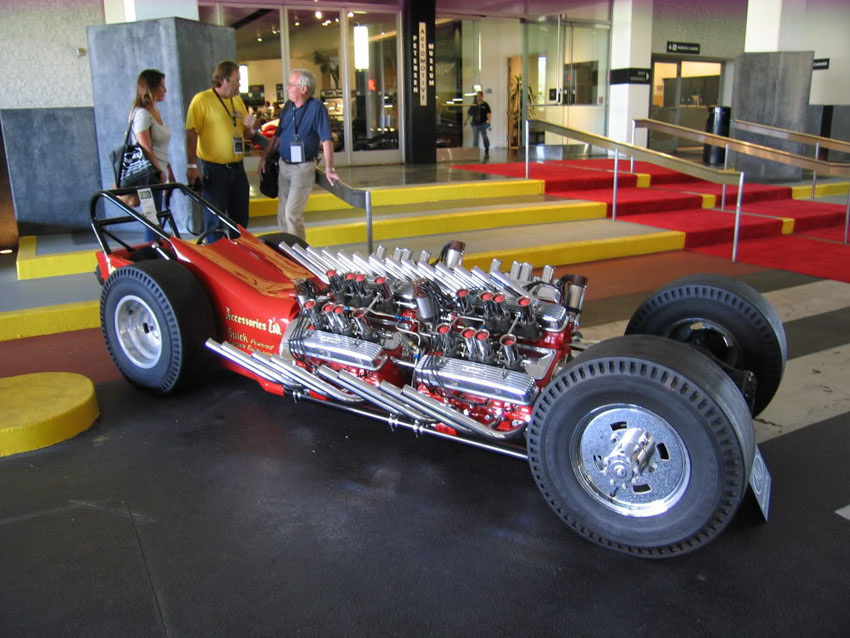
TV Tommy
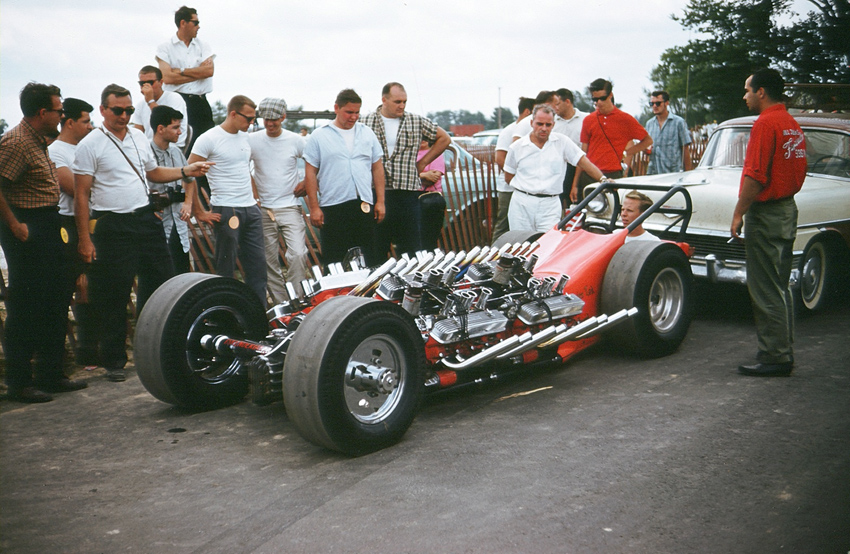
TV Tommy
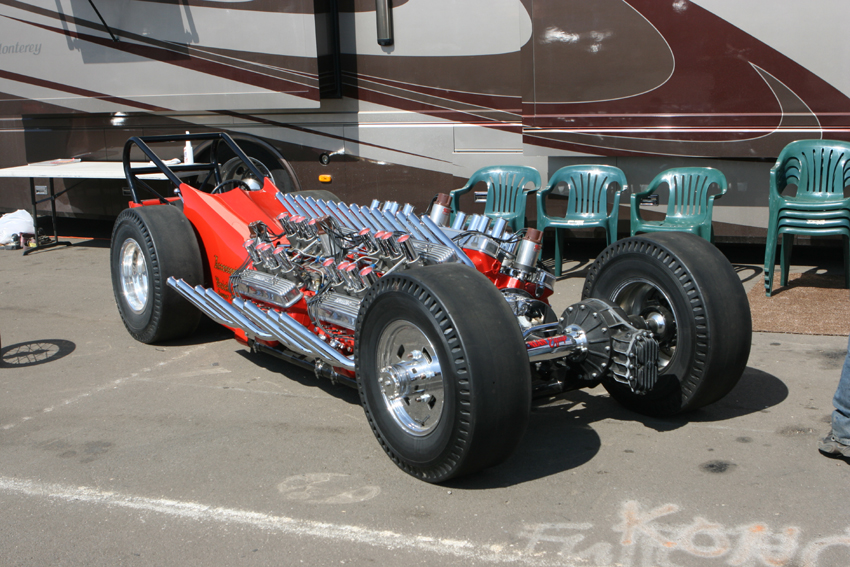
TV Tommy
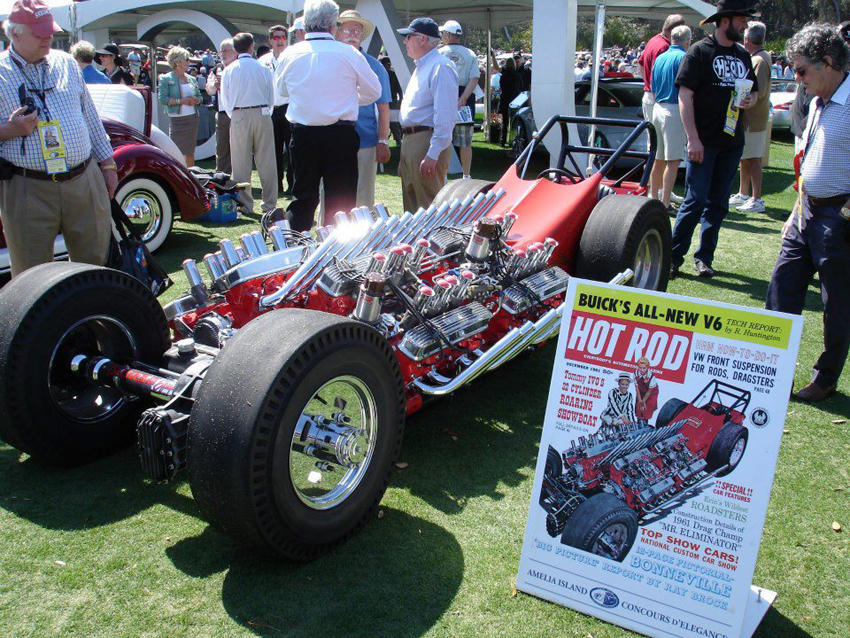
TV Tommy
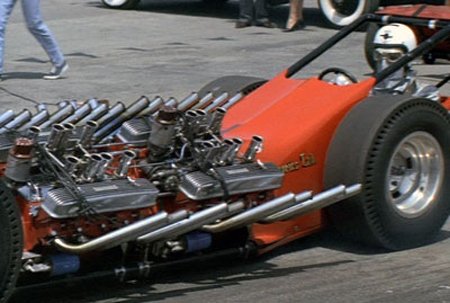
TV Tommy
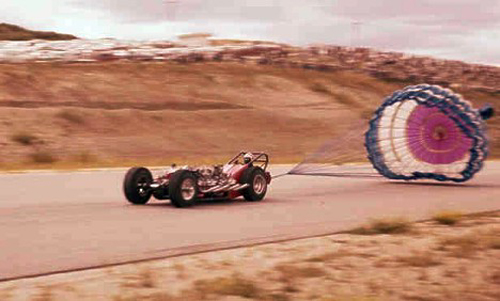
TV Tommy
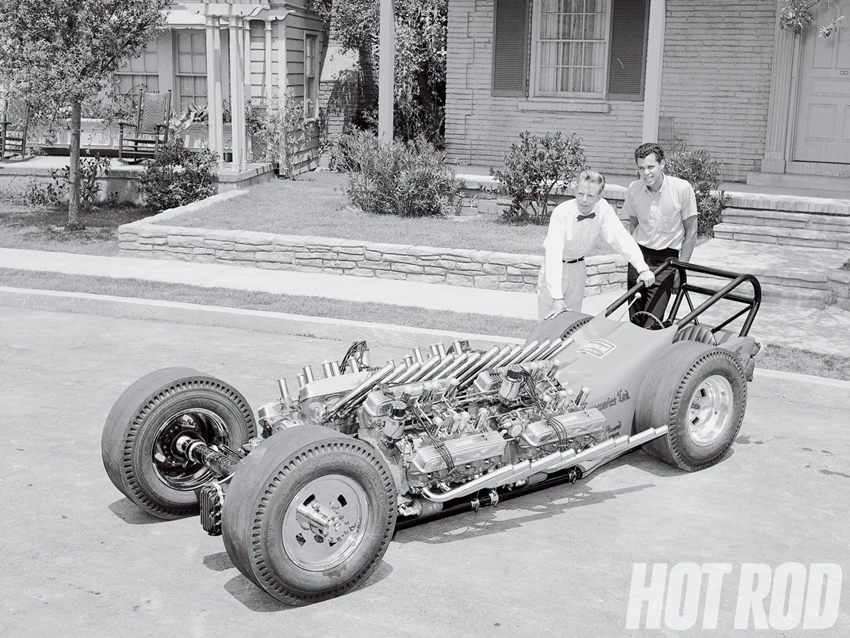
TV Tommy
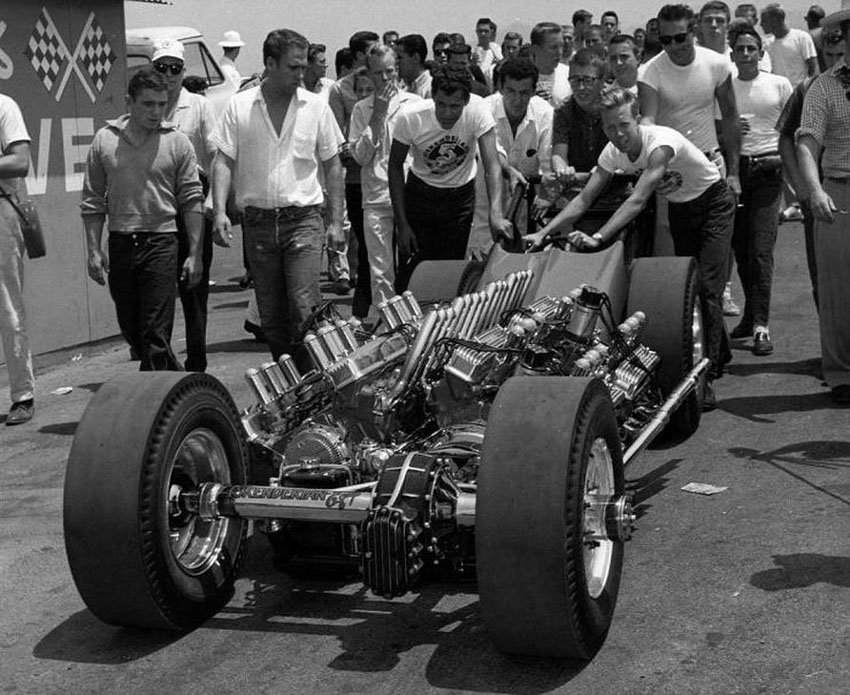
TV Tommy
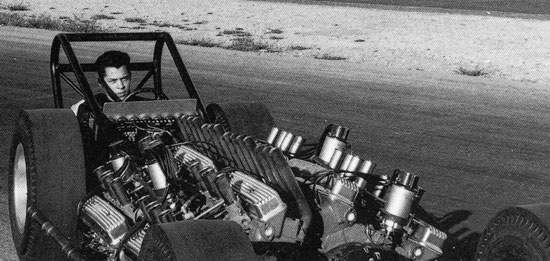
TV Tommy's car with Don Prudhomme
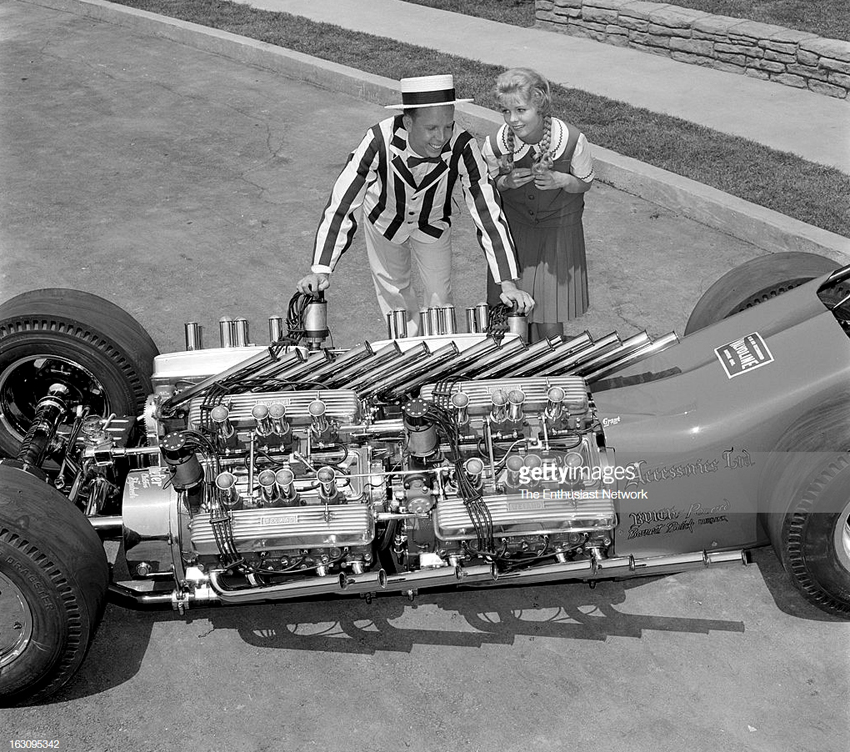
TV Tommy
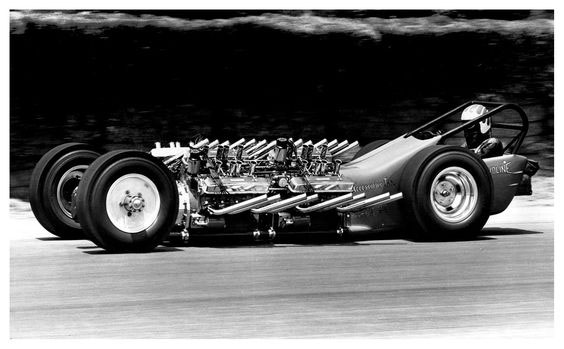
TV Tommy
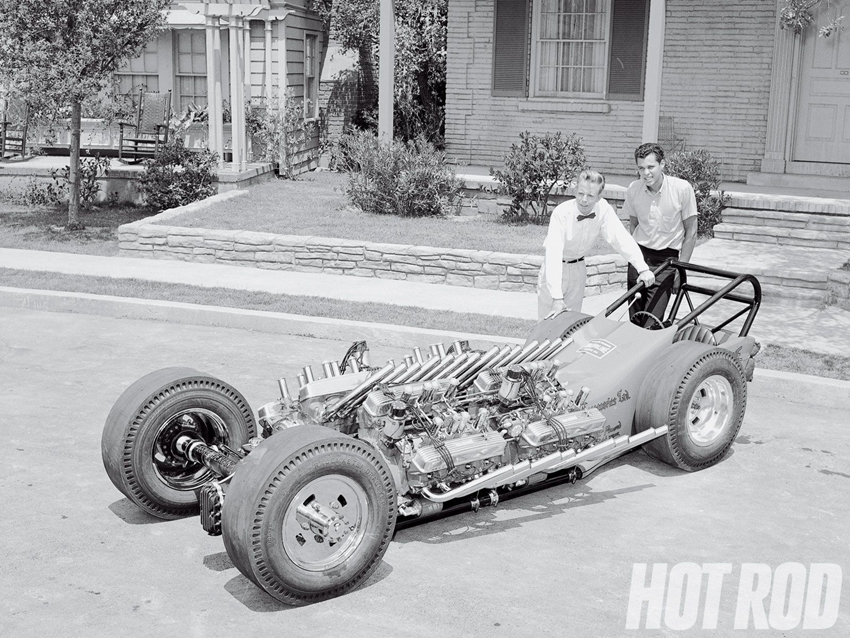
TV Tommy
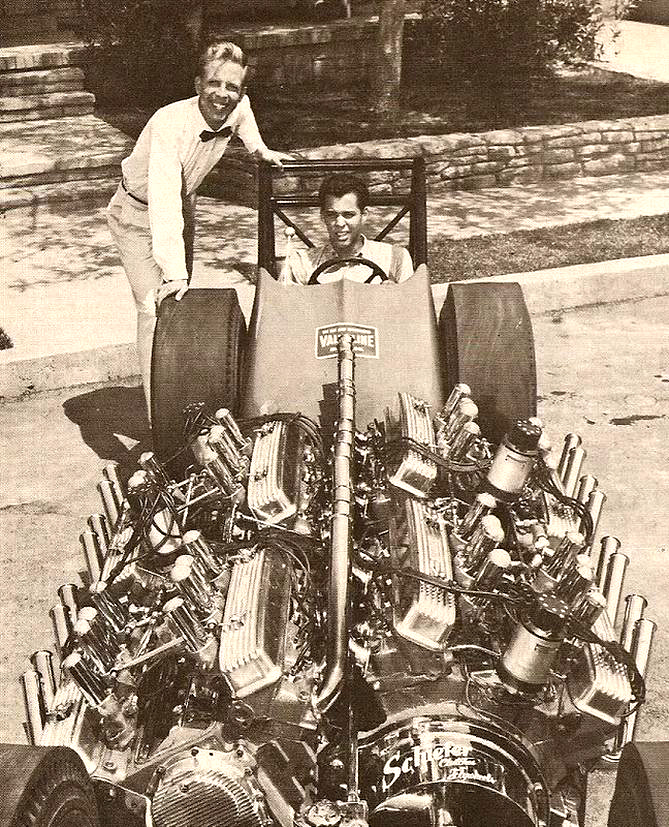
TV Tommy and Don Prudhomme
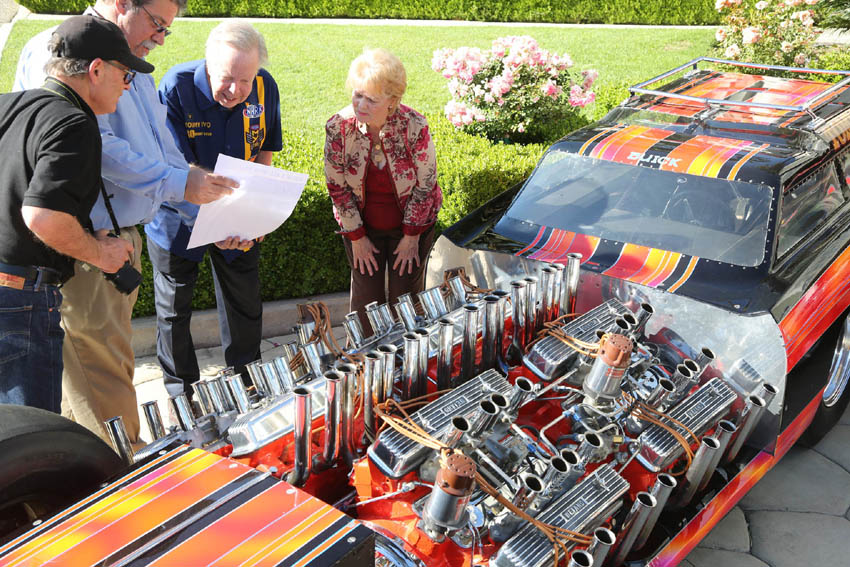
TV Tommy
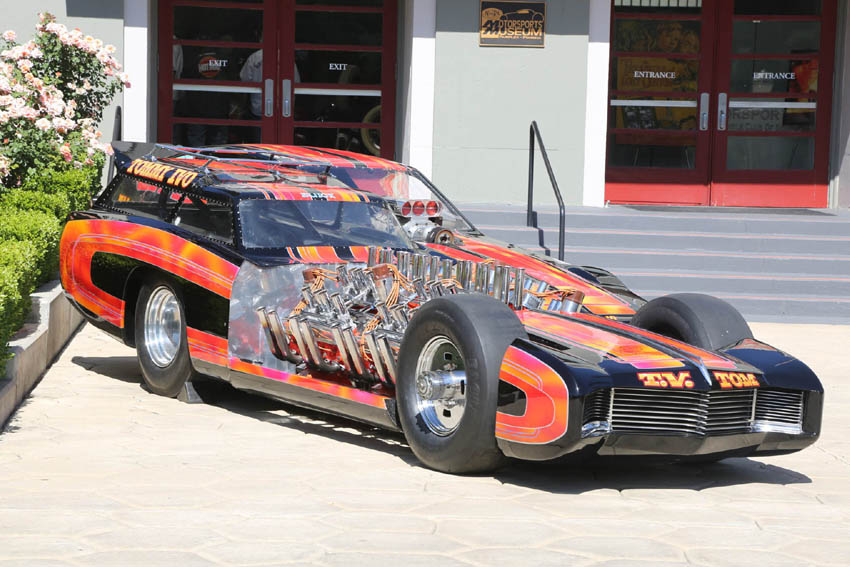
TV Tommy
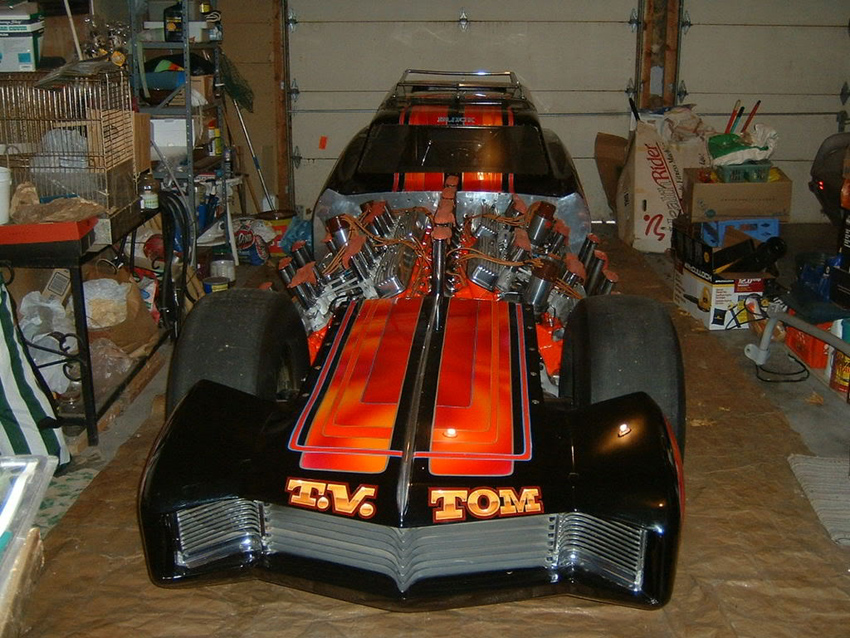
TV Tommy
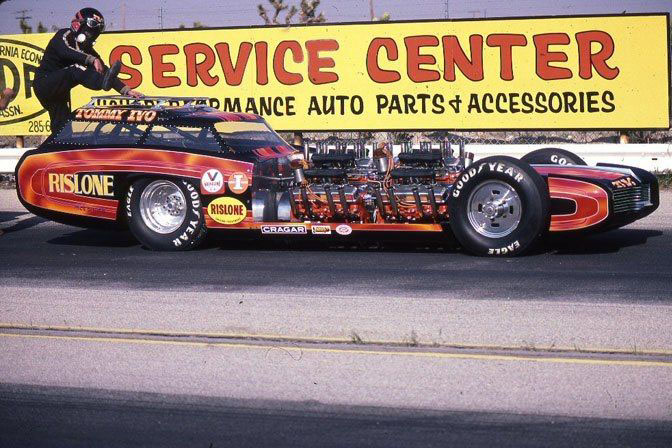
TV Tommy
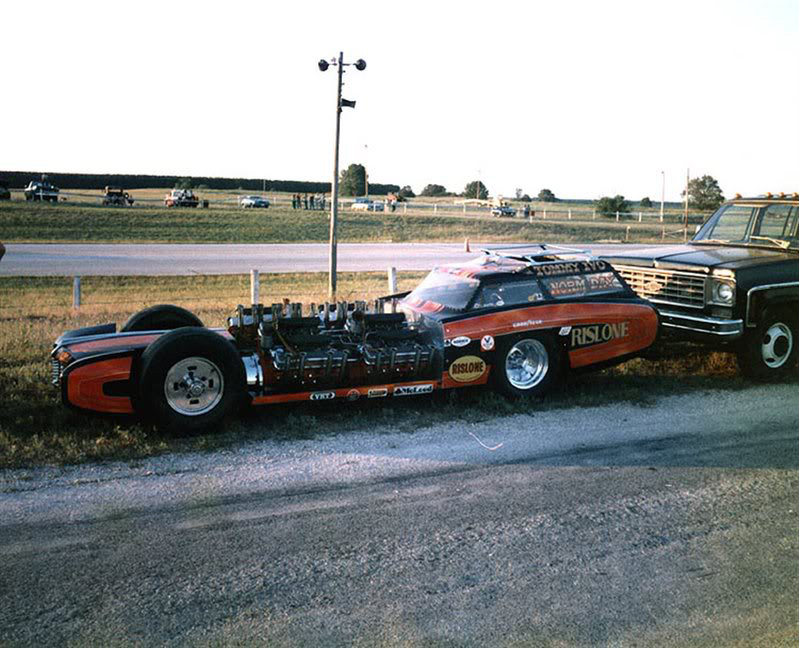
TV Tommy
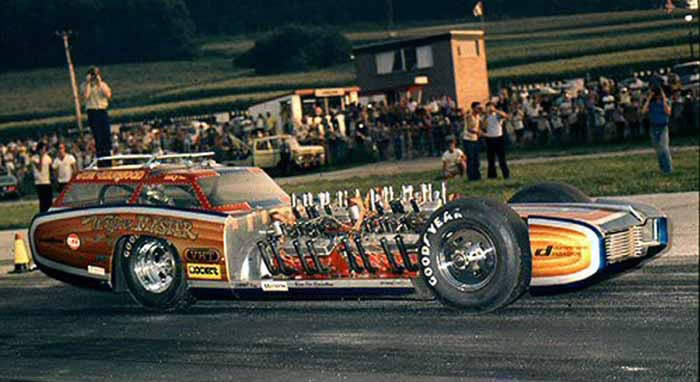
TV Tommy
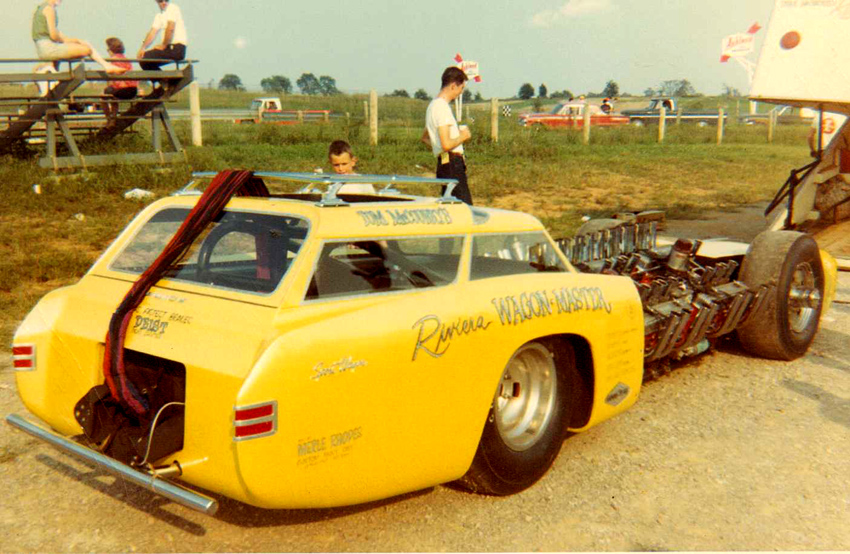
TV Tommy
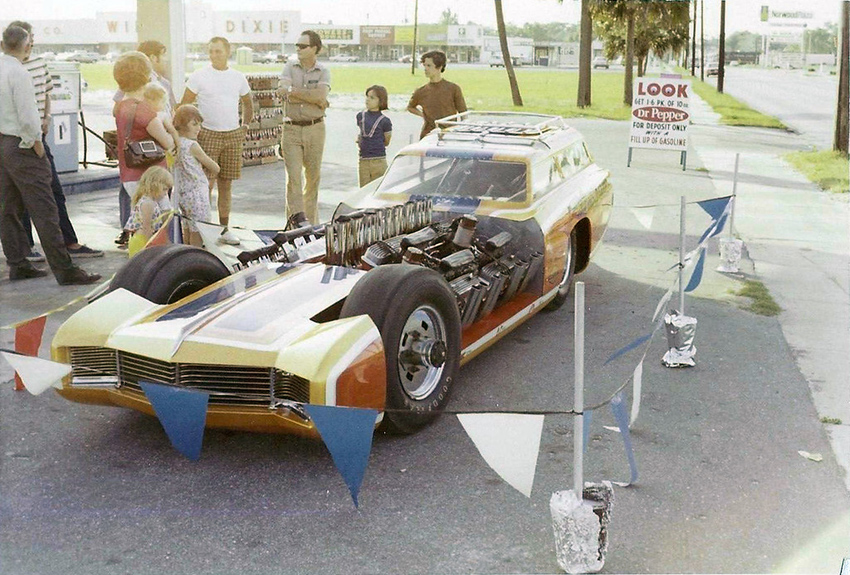
TV Tommy
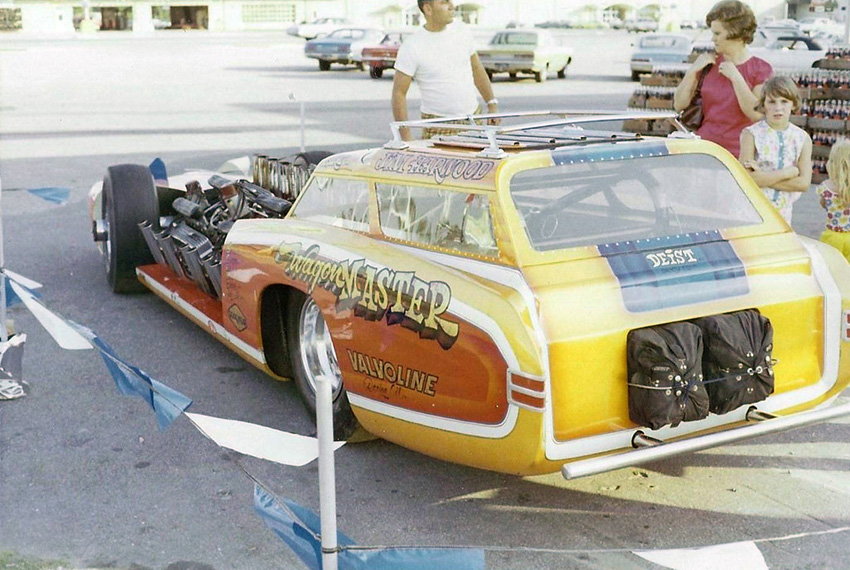
TV Tommy
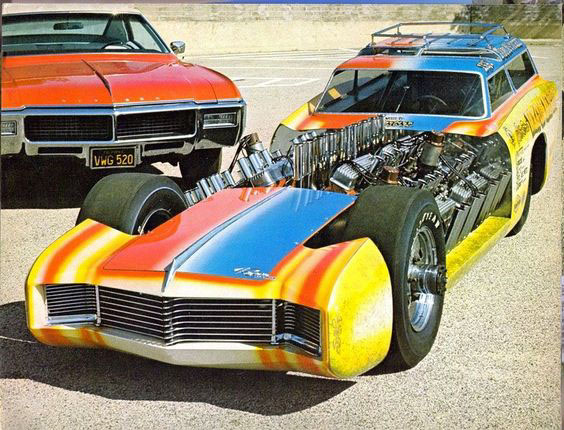
TV Tommy
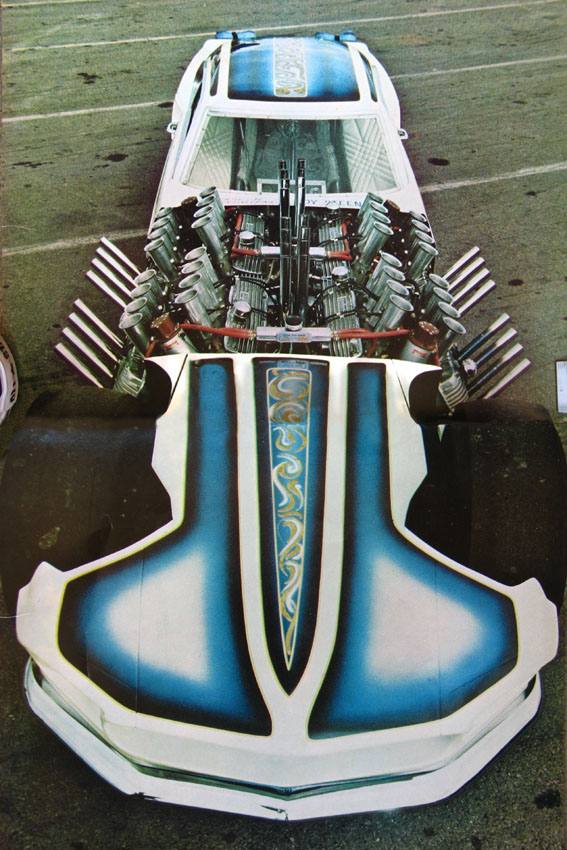
TV Tommy
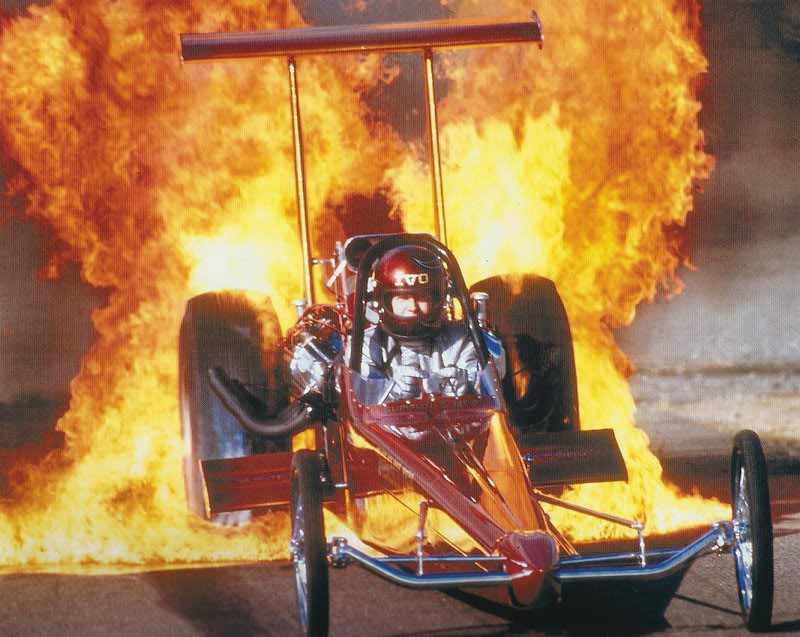
TV Tommy
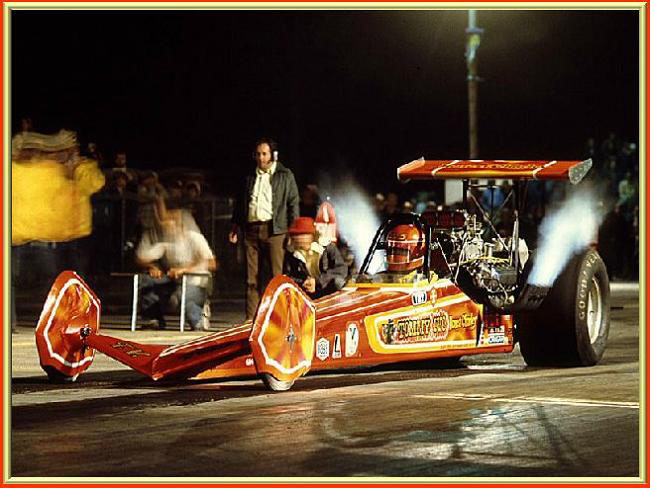
TV Tommy
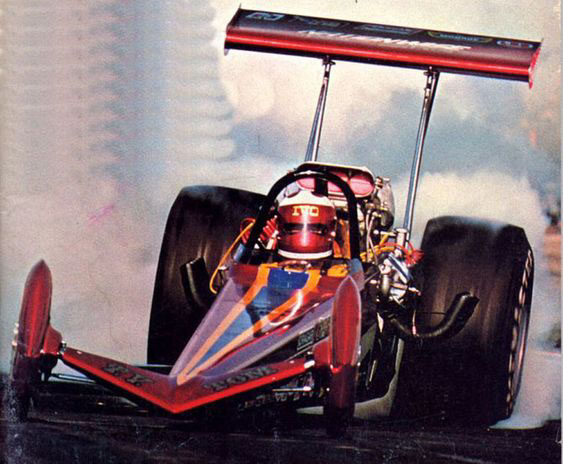
TV Tommy
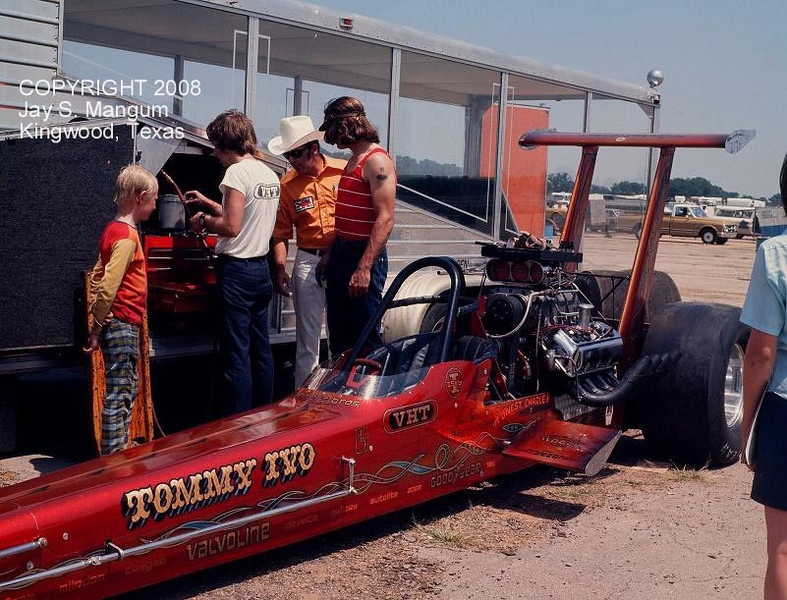
TV Tommy
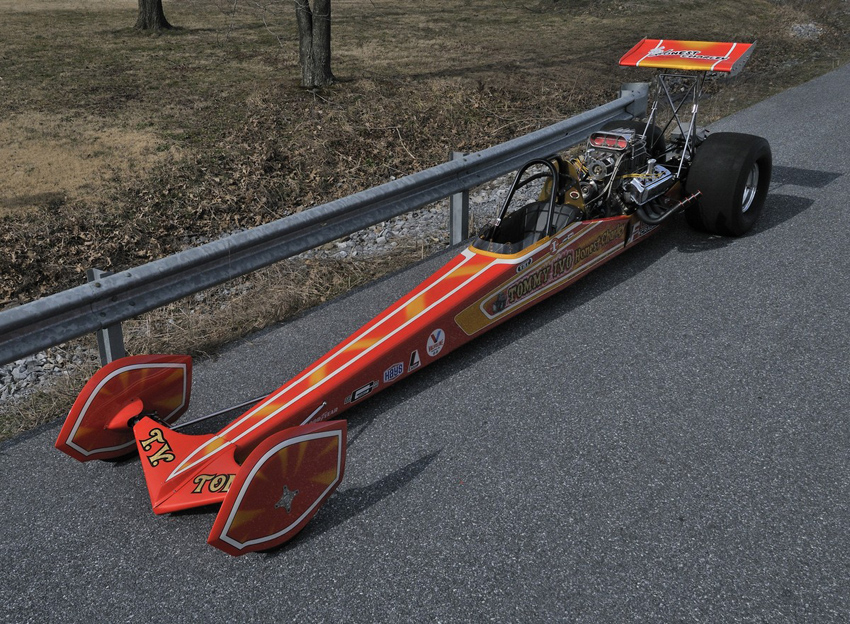
TV Tommy
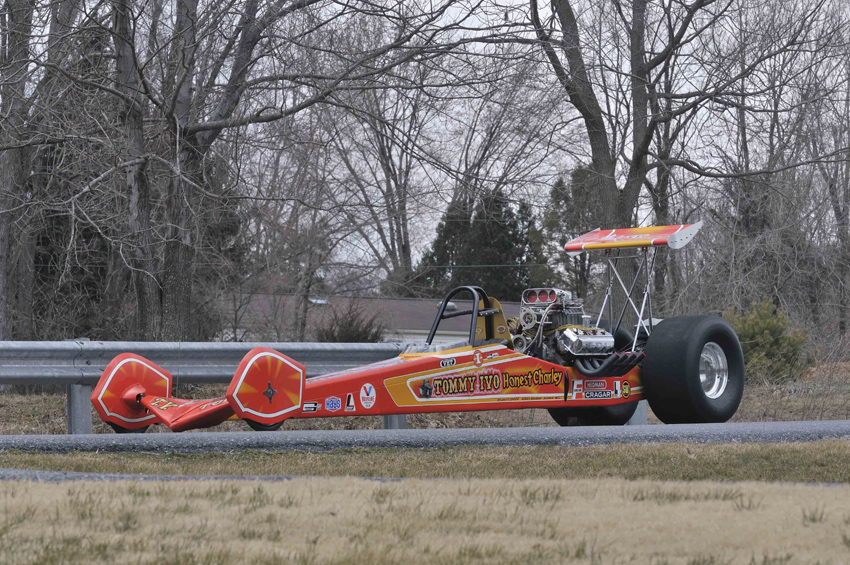
TV Tommy
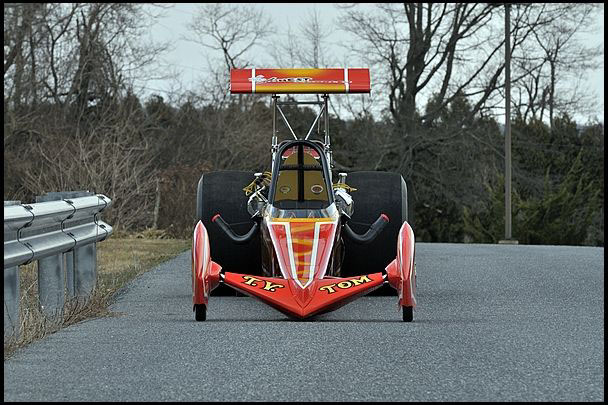
TV Tommy
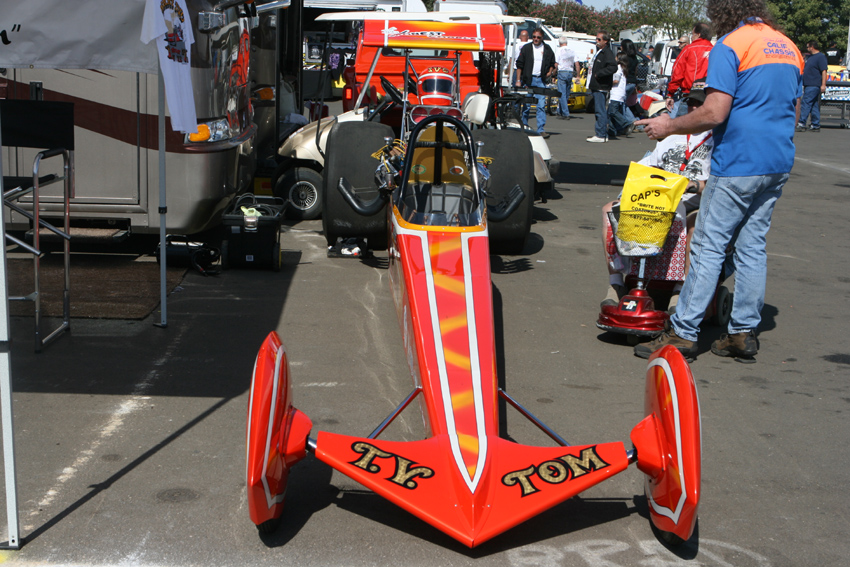
TV Tommy
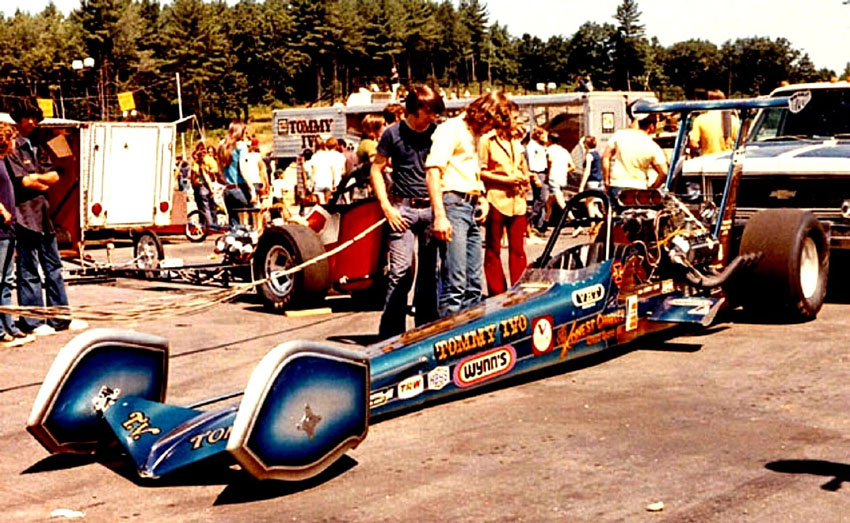
TV Tommy
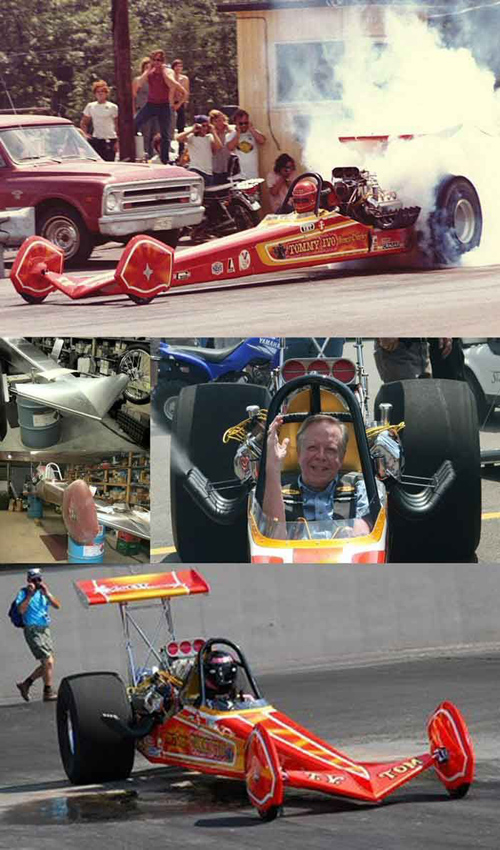
TV Tommy
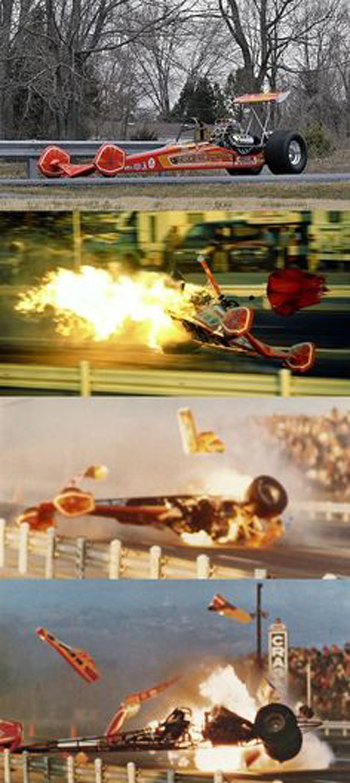
TV Tommy ooops
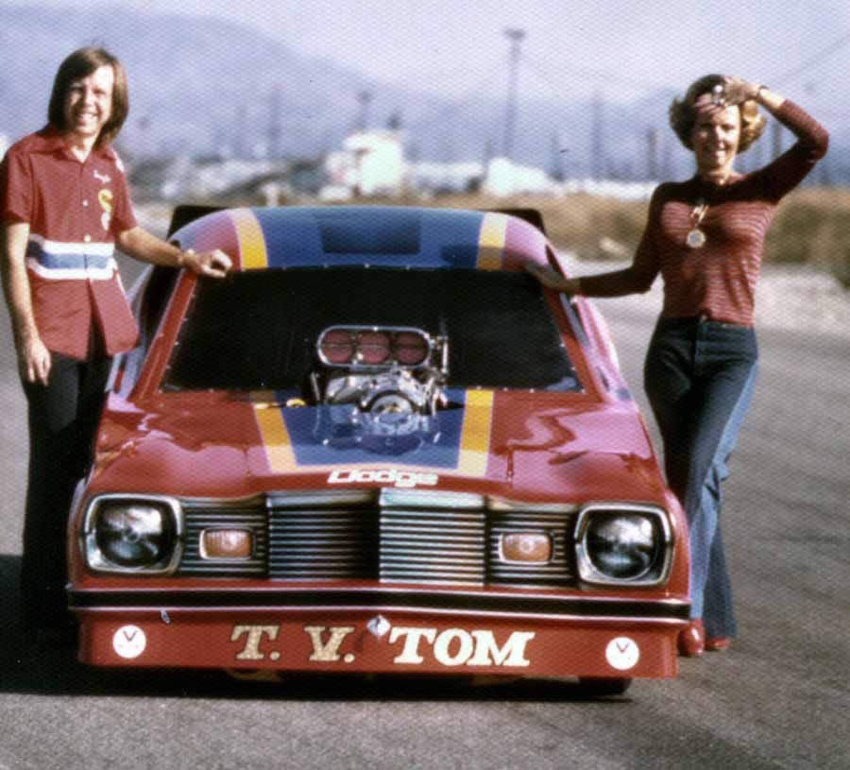
TV Tommy
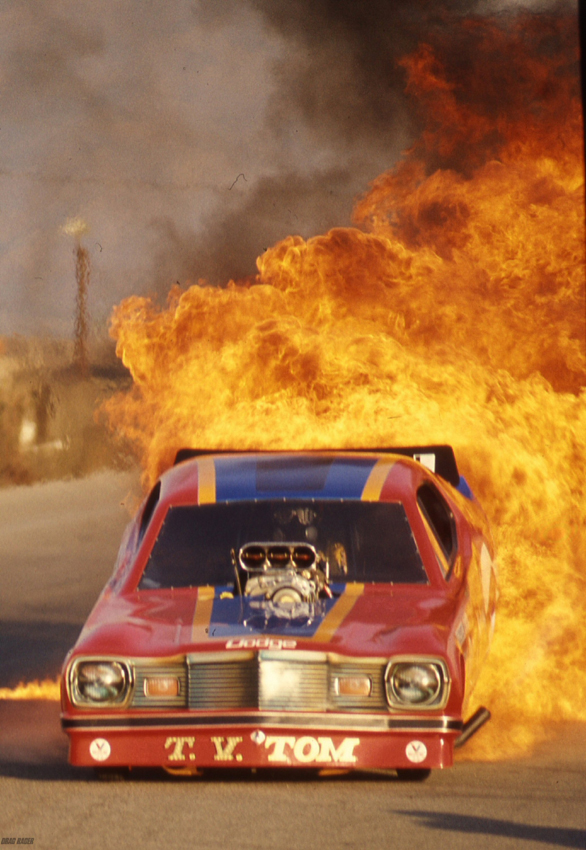
TV Tommy
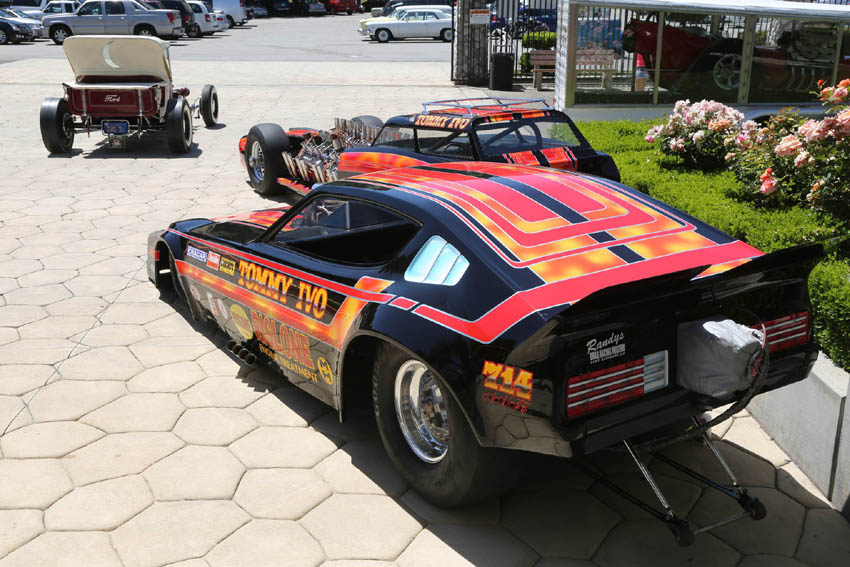
TV Tommy
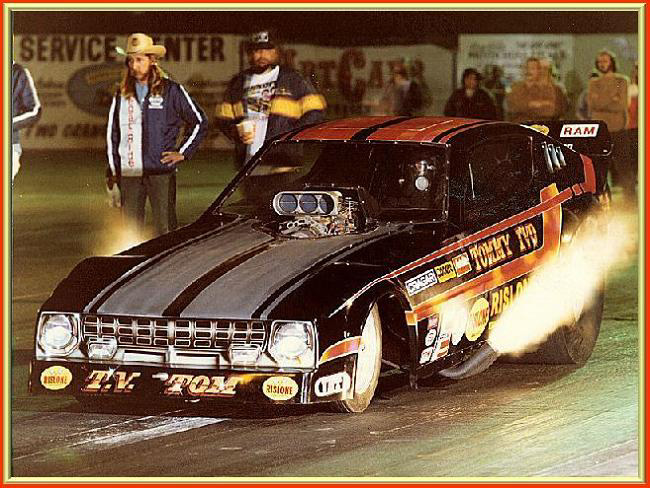
TV Tommy
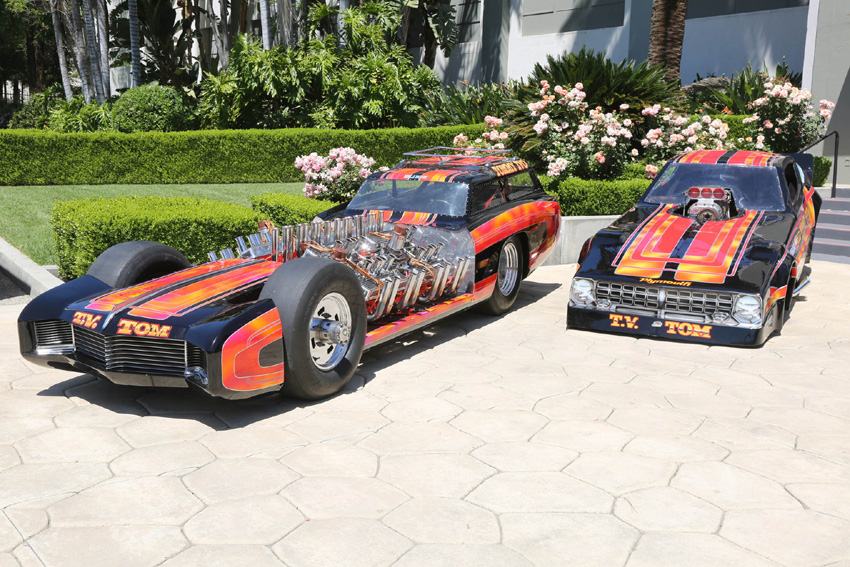
TV Tommy
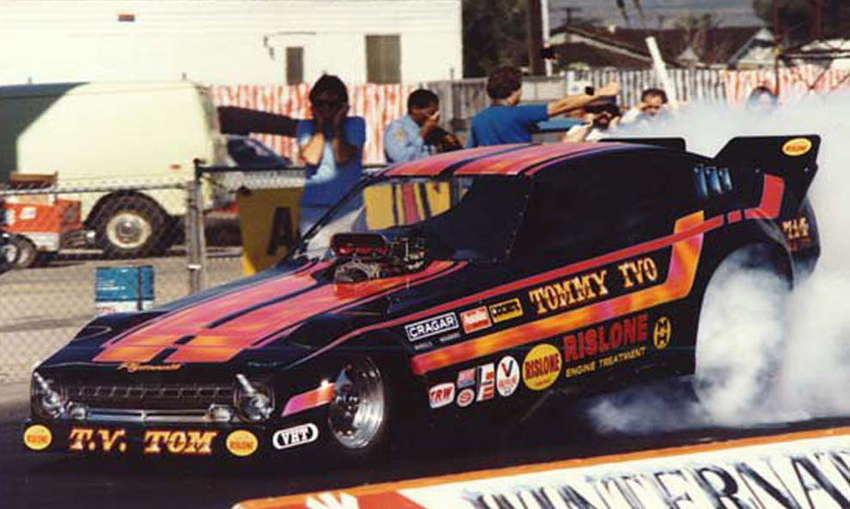
TV Tommy
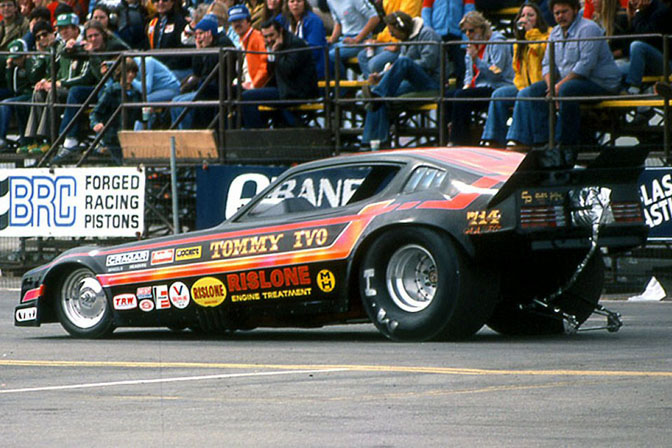
TV Tommy
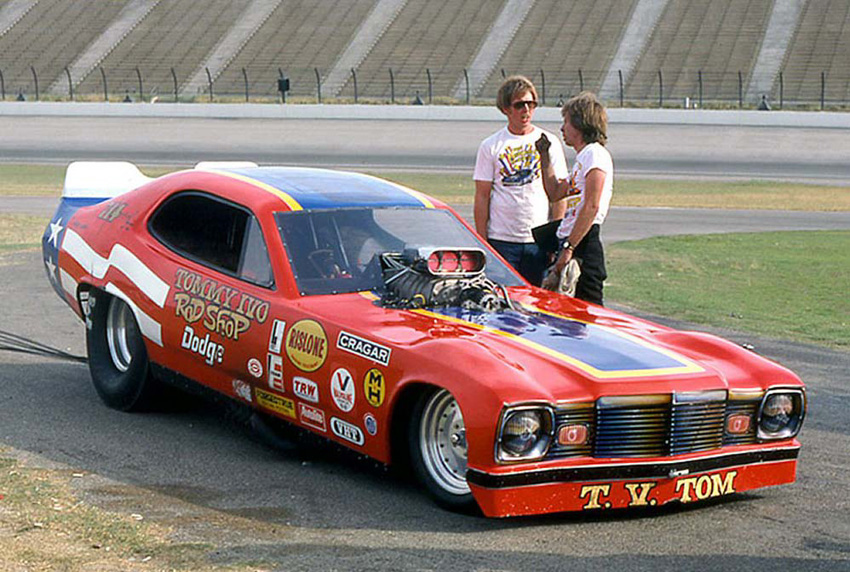
TV Tommy
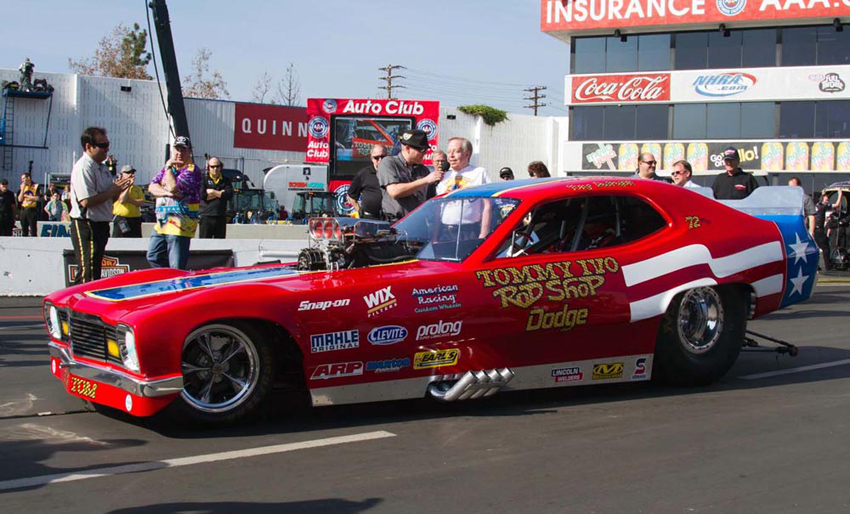
TV Tommy
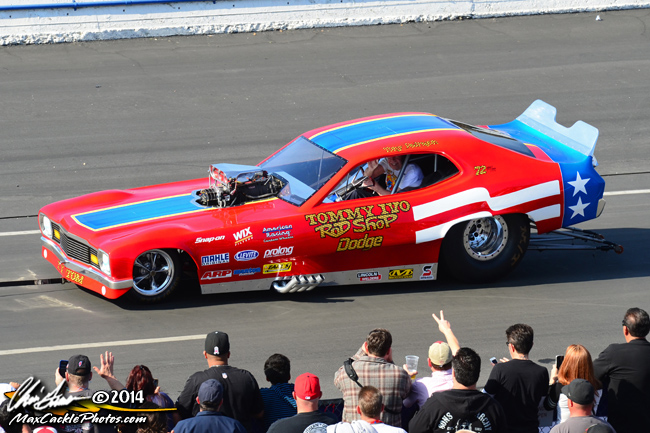
TV Tommy
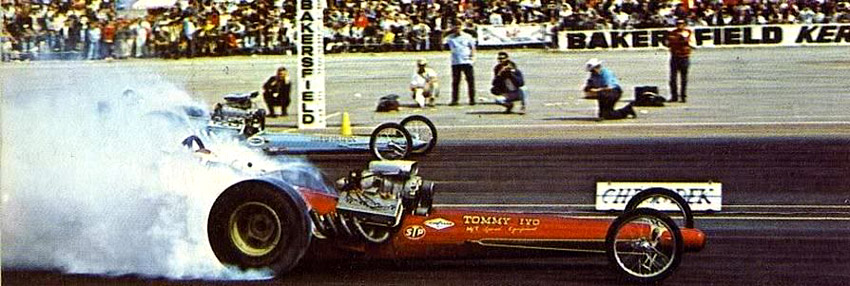
TV Tommy out first here
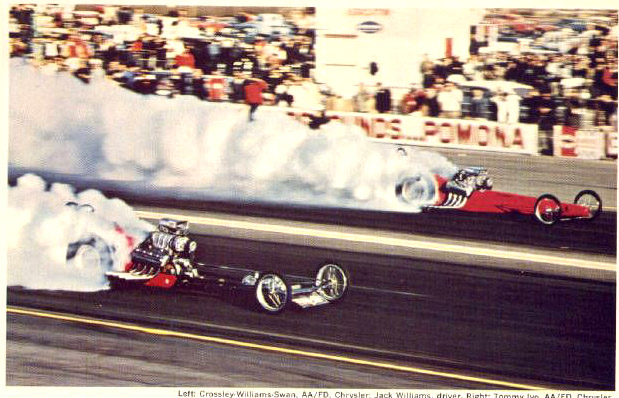
TV Tommy out first on Jack Williams
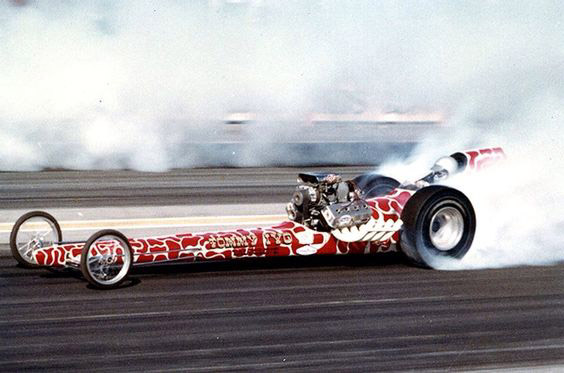
TV Tommy smokin' it!
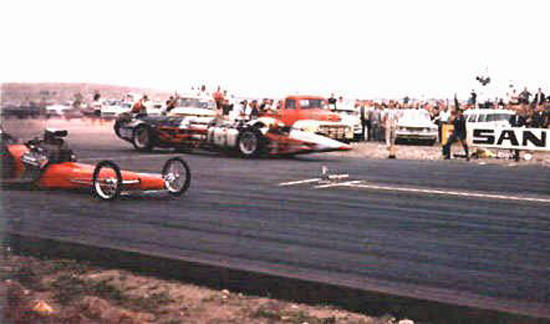
TV Tommy puts it on a Jet
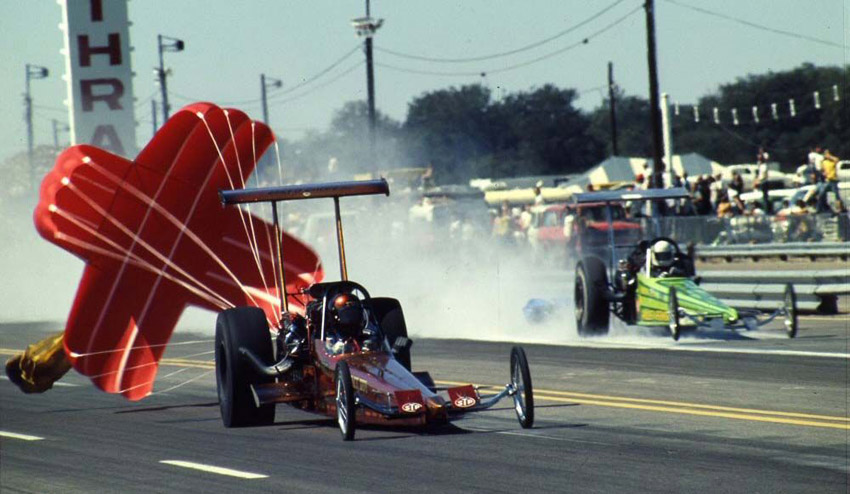
TV Tommy with the chte out after a win
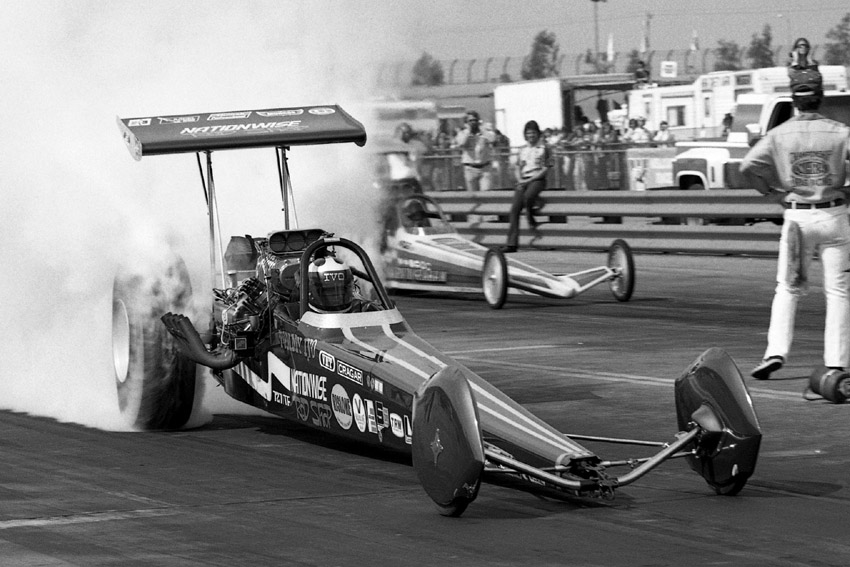
TV Tommy
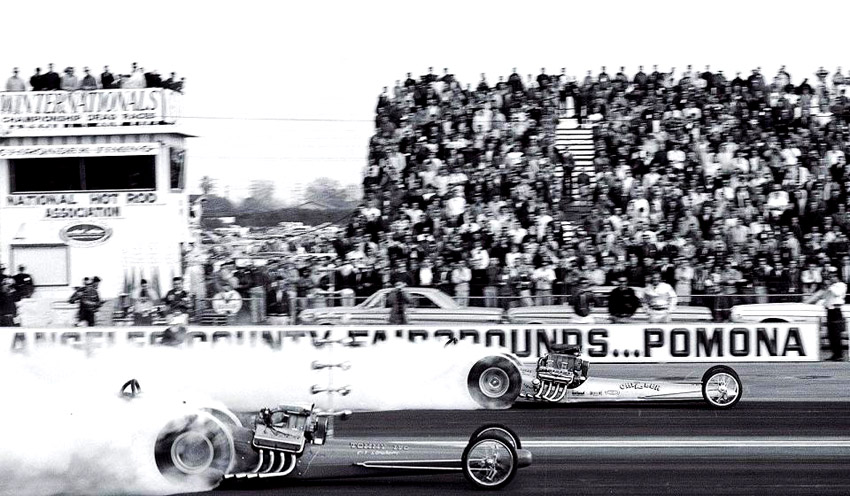
TV Tommy chasinng The Greek
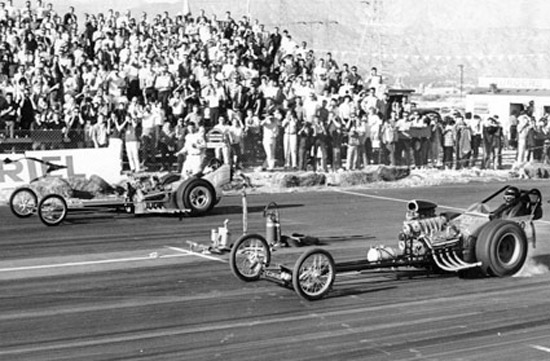
TV Tommy far side jumping The Greek
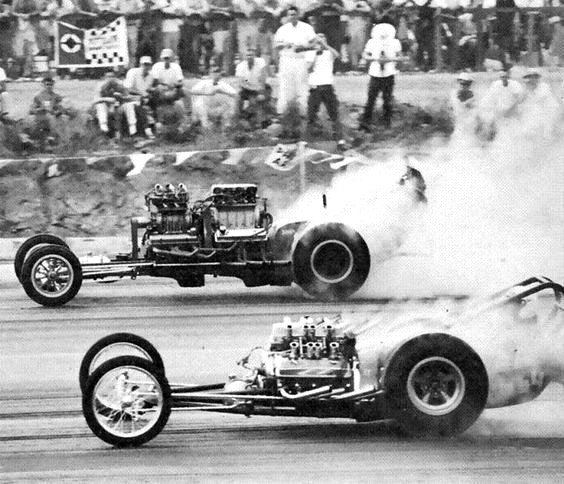
TV Tommy near side against a twin chevy
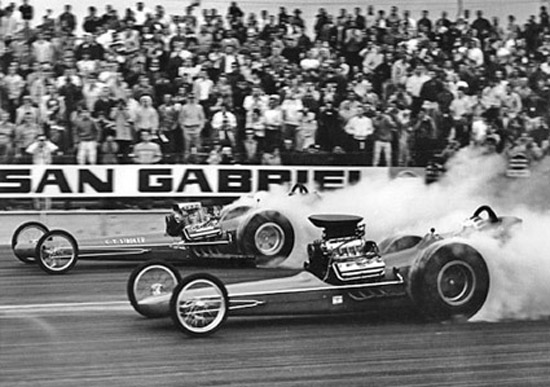
TV Tommy far side against Greer, Black & Prudhomme
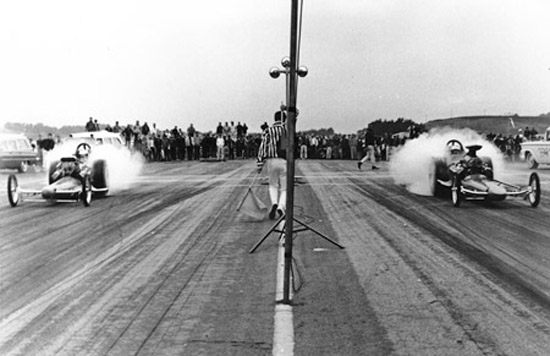
TV Tommy on left against the Greer, Black & Prudhomme car
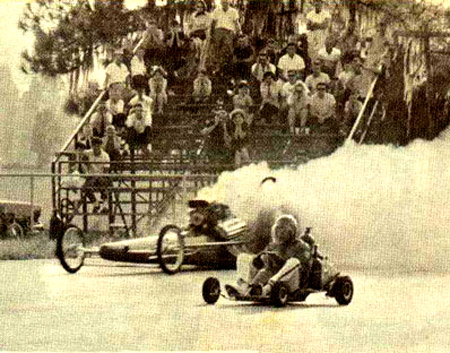
TV Tommy racing a rocket go cart
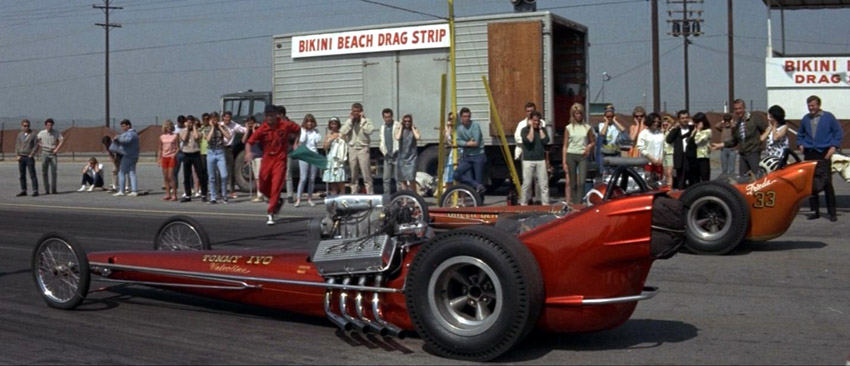
TV Tommy against Don Prudhomme int he Bikini Beach Movie
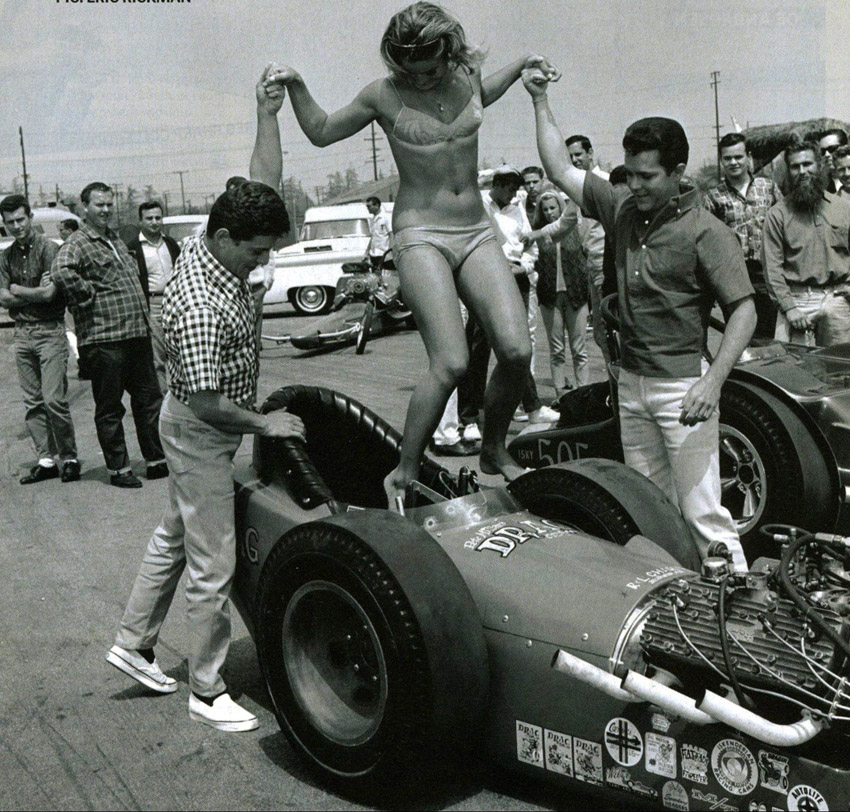
TV Tommy's car in the movie
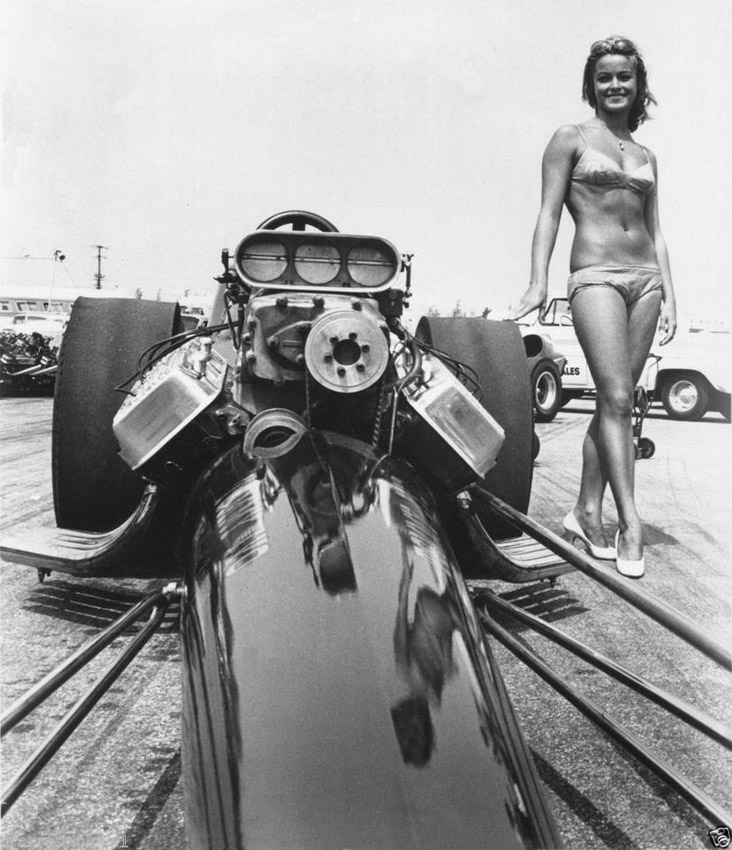
TV Tommy's car with a blond
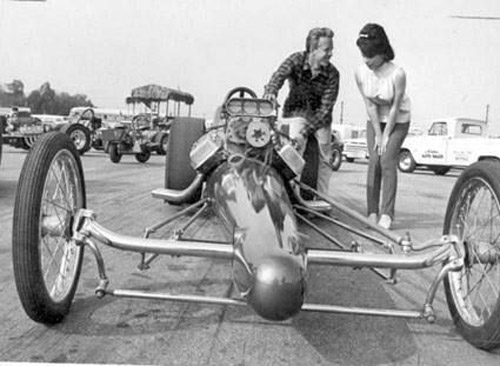
TV Tommy talking with Annette
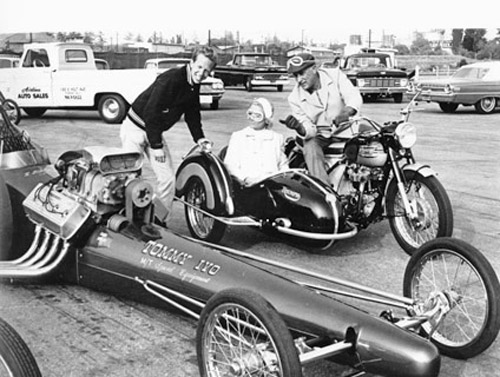
TV Tommy visiting
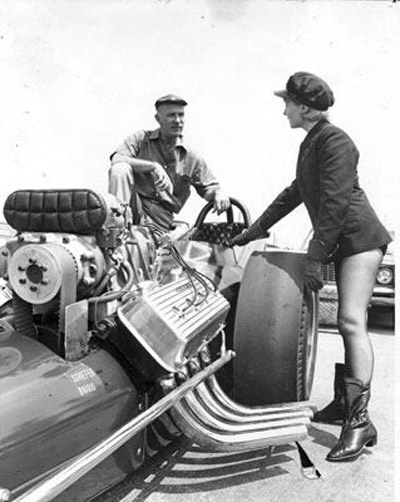
TV Tommy's car again

Tommy's first trailer, a "lollypop"
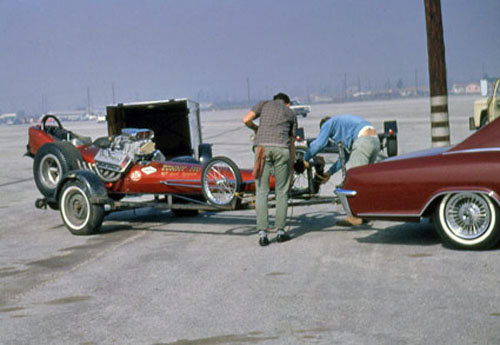
Another trailer
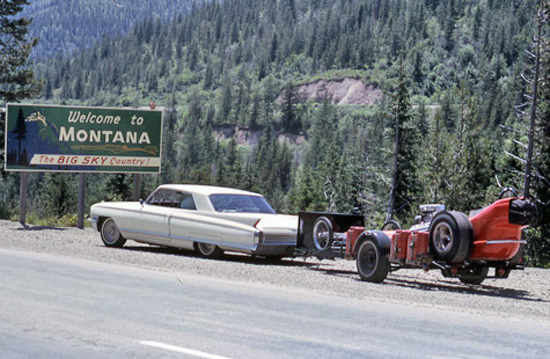
One more
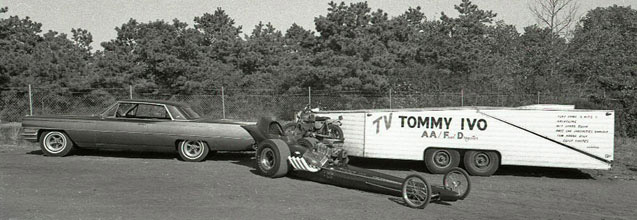
A new version
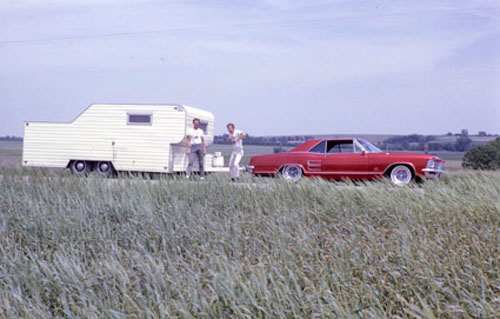
An updated version
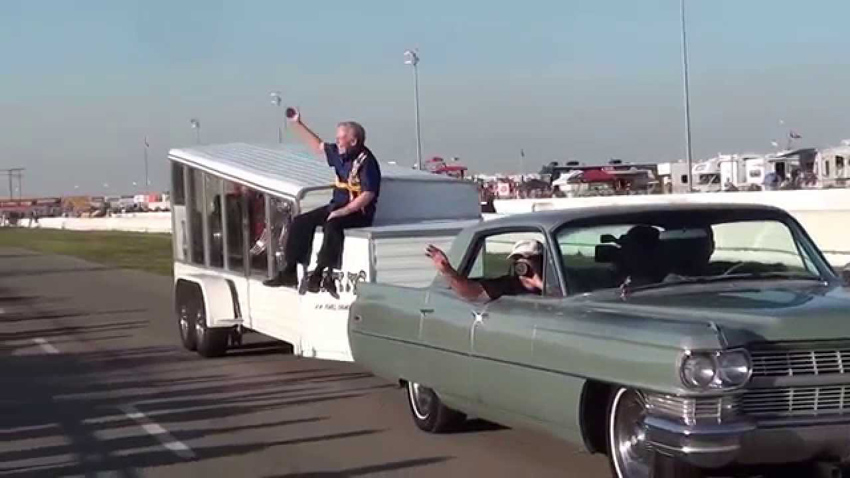
Lets add some glass for the seee thru version
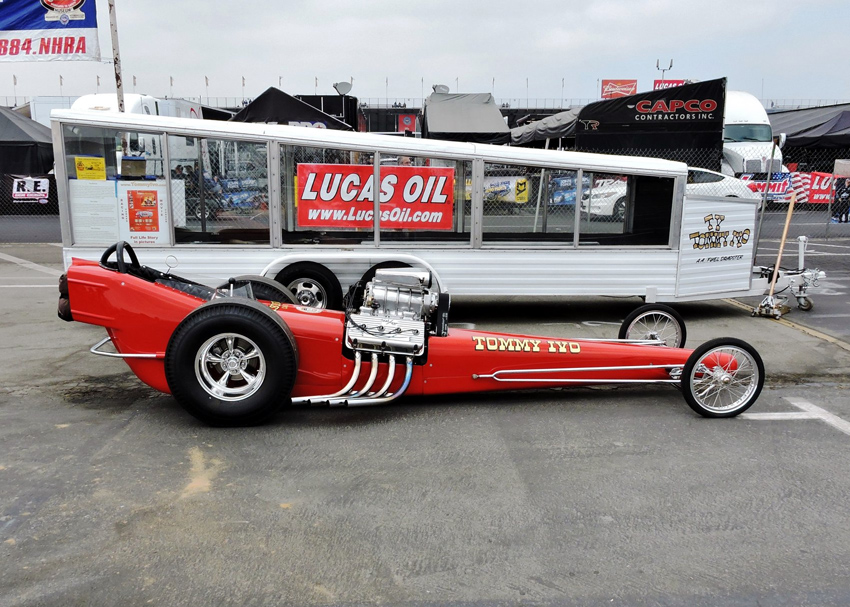
Now were talking
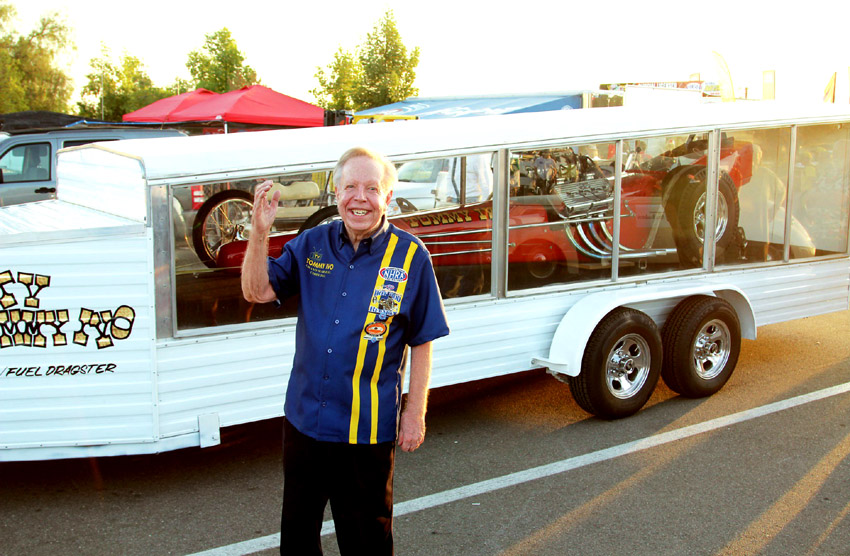
TV Tommy liked it!
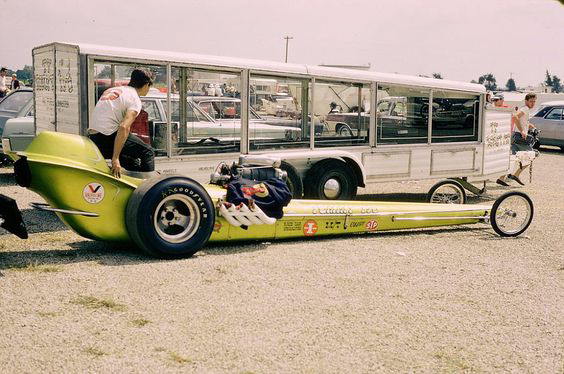
A earlier one
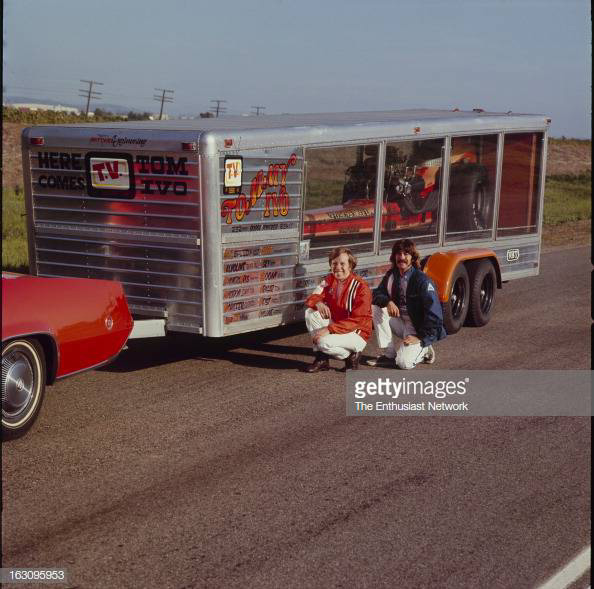
One more
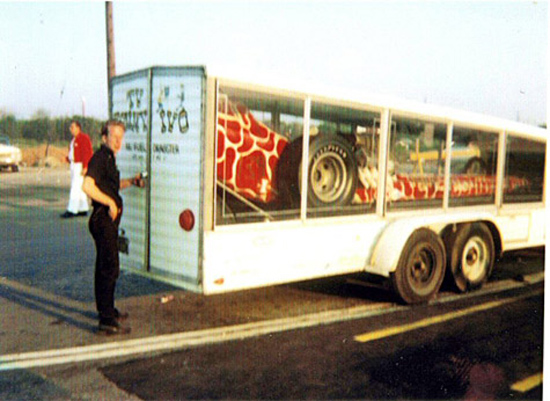
Another
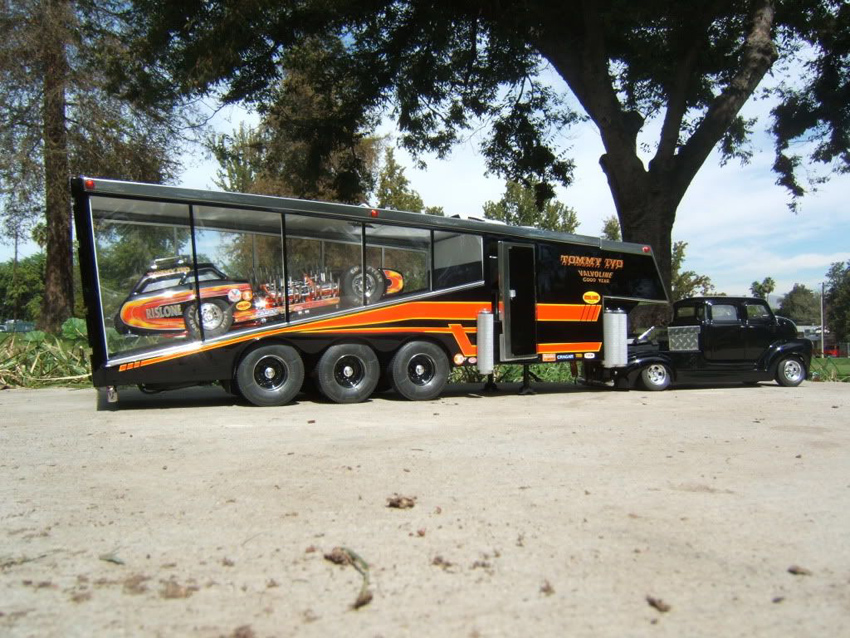
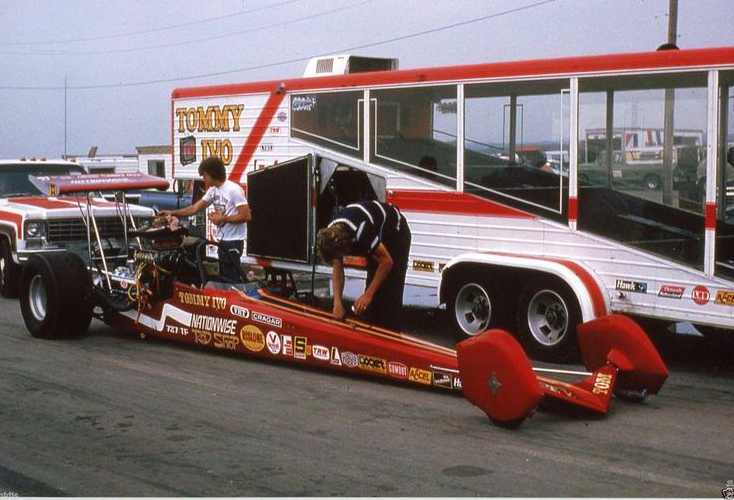
Here's the 4 motor trailer
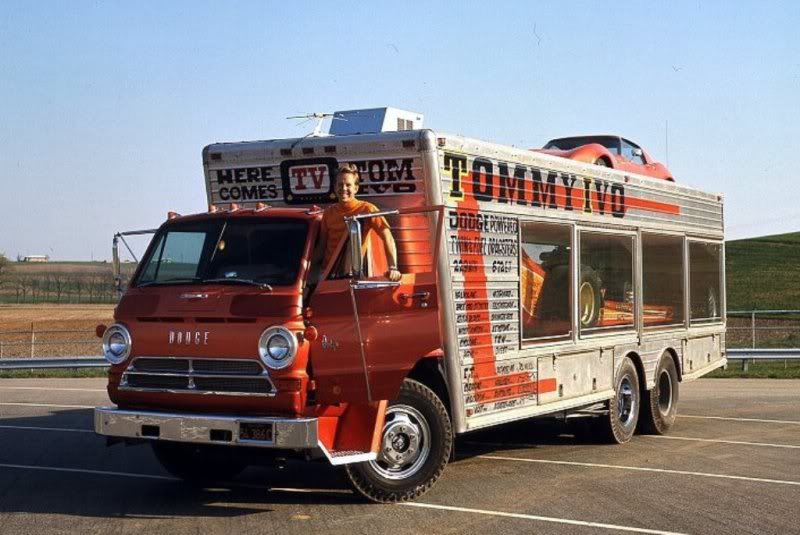
The top of the line here
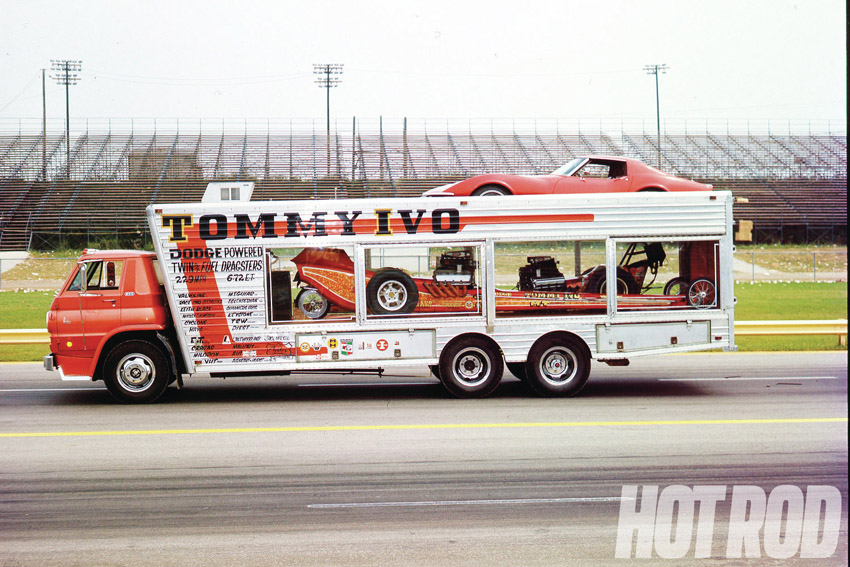
Nice
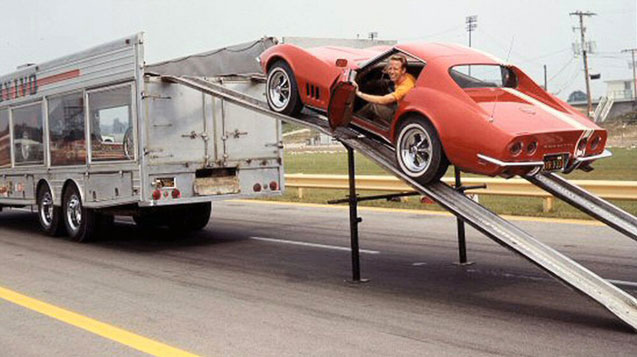
Flexible too!
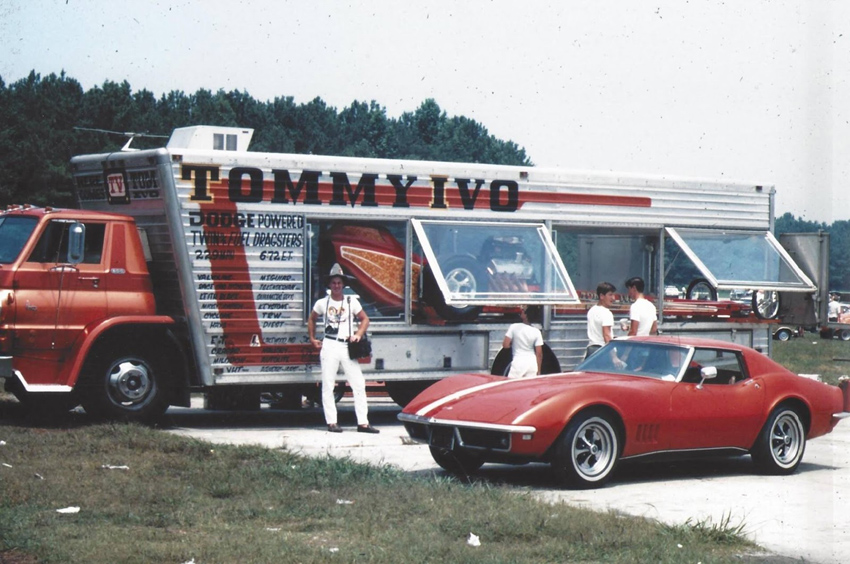
The fans love it
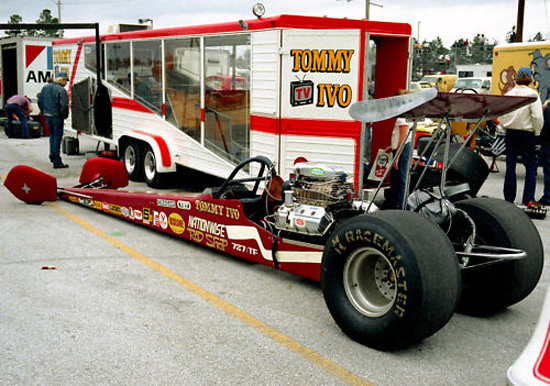
Here's the rear engined model
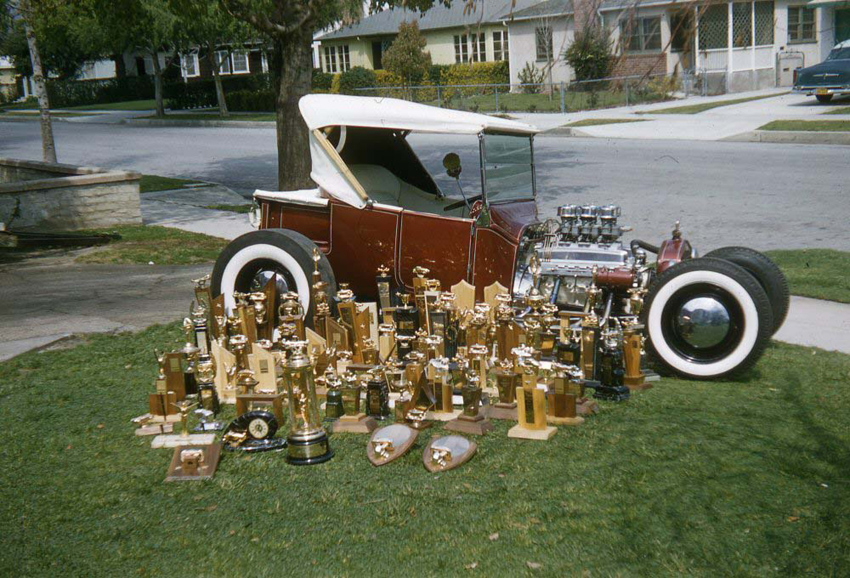
Tommy's trophy winning T bucket
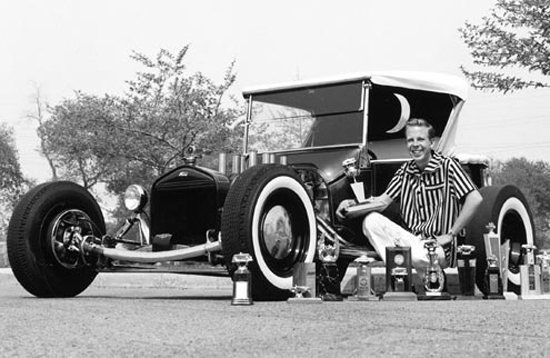
Tommy's T
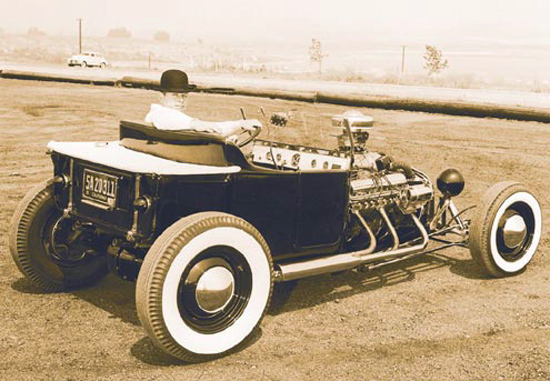
Tommy's T
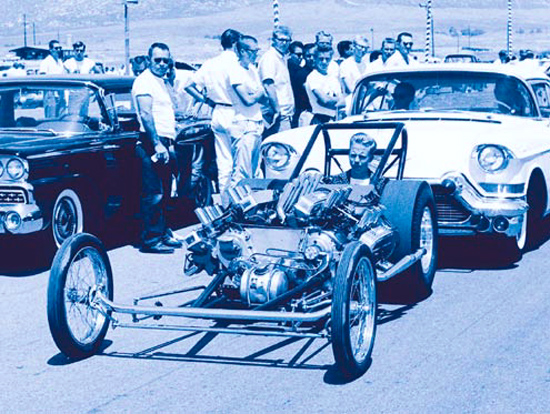
TV Tommy in his twin
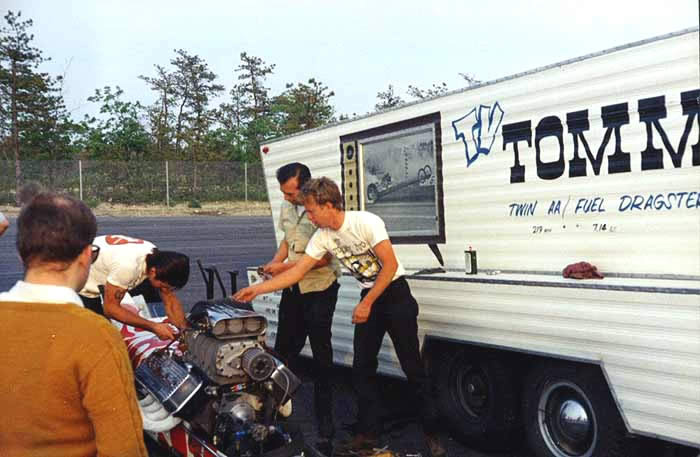
TV Tommy working on the car
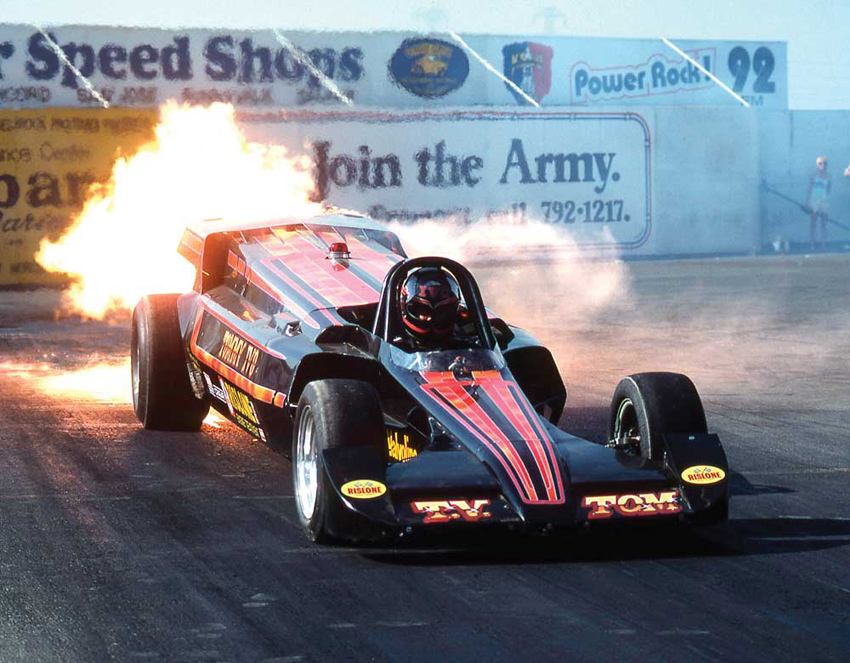
TV Tommy jet dragster
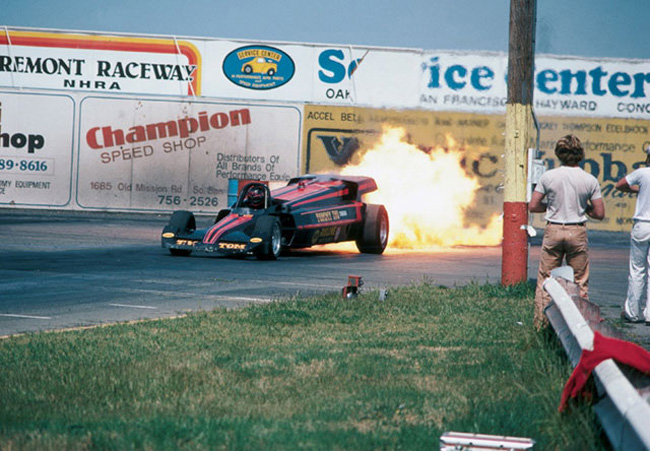
TV Tommy jet dragster
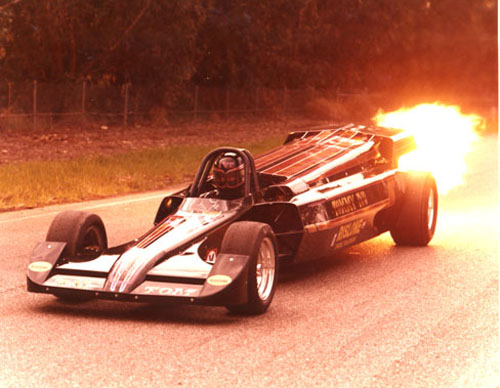
TV Tommy in his jet dragster
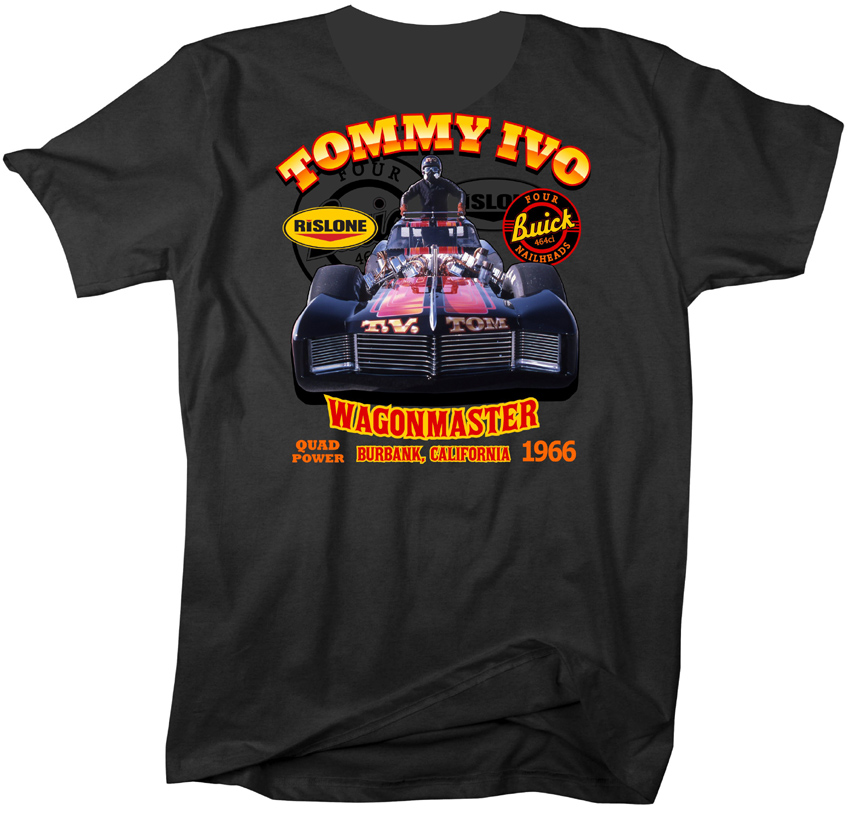
T-shirt
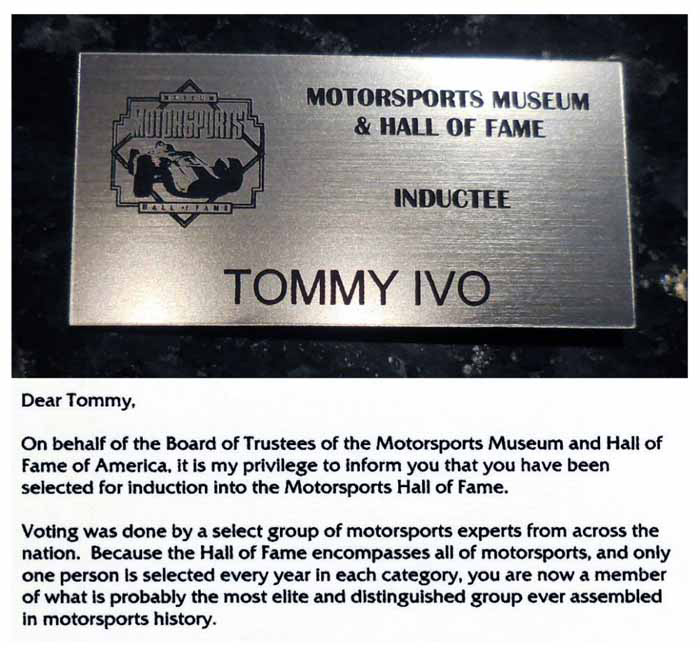
Motorsports Hall of Fame
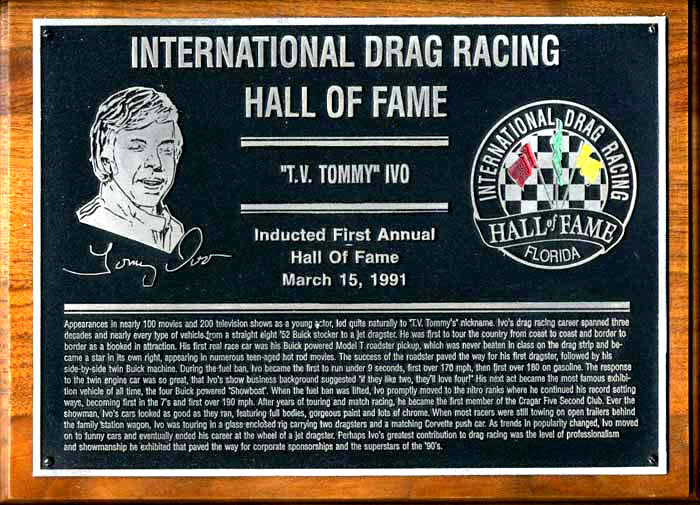
Intenational Hall of Fame
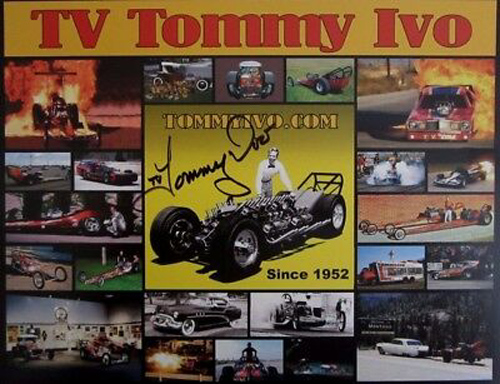
Poster
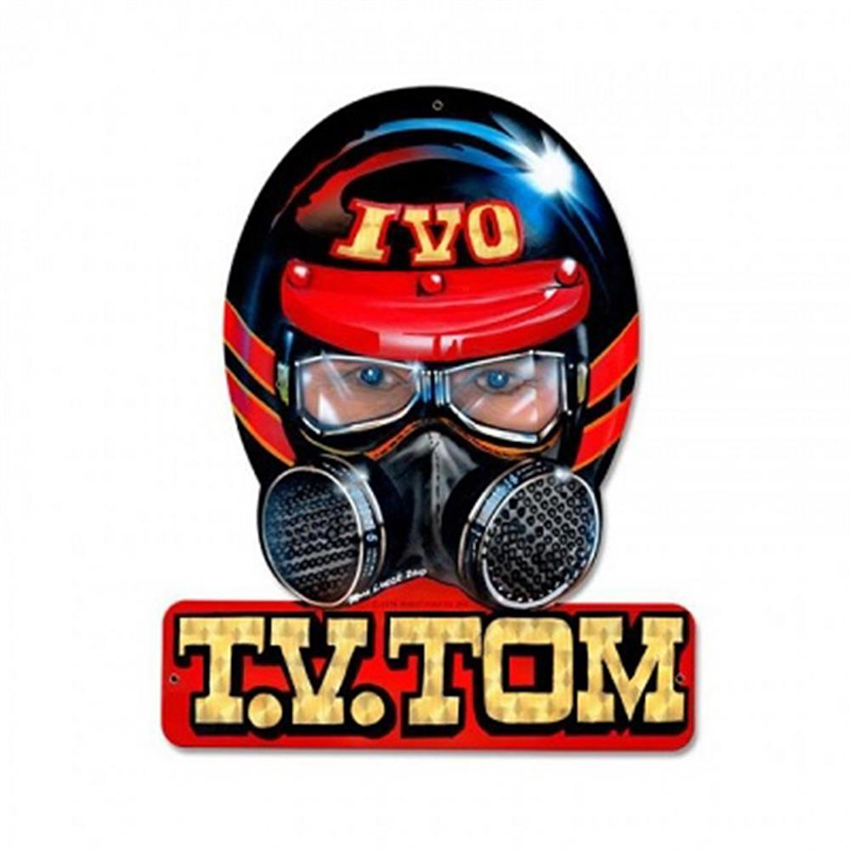
Logo
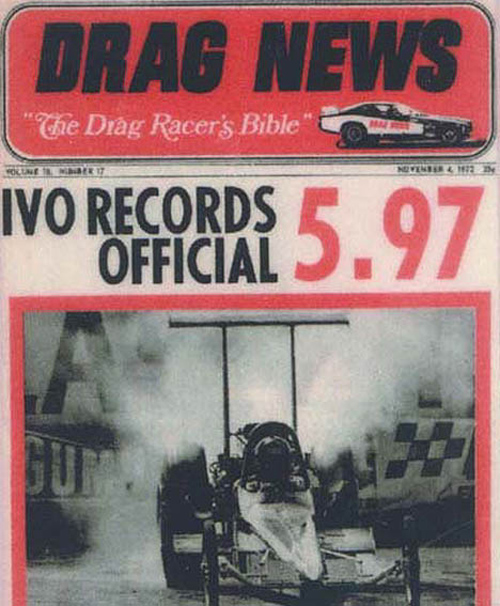
Drag News
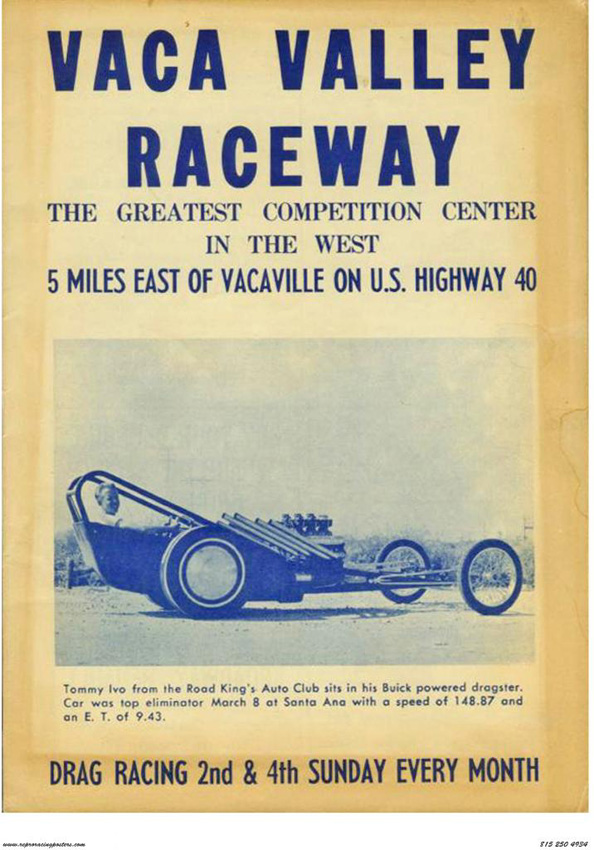
Program
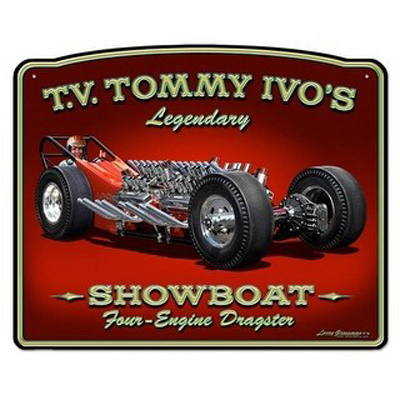
Showboat logo
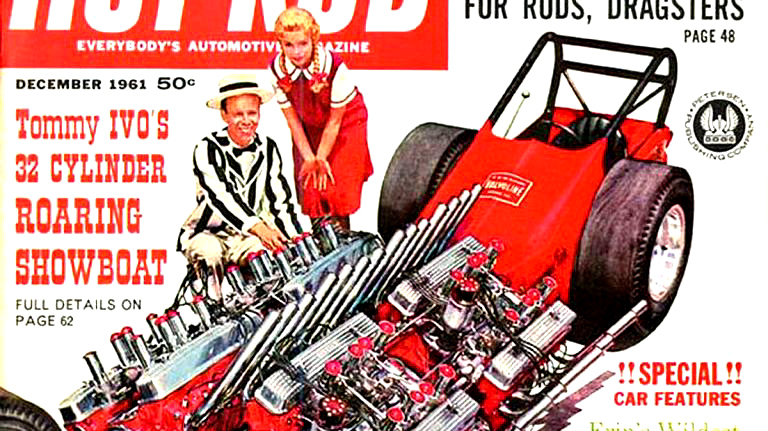
Hot Rod Mag
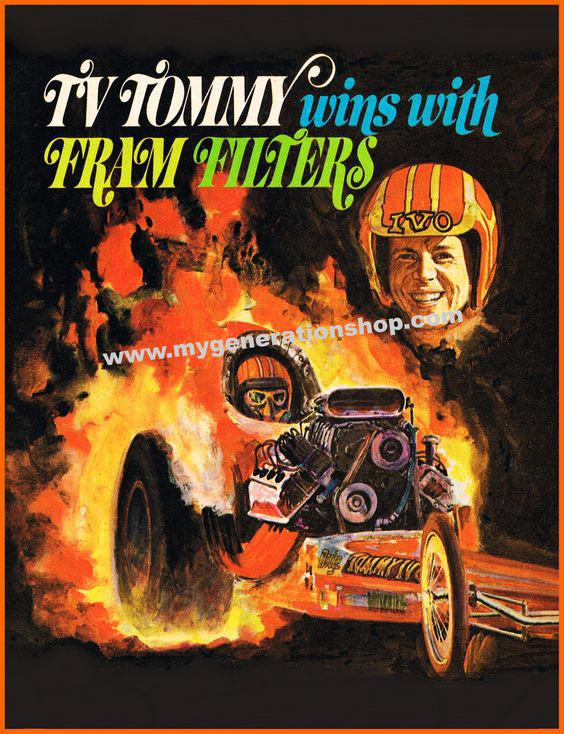
Fram Filters
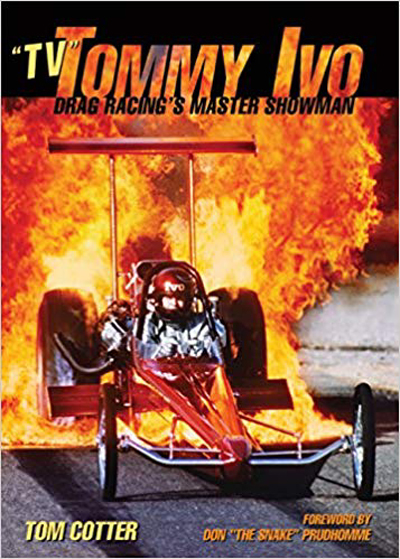
Book
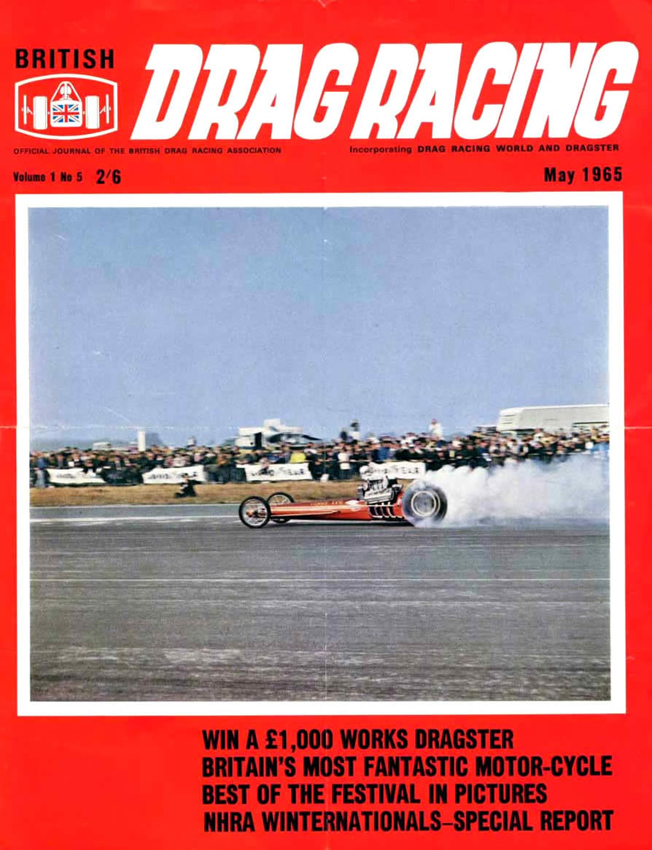
British program
Cacklefest at Bakersfield
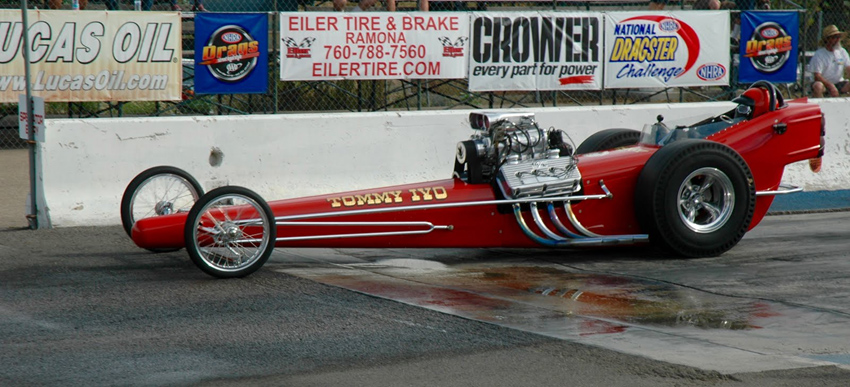
1
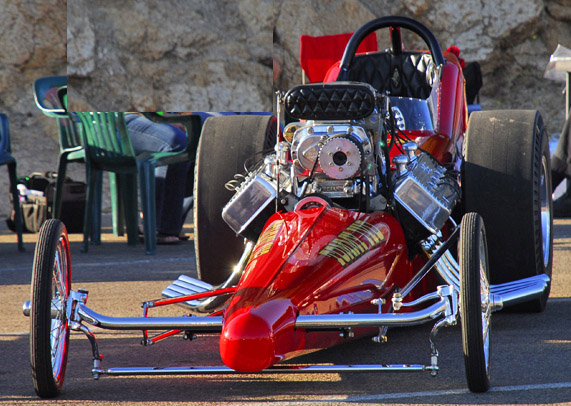
2
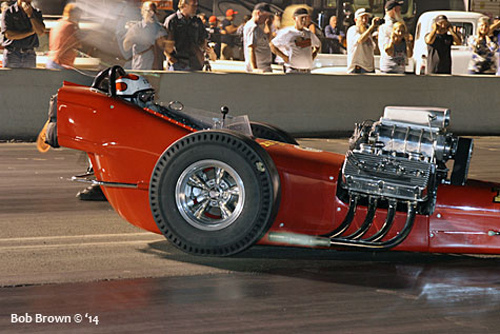
3
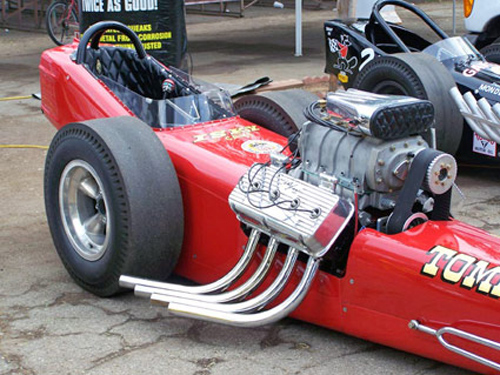
4
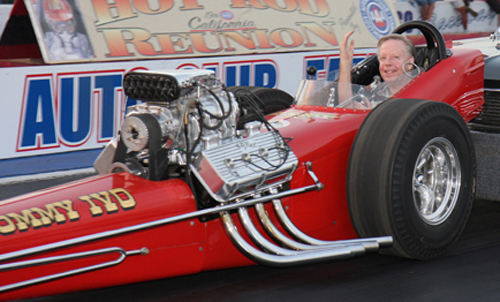
5
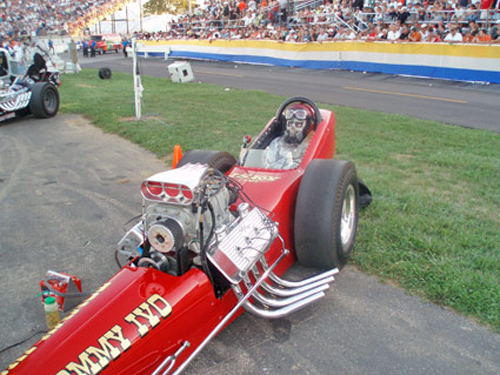
6
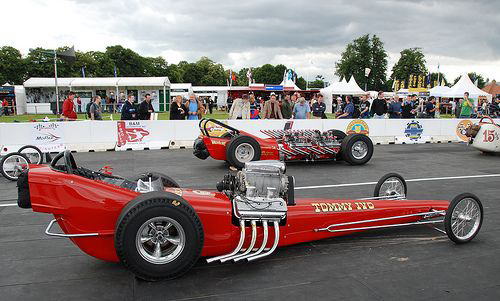
7
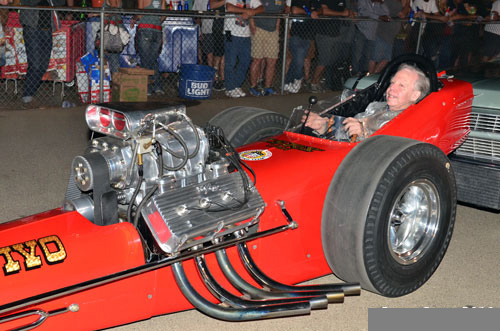
8
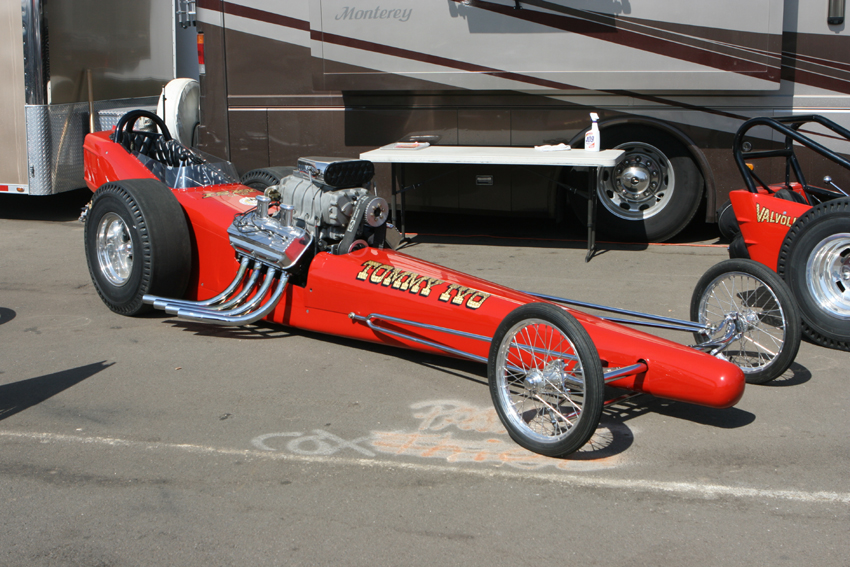
9
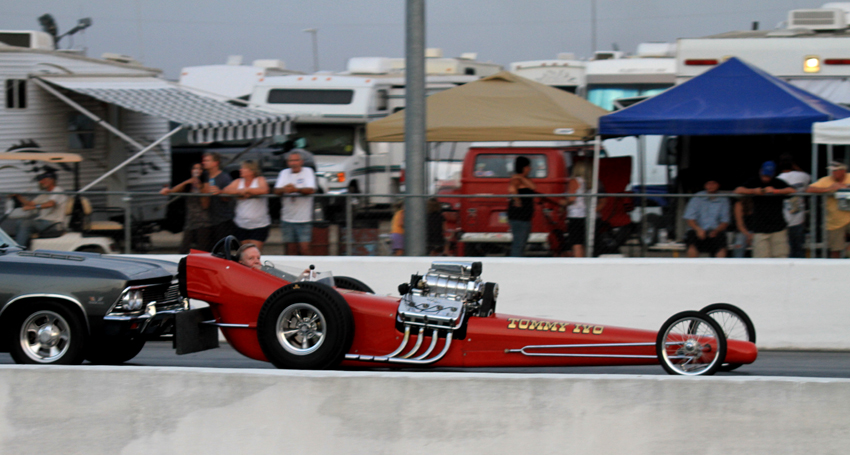
10
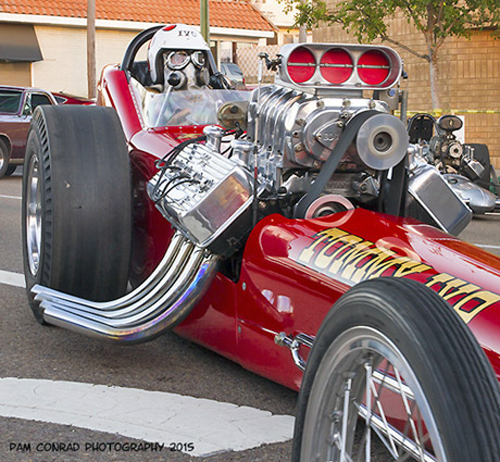
11
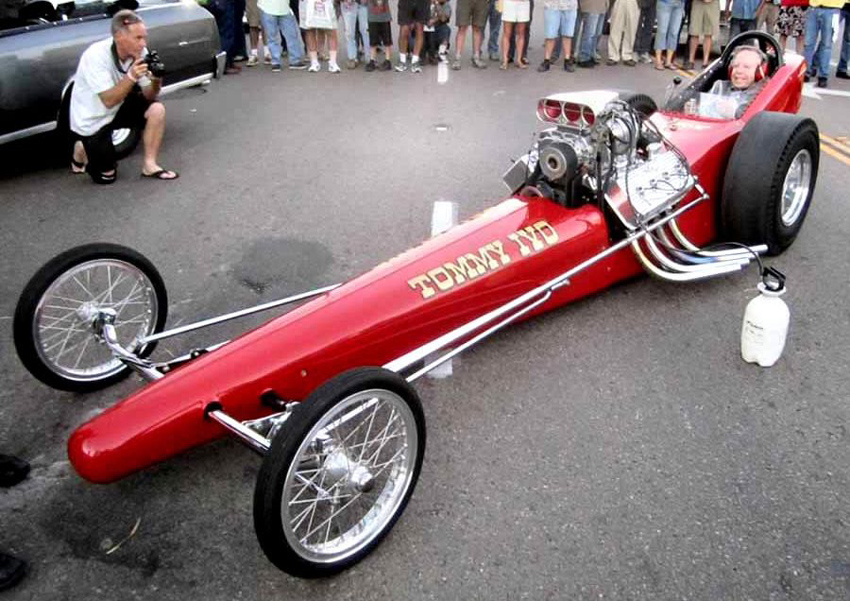
12
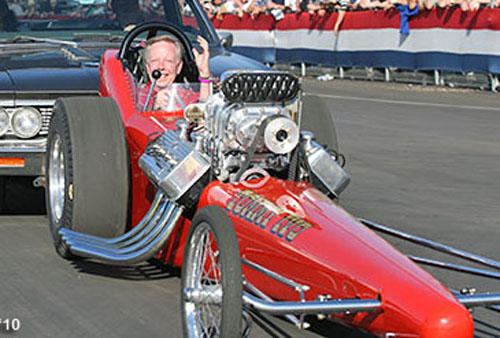
13
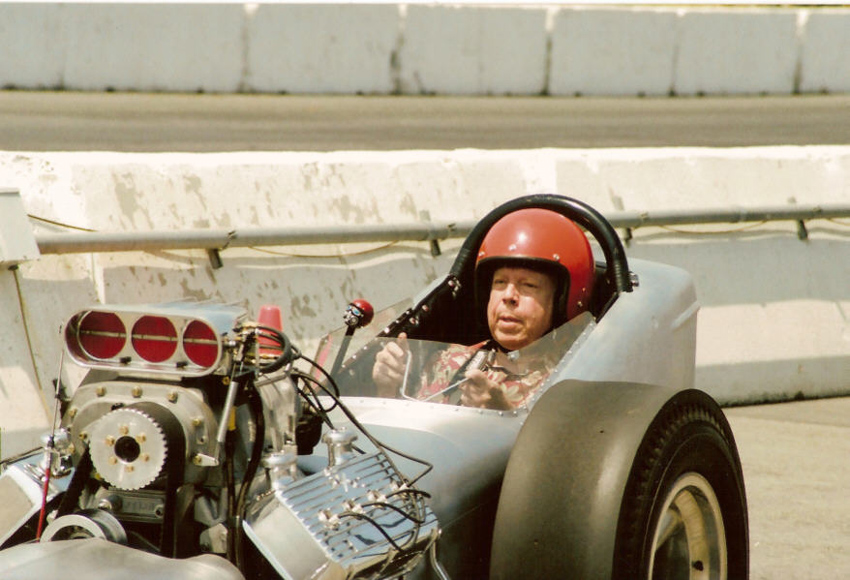
14
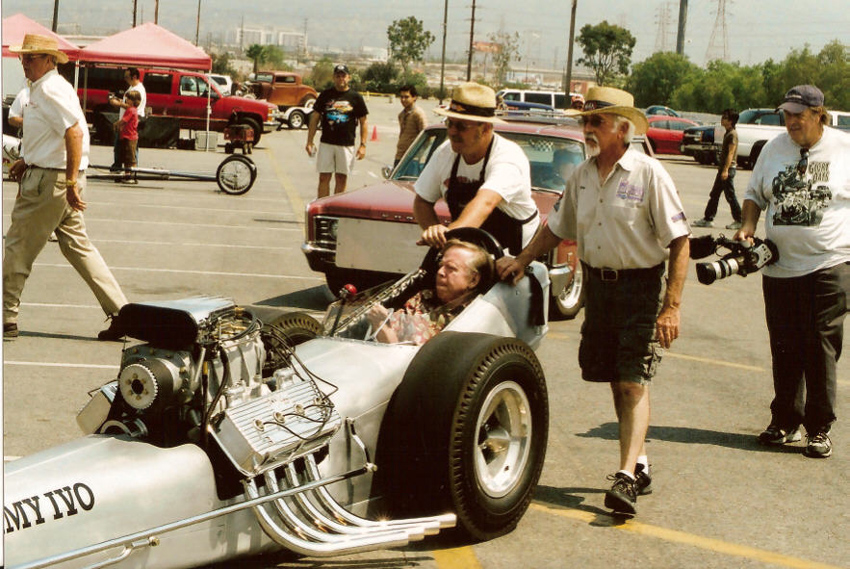
15
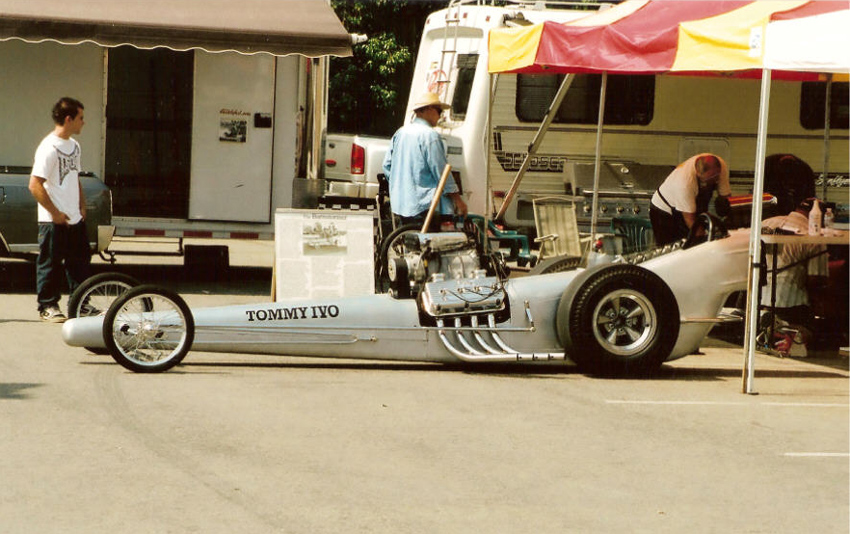
16
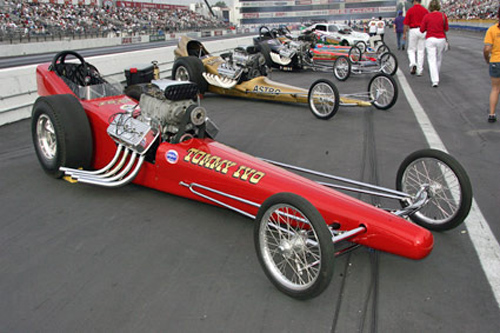
17
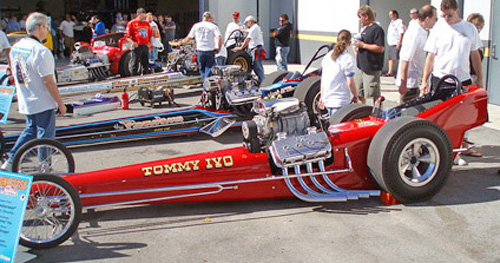
18
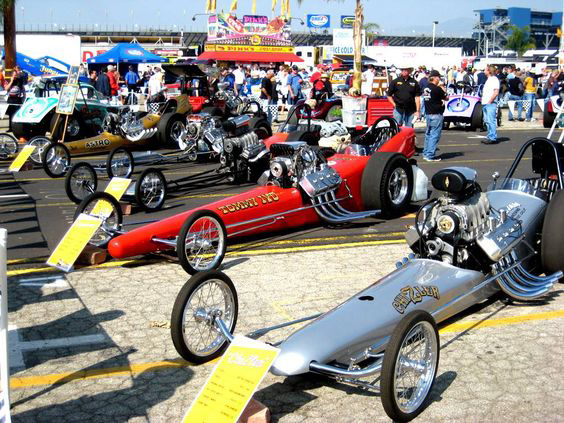
19
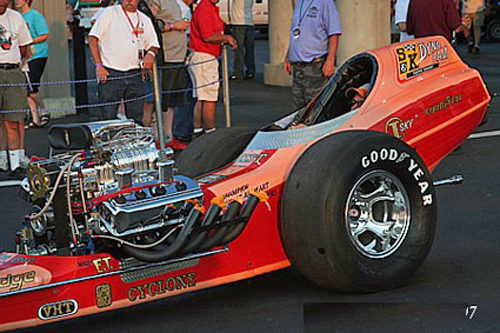
20
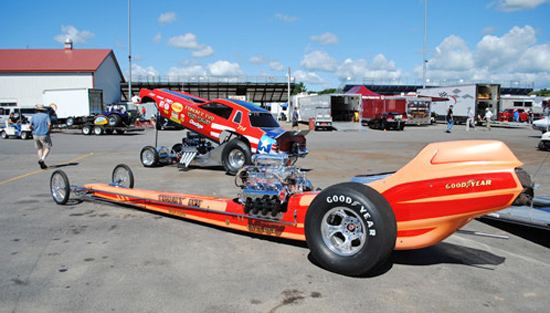
21
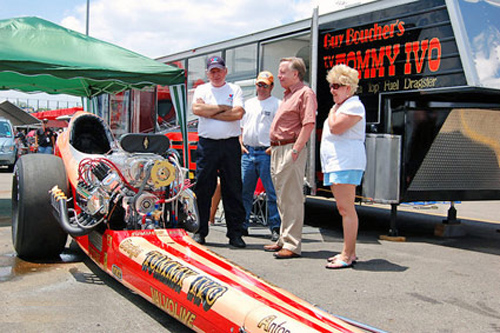
22
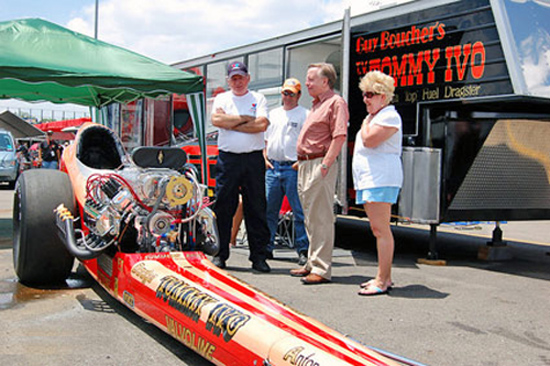
23
Thirty years ago, the flavor of the touring professional drag racer was not soured by corporate correctness, sealed off by an army of specialists, or overdone by megabuck budgets. Yesterdays dragabonds sojourned from track to track to match race-jets, rocket-powered go-karts and fellow stockers, Gassers, Fuel Altereds, and diggers. These sideshows allowed the racers to recoup some of the loot they lost competing at a nationa event. Tommy Ivo led this parade of hired guns and was drag racings original touring pro. It was during one of these booked-in shows that the actor/dancer/singer turned fulltime drag racer pulled one of his patented Tomfooleries.
My act (shtick) was that of a spoiled millionaire playboy who raced for a hobby, Ivo remembers. But that image had its drawbacks. No one took me seriously or gave me credit for the 36 cars I built and drove, and all the blown, unblown, gas and fuel engines I tuned and maintained during my 30-year drag racing career. So he got their attention by playing practical jokes.
Broadway Bob Metzler booked a bunch of us into Union Grove (Wisconsin). It was a two-day show that was rained out the first day. All the guys went back to their motels and went to sleep except for me. I'm a night owl, a practice I acquired early in my touring career. I would borrow a guys speed shop or garage to work on my car after they closed up and went home for dinner. There I was, wide-eyed in the rain-soaked parking lot with nothing to do, so I came up with the great hood switcheroo. Almost all the racers had crew cab dualies at the time, so while they slept, my helper and I went from truck to truck exchanging hoods, a red hood for a black one or a green hood for a yellow one. It took us all night, but it was well worth it. My only mistake was that my prank had Ivo written all over it, so Metzler got pissed at me because all the racers were putting their hoods back on their trucks and not preparing their race cars.
Ivo's life has been a mischievous mix of warp speed energy combined with the money and imagination to terrorize or entertain those around him. At three, Ivos innate stage presence and his ability to perform and entertain emerged in his hometown of Denver not Burbank, California, where he has lived all of his adult life. I could carry a tune like a 10-year-old and soon found out that my skills as a song-and-dance kid pleased people. Unfortunately, my moms arthritis and Denvers cold winters were not compatible, and my folks thought that So Cals mild winters would be of some relief. So in 1943, when I was seven, we left Denver and moved to Los Angeles. Even after we arrived in LA, my mom continued to drag me to all the talent shows and people would tell her that I should be in pictures. It so happened that Republic Studios was casting for a musical and was canvassing the area looking for a kid who could sing and dance to play opposite Dennis OKeefe. I fit the bill, especially since I had lost my front teeth. The studio bypassed the regular studio/agent drill, and I started making more money than my dad Hans Fredrick Ivo, a meat-cutter by trade.
Ivo's show biz career, a 19-year-long hurry-up-and-wait occupation that ultimately featured more than 100 movie parts and 200 TV appearances had its perks. He was making plenty of money, and he had enough time between gigs to spend it on a series of imaginative cars. I credit the German in me for my mechanical ability. I just remember taking things apart in fact, my bike was continually in pieces because I was always painting its frame or changing seals, pans, or sprockets. In 1952, my girlfriend who lived across the street gave me a bunch of new car brochures. The car I liked the best, the one I thought was the slickest of the lot, was a Buick. I called it a buck because I didn?t know how to pronounce Buick.
Ever since the 20's when brothers Bud and Ed Winfield began manufacturing speed equipment and Indy great Frank Lockhart lived in the area, the Burbank/Glendale region has been a hot rodding hotbed. One would think that Burbanks Burroughs High would reflect the locals? speed and power history, but that would be incorrect. ?When I was going to Burroughs, the hot cars were tail draggers, not rods. I did what all the rest of the kids were doing: I had it nosed, decked, and painted a custom color. I even let a pal talk me into racing it at Saugus.
Fifty-twos had those straight-eight engines and Dynaflush automatic transmissions, and when I picked up my 66.66-mph timeslip, I sort of freaked out. I gave up drag racing and concentrated on my acting career and entering by Buick in local car shows. However, my tinkering tendencies got the better of me. I overtightened the clear plastic fuel filter and cracked it. The leaking fuel caught the engine on fire. I eventually sold the 52 and bought a 55 Century. The Century was as fast as the 52 was slow, and I would lie in wait at Bobs Toluca Lake drive-in and finally wandered out to Pomona to see if it was as fast as I thought it was. Not only did I win A/Stock Automatic at Pomona, I broke the class record, too. Winning two trophies in one day was like winning two Oscars, and it hooked me on drag racing for life.
Acting is a feast/famine business even for a busy talent like Ivo. ?Although my work changed from small parts to starring roles, I still had a lot of time to kill between gigs. I hung out at Bob?s and was there when Norm Grabowsky would pull up in his T (Oct. 55 HRM cover subject) and order a Big Boy combo. I immediately asked myself, Why not put a similar T together. Everyone knew that the desert northeast of LA was full of abandoned T bodies that were free for the taking. All you had to do was to drive up to Palmdale or Lancaster and start looking for square shapes. I eventually found what as left of a 25 touring body, but it had a Yucca tree growing out of the passenger side. It must have been there for over 20 years. I had to cut the tree down to get the body.
Ivo's drag racing success with his 55 Buick made the engine selection for his new T a foregone conclusion: He bought a warmed over nailhead from a friends father. I didnt know diddly squat about engines, Ivo confessed, but I knew a guy who did Max Balchowsky. During the 50s and 60s Balchowsky was a famous So Cal sports car racer who specialized in building and racing Buick-powered bitz as a bit here, a bit there. After I got the nailhead, I took it over to Balchowskys shop. He taught me how to take it apart and put it back together again. He eventually became my guru, but there were strings attached. The price for his help was that I did all the porting and polishing on his cylinder heads.
With the help of Randy Chaddock, Tony Nancy, and Balchowsky, it took Ivo about a year to complete his T. With the top on it, he felt like he was in an outhouse hence the half-moon-shaped rear window opening, another indication of Ivo's off-beat sense of humor. Young actors were really in demand during that time, but I still found enough time to drive it out to Pomona where it ran 104 the first time out. (The T appeared on the Aug. 57 cover of HRM.) I then smoked Grabowski the next weekend at Saugus and raced the car until late 1958. It remained unbeaten in class, but it was a hassle to run. Because it was so fast (Ivo once won a Top Eliminator trophy at Lions Association Drag Strip or LADS, later to become LIONS in Long Beach), the strip tech officials continually hassled him to update the roadster?s safety features. His T was essentially a show-winning street rod and not a racer, so Ivo fought back.
Throughout his career, his credo was Do me and Ill do you one better. Ivo's answer was to build the first rat rod. His second T was as safe as it was ugly a former track roadster sporting a pair of huge, foxtail garnished radio antennas and one of his dads meat cleavers half-buried in the turtle deck. Again it was a prime example of Ivos sideways sense of humor, and it had its intended effect. LADS strip manager Mickey Thompson threw him out, saying, We dont allow jalopies in here.
Ivo didnt care. He ran the car at San Fernando, retired it, and then went back to the street prowling the local drive-ins in his show T. I was sitting in the car at Bobs one night when Don (later to be known as The Beachcomber) Johnson came up to me. He said he had a dragster chassis that Kent Fuller built and asked me if I wanted to put that, pointing to my Buick, in it. I answered, Ill put my motor in it, but I don?t want to drive that thing! But once I saw it all together, I lost all of my sense of fear and interest in my personal safety. I was going to drive that car. After my first pass I said to myself, Ive got to have me one of those things. Ivos first ride soon became the Daddys Auto Body Spl, (July 58 HRM cover subject), but time would prove that Daddys car was to be only the beginning.
The next day, Ivo was camped out on Fullers doorstep waiting for the budding chassis-builder to arrive. My first question was, How much will you charge me to build one of those Fuller turned out to be a very interesting guy, a certified eccentric, but fun to mess around with. If he got hurt, he went crazy and totally freaked out. I had a knack of making him hurt himself. Both Don Prudhomme, who I had met though Skip Torgerson, and Tom McCourry would tag along when I would go to his shop to see if I could foul him up.
Prudhomme was building a Buick-powered street roadster at the time, and Torgerson told Ivo that he was a good car painter. Prudhomme ended up painting all my early cars and we became very close during our first tour, but Im getting ahead of my story. We finished my single-engine car during 58 (the car feature was shot on June 9, 1958, by HRMs ace photog Eric Rickman), and it was perfect for the time. Rear tires (slicks) were always the limiting factor, and the Buick developed just enough torque that I could leave it in Second gear (with a pre-war Cad/La Salle three-speed) without smoking the tires and run a better e.t. than the guys with the blown engines and direct drives. C.J. Hart (the founder and manager of the legendary Santa Ana drags, the countrys first weekly drag race) got pissed at me for doing wheelstands. He said they were unsafe and threatened me with expulsion if I did it again. I put some ballast on the front axle and still carried the wheels past the e.t. lights. I was ordered out before I got back to the pits. The car ran a best of 9.16 at a little over 150, but it would run 50 all day. The old San Gabe dragstrip had a standing prize of a color TV if a racer could run 150 on gas and back it up on the same day. Unfortunately, I had joined the Air National Guard and was doing my three-month basic training stint in Texas when that offer was made. But while in Texas, I got to stand next to Bobby Langley (the owner and driver of the Scorpion, a famous 50s and 60s Texan Top Fuel racer) and have my photo taken with him.
It was during the late 50s and early 60s that Ivo earned the nicknames Instant Ivo, Poison Ivo, and TV Tommy Ivo ?the last moniker signifying his growing fame on the boob tube. I weighed 115 pounds at the time and mixed my acting career with casual jaunts to the dragstrip. The studios were clueless about my hobby, and I didn?t make any waves. I simply played jerk, geek, or nerd roles and became the all-thumbs dufus who couldnt walk a straight line and chew gum at the same time, with names like Herbie or Haywood. But at the drags, I was a totally different persona. I was Instant Ivo who raced all the big names at the time Lefty Mudersbach, Jack Chrisman, Ted Cyr, and won. We were all competing in the National Hot Rod Association-mandated, gas-only A or AA gas dragster class.
Then tire technology took a major leap during the late 50s after Marv Rifchin (M&H) began producing scratch-built drag slicks, not recapped passenger or truck tires. The guys with the supercharged Chryslers, Olds, Cads, and Lincolns were getting better, but I still thought a good-running twin-engine car would be superior to the blown dragsters that were winning all the big, national drag races.
Ivo made his two-motor decision as early in 1959 and commissioned Fuller to whip up a double-Buick-powered, gas-burning rail. First I made Prudhomme a deal he couldnt refuse. I sold him my single-motor car ?no down and unlimited time to pay. He started with a Buick and ultimately ended up with Dave Zeuschels blown fuel Chrysler. I had previously borrowed the Scoville Bros blown Chrysler and had made the proper motor mounts for the Hemi implant. When I talked Zeuschel into putting his engine into Prudhommes car, little did I know at the time that I had opened up a can of worms.
The NHRA was still touting its no-nitro ban, so gasoline-burners were the big thing in 1960. With the tire improvements brought on by M&H, we could use more horsepower, and using two motors was one of the ways to get it. I saw Howard?s Twin Bear at Bakersfield in 59 and decided that a side-by-side combination would transfer more of the cars static weight on the rear tires rather than a tandem design. But I did it differently. Howard had simply turned one engine around. I reversed the engine?s rotation and ran it backwards. We simply meshed double-wide starter gears on the flywheels together and use a multi-disc clutch to directly drive the car through an offset third member. The engines would torque outside-in so the car would go up and down when I cracked the throttle and not torque steer when I lifted. Better yet, it ran nine-flat the first time out and then became the first gas-burning dragster to run in the eights and the first to run 170, then 180 on gas. Best of all it handled great and was nearly bulletproof.
The car was finished during the end of 1959 and raced locally for about six months before it went on what would become Ivos and possibly drag racings first, multi-stop tour. Ivo remembers that he got it running in November and began his 12-stop tour in May (60) with Prudhomme as his crewmember. After all the out-of-state guys like Don the Swamp Rat Garlits, Setto Post Toasties Postoian, and Chris the Greek Karamesines came out to the first Bakersfield Smokers meet in 59, the East Coast strip promoters wanted the West Coast hot dog cars to do the same. Unfortunately, guys like Art Chrisman, Gary Cagle, or Ted Cyr had jobs and couldnt make the scene. But being an actor, I could. Unless I was actually in the process of making a movie, I had the time and freedom of choice to become a touring pro, and unlike Garlits, I didnt have to return to Tampa (Florida) to run my speed shop. So I became the first drag racer to stay on the road for months at a time, making a living going from track to track and earning $500 a stop. I was lucky because my best friend Prudhomme was my helper and travelling companion. Moreover the car didnt need much maintenance, and my TV work really attracted the crowds.
In fact, all the strip owners were astounded by the draw, when we would wheel into a track like U.S. 30 or York, Pennsylvania. I was 24 at the time but looked 16, and Prudhomme was all of 17. People came to see us out of curiosity and couldn?t believe that these kids were the bad ass West Coast guys to beat. And beat them we did. But during my 12-stop tour, I saw that there was going to be a better business opportunity here (in California) and sold my twin to Ron Pellegrini (Speed Craft Automotive) for $5,000 after I completed the tour in September.
There is an addendum to this story. Ivo borrowed his former twin back when the winter of 60 overcame the East. Tony Nancy loaned me his blown Buick, and we nearly broke the 190 mark on gas, but my heart was distracted by another project. One of the first guys he raced on its return was his crew dude Prudhomme. It was at LADS, and he was driving my old single-engine car with the Buick in it. I beat him and he got pissed you know, digging his toe in the ground and biting his bottom lip. So I offered to trade rides he in my twin and me in my old single-motor car and we worked it out with Mickey (Thompson). It was a sucker bet. He got excited and smoked the tires, and I beat him again because I knew both cars so well.
What distracted Ivo was another commercial possibility. I became aware of the tremendous crowd appeal for the twin, and it got me thinking: If they like a two-motor car, theyll love one with four motors. Fuller built one more car and Pellegrinis $5,000 paid for my out-of-pocket expenses, less freebies, for the in-progress, $4,000 showboat. Problems immediately occurred. Fuller couldnt handle Ivo's frenetic work pace and hyper energy. I would come into his shop while he was reading comic books and yell, Lets go! I was a slave driver, and when I would go out chasing parts, he would stop work and return to reading his comic books. I drove him crazy. This time I built a twin bank, in-tandem, four-wheel-drive car with the front and rear engines chained together. The two lefthand side engines drove the front wheels, and the two righthand side engines drove the rear wheels. This arrangement, pairing what were essentially two V-16 engines, allowed both banks to torque inward and counteract one another. Unfortunately, what I feared would happen did. Weight transfer from the initial launch would unload the front wheels, and they would break loose excessively. The second problem was that it weighed almost 4,000 pounds, so it wouldnt e.t. And while it would run upstairs, it was no winner. But the NHRA didn?t know that before it was done. They were getting nervous. Their thinking was simple: If my four-motor car ran proportionally as good as my twin, then the other guys were going to build them. And if that happened, they might not be as well built as my cars were, and they could start crashing through that eras flimsy guardrails. So they said I could only run it as an exhibition car, the first to be so designated, but it broke my heart. In retrospect, it has became my signature car.
Meanwhile, the editors at HRM got a bright idea. Ivo was co-staring with Cynthia Pepper on a TV sitcom by the name of Margie. In fact, Ivo played Peppers bumbling boyfriend Haywood Botts, and the script called for a gambling boat setting for that episode, hence the striped outfit and straw hat. Why not, HRMs editors reasoned, shoot Ivos four-motor car on the Margie set and entitle the piece Showboat There was a problem. Ivo had never fully apprised the studio of his quarter-mile exploits. When Showboat showed up on the Margie set, the fit hit the shan. The studio bosses got really pissed and banned me from racing. The ban put my other career on hold kind of. I hired Prudhomme at $25 a pop to run the car locally. In fact, Prudhomme was all set to tour it back east in 61 when his wife-to-be (Lynn) said no, and Ron Pellegrini got the job of touring the car, since I was grounded. I eventually sold it to Tom McCourry. He put a Buick Riviera-inspired, Tom Hanna-formed body on it and renamed it the Wagon-Master. But Ivo's quarter-mile purr-go-tory was short-lived. The Margie series was eventually cancelled, and he was a free man again. Ivo was one happy dude. He quickly ended his 19-year song, dance, and acting career and went drag racing as a professional.
Part 2
Since the mid ’50s, TV Tommy Ivo had mixed show and go biz careers without one interfering with the other. He had used his on-screen persona and the money it generated to help fund a series of rods, customs, and dragsters that were as fast as they were clean. After he completed an artistically and financially successful 10-stop tour in 1960, Ivo planned a new, multi-stop tour featuring his coup-de-gas, four-engine, four-wheel-drive dragster. However, when the studio heads found out about his other life, they banned him from drag racing. He was released when Margie, the TV sit-com in which he starred, was cancelled. TV Tommy began a 20-year affair touring the country with a series of Top Fuel, Funny Car, and jet dragsters.
Ivo celebrated the end of his show biz career with a bang: He sold his four-motor car to Tom McCurry, he opened a chassis shop with Rod Pepmuller, and in doing so, acquired a new name (“Tubular Tommy”) and went Top Fuel racing. “I had been sneaking around the studio’s ban and had secretly driven Ernie Alverez (Ernie’s Camera) Pontiac-powered fueler. However, I got really serious after Margie was cancelled in 1961. I requisitioned our first chassis and then teamed with engine-builder Dave Zeuschel who supplied his blown Fuel Chrysler. We built the car in less than a week, called it …Barnstormer,’ and beat Don Garlits our first time out at a race in Seattle.”
In mid 1962 Tom Ivo and Rod Peppmuller teamed up to build the chassis for Ivo's first Top Fuel car. Tom and Rod used a chassis design that is referred to as a "3 point" car, because of the roll bar configuration which Kent Fuller is credited with originating.
Tom saw a possible business opportunity and actually used this car as the prototype for a production chassis company. Something over a dozen Ivo-Peppmuller cars were built and buyers included Jerry Baltes, John Wenderski, Red Lang and the Dead End Kids, Mickey Thompson (3 cars), Tony Nancy, Orange County Metal Processing, Tom McCourry, Ed's Muffler Shop, Cope Brothers/Cook and finally, Arvy Mack at The Big Wheel Auto Store in Minnesota. This (The Big Wheel) is actually the car that Ron Johnson bought in late 1965 and ran in Top Fuel.
The Top Fuel chassis had a wheelbase of 124" and was immediately distinguishable from other similar cars, due to the extremely long radius rods, nearly 5 feet in length.
Dave had an appearance lined up for $500 at Seattle to participate in an event that would include Garlits. The event was a part of the Seattle Worlds Fair which Tommy really wanted to go to. The car was hurriedly completed and on the Wednesday night prior to the two day Seattle event, Tom and Dave took the car to San Gabriel for a shakedown run.
At Seattle on July 1, 1962, one of the very first runs on the car, which would ultimately persevere as one of the longest running competitive cars ever fielded in Top Fuel. Arguably it has the most colorful history. It was at the top of it's class running the first ever 7 second run only a few races after it was built. It ran the first 190 mph runs on the West Coast at a number of tracks. It spent four years competing in match races and competition events at practically every track in the country, which is how it earned the nickname "Barnstormer"!. It became a movie star in the cult favorite Bikini Beach along with Frankie Avalon, Annette Funicello and an all star cast including Tommy Ivo. It was an international celebrity, along with it's owner, competing in the initial England tour of 1964 along with Don Garlits "Swamp Rat" and "Mooneyes" driven by Dante Duce. It and Ivo raced until the March Meet at Bakersfield in 1965 and was a feared competitor right up to the end. Another week and more progress.
By the 1963 Bakersfield Fuel and Gas Championships (Smoker’s March Meet), Ivo’s first fueler had acquired a nose, the sport’s first 7-second run, and partnership problems. “We beat Don Prudhomme into the 7s by one week; I got mine at San Gabriel, Prudhomme got his at Lions; which got me thinking. I went to Jack Tice (San Gabriel’s owner) with a proposal, …Why not match race the first two cars to go into the 7s and pay us $500 each for our troubles?’ We packed the place and ran drag racing’s first side-by-side 7s.”
Until then, Ivo’s income was derived from acting and as a touring pro. After the Prudhomme match race, his slogan became “Have fueler, flopper, or jet car, will travel.” Always the promoter, Ivo had seen his first, jet-powered exhibition car and got another match racing idea and again took it to Tice. “…I’ll race Bob Smith’s jet dragster you booked in last week and beat his ass.’ I had noticed Bob Smith’s jet would mile-per-hour like crazy, but it would not e.t. People kept telling me that the jet would roast me, so to spice up the act, I taped a couple of spits to the side of my car and squired them up with weenies and marshmallows.” He beat the jet, didn’t get roasted, and made $500 (soon afterward, his fee jumped to $1,000 per stop).
The six-month stint with Zeuschel, according to Ivo, “was the peak of my career. I didn’t have the studio breathing down my back, I was building great cars, and I had the strongest engine man in Southern California building my Chryslers. Best of all, I was sharing shop space with Kenny Safford, Don Gaide, and Don Ratican. They were running a blown Fuel Olds at the time. I had a blackboard in my part of the shop, so I would write …Chryslers win, Olds suck’ on my blackboard. Well, that pissed them off, and they would grouse around, so I started calling them …the Sour Sisters,’ and the nickname stuck. I had a nickname for everybody, including Prudhomme and Garlits. I called Prudhomme …the Worm’ and Garlits was either …the Rat’ or …Don Garbage.’ However, the Worm suddenly grew fangs after he got into Tommy Greer’s, Keith Black- powered Fueler and motormorphized into the deadly Snake. But to me, Garlits will always be the quintessential drag racer.”
There was discord between Ivo and Zeuschel. “We were two hardheaded Germans running one race car. Zeuschel would always remove the magneto from the engine when we got back from a race. He was worried that we would arc-weld on the frame and demagnetize the mag. I was in a hurry before a race and had put the mag in the engine and was in the process of timing it when Zeuschel walked in. He got all pissed off, saying that he was the engine-builder and I was simply the driver. I replied that I knew something about engines, too; after all, I had timed the Buicks in my one-, two-, and four-motor cars.’ Well, that did it. Zeuschel was a big guy, and I weighed 115 pounds at the time. He grabbed me around the waist, hooked me to the chain hoist, and lifted me to the top of the ceiling, about 15 feet above the floor. He then turned off the lights and walked out the door. There I was dangling in the pitch black and trying to figure how to extricate myself without getting hurt when he returned and let me down. We parted ways when he couldn’t afford the time to go on the match racing circuit.”
During the mid ’60s, TV hooked up with the Rat for a series of match races that lasted until the day Garlits lost part of his foot while running his slingshot at Lions during the early ’70s. “We began this East versus West thing in ’64 or ’65 which lasted on and off until 1976. During those best-out-of-three match races, I must have run him 60 or 70 times a year. We each got $1,000 to $1,200 per race; but he was another one of those hardheaded Germans. I remember our first race like it was yesterday. He hung back until I staged. He then left early. The reason he didn’t foul was that he popped his front wheels over the ground-level e.t. lights. While I was working on my car between races, he would go up to the starting line and raise the lights. So when I tried his trick, I got the red eye. But I got even. I told him that I had lost a piston on that last pass and warned him to be careful if I started to move around. Meanwhile, I had put a can of STP in one of my headers. When I started the engine, that pipe began to smoke. He thought that …Ivo was dead,’ and left late. Naturally I ran like a tiger, and that payback was sweet indeed.”
After the National Hot Rod Association rescinded its fuel ban in 1964, it began a series of promotions that eventually led to a multi-car drag racing exhibition in Great Britain. Among those chosen were Ivo, Garlits, K.S. Pittman, George Montgomery, Tony Nancy, Ronnie Sox, Buddy Martin, Bill “Grumpy” Jenkins, and Dante Deuce; the same Deuce that ultimately crashed and destroyed Nancy’s front-motor gas dragster. The voyage on the U.S.S. United States turned out to be a good news/bad news trip. The good news, in Ivo’s words, was this: “There happened to be a contingent of debutantes on board, so we never lacked for company.” The bad news was the size of his car trailer. “The captain had just been through some rough seas and was still smarting from the experience. My trailer had a built-in sleeper, and when I loaded it on the ship, it proved to be too big to fit inside the hold. So I had to park it on the deck. The captain told me if we ran into any bad weather, the trailer was going over the side. So I spent the entire trip looking up into the sky hoping the weather wasn’t beginning to turn bad.”
The English experience proved to be a lifetime thrill. Zoomies (upswept headers) were just becoming popular then, but Ivo the showman switched back to the weed-burners (down-swept headers) to shake up the fans. “The Brits had never seen a Fueler before, so I put the weed-burners back on and fired for effect. First, they made so much more noise than zoomies, and it didn’t hurt to have 50 percent in the tank, 25 over on the blower, and pistons 0.150-inch-down in the block. I can remember pulling up to the line and really shaking the ground. As soon as I cracked the throttle, it was all elbows and butt cracks, as the ones closest to the car were literally blown over. But the real thrill was racing in a place where drag racing was still in its infancy. I even sent a 55-gallon drum of nitro to England under an alky label. It was against the law to transport that much nitro, because the British classed it as liquid dynamite. In fact, it cost $25 a quart in Britain, and I got the drum for $150.”
But Ivo got squelched, too. After one of the exhibitions was over, a road-racing motorcycle sidecar racer offered him a ride. “It was just a wood floor and a pole to hang on. So I’m lying on my stomach with my chin 2 inches above the track when he takes off. We clear the timing traps at over 112, but he doesn’t lift. I had forgotten that these RAF landing fields (where the drags took place) are miles long and hilly. I couldn’t see the end, so I began banging on his leg to get him to shut it down. He ignored my blows until we reached the end of the runway. It was then that I found out he had a wooden leg and couldn’t feel a thing.”
Ivo’s realized his love for adventure in many ways. He also went for a 280-plus-mph ride with Art Arfons; the Akron, Ohio, legend whose series of Green Monster dragsters, land speed races, and jet-powered exhibition cars were a exciting part of ’60s and ’70s drag racing. His jet dragster was fitted with two side pods, one for him, the other for a passenger. Ivo’s pod featured an “in case” button; that is, in case he felt they were going too fast, he could punch the button and it would activate a panic light on Arfons’ dash causing him to abort the run. However, Ivo the irrepressible didn’t panic, so the huge crowd of spectators went home disappointed. Unbeknownst to Ivo, Arfons had installed a revolving light on top of the car, and when a guest would press the panic button it would also activate the revolving “Chicken S;t” light, much to the crowd’s delight.
“But these …gofer rides’ ended with …Wild Bill’ Shrewsberry. He was touring around with his wheelstander; I still remembered being kicked out of Santa Ana for wheelstanding; and he offered to take me for a semi-vertical ride. During the pass, Shrewsberry sort of messed up, and we wiped out the top end clocks. Instead of nailing him for the destroyed lights, …Broadway Bob’ Metzler, Union Grove dragstrip’s manager, charged me when Shrewsberry told him it was my fault that he lost control. After that I didn’t go for any more rides.”
Instead, Ivo continued to match race fulltime and race at the big events that would lead to further bookings. “I won most of my match races because that’s what I did. I got good at tuning for slippery, short, and spooky. I remember one that had a bridge over a creek in the shutdown area. The bridge was so narrow that only one car at a time could get through. It made winning a little more important. Unlike Garlits, who would always run his Indy tune-up, I would sort of stumble around looking for a go-fast setup, then leave the track for a day or so to match race another car at another track. The best I did at an NHRA National event was at Indy in 1965. I won Top Fuel on Sunday but lost a double elimination race to Prudhomme on Monday.
It was during the latter part of the ’60s when Ivo really hit his stride. “I was match racing and making around $100,000 annually, but that meant running during the week and on the weekends, mixing match races in with NHRA, AHRA, and UDRA events. It taught me to build good, sound engines; first 392s and then destroked (396ci) 426 Elephants. What I found out was that Elephants liked lots of lead, and it took Garlits awhile to catch on. In fact, he ran his 426 like it was his ’92. I guess I could have told him, but I then remembered our England trip. He told me how to run 200, and I thought I really had something until I saw Garlits’ …How to Run 200 mph’ cover story in HOT ROD (Nov. ’64). Screwed by the Rat again.”
“I began putting windows in my trailers so the fans could see my cars. I was running two cars, so if one broke I would have a backup. I even got the bright idea to put lights and a generator in the trailer so it would light up the cars at night and save me the time of lowering the tailgate so the spectators could see what was inside.” But drag racing was to take another giant step, and Ivo responded by being the first to enter the 5-second zone.
Part 3
TV, Poison, or Tubular Tommy Ivo retired after a 19-year career in acting, dancing, and singing, followed by a equally long career owning, building, and driving 36 cars that competed in 12 different classes. Ivo was the first to run in the 8s on gas, the first to run over 170 then 180 on gas, and first to dip into both the 7s and 5s on fuel. When Don Garlits made the switch to a back-motor car after losing a portion of his foot to a drivetrain failure, Ivo followed suit but became involved in one of the most spectacular crashes in drag racing history. We now pick up the third and last portion of Tomfoolery–the fast life and fun times of irrepressible Tommy Ivo.
After Garlits’ foot injury and his subsequent and successful switch–initiated by an article written by Ed von Delden entitled “New Concept For Fuelers” (Aug. ’70)–from a slingshot to a mid-engine design had a revolutionary effect on Top Fuel. Within a year after Garlits made his winning introduction at the ’71 NHRA Winternationals, drivers no longer sat behind and peeked around the blower of a nitro-burning engine. “I switched to a rear-motor Woody [Gilmore] car in ’72 and was the first to break into the 5s, at a track in Pennsylvania during the latter part of that year. Even though I knew it was safer ride–the trouble was always behind you–it was the ground rush, not the wall of flames with smoke at the top, which got my attention. I was attaining the same ground speed–around 245 to 250 mph–but it felt like 100 mph faster.” After Garlits lost his foot and sat out the 1970 season, Ivo began match racing Shirley Muldowney. “I got along well with Muldowney, but she was like Prudhomme–very determined.” Ivo’s match-race program with Shirley worked until Garlits came back, then the strip promoters saw the “King vs. Queen” possibilities, and Ivo lost this gig as well. But it was at the ’74 Winternationals that Ivo came within a hair of losing his life. “I had just taken a new Don Long car and was on my fourth pass against my former helper John ‘Tarzan’ Austin. I had her pretty hopped up, because I didn’t want to lose to him, when the engine blew in the lights. All I can guess is that I had leaned it too much and caught a piston. Engine parts ‘zeroed’ out the wing, and when I lifted, the torque rolled the car. All I could think of as I went over was ‘I’m going way too fast to be doing this.’ Luckily I didn’t get a scratch, but I missed my big chance. The first safety official that reached me was riding one of those little mopeds. If only I had borrowed his motor bike and ridden down the track waving and bowing to the fans, it would have been the crowing moment of my career. Instead I gimped around the pits–strictly for show–the next day after Bernie Partridge (NHRA’s announcer) announced that I was at the track.”
Organized drag racing had become big business by the middle of the ’70s, and Ivo saw more match race possibilities driving a Funny Car than a Fueler. So for the first time since he raced his ’55 Buick, he was in a closed car–kind of. “Jaime Sarte built my first Funny in ’77, the same one that I ran under the Rod Shop banner. After 19 years driving either a roadster or a dragster, it felt like a security blanket, a much slower ride that cut down the speed effect. But its short wheelbase caused it to dart from side to side. It made me keep on top of my driving. And when a blower would bang, I would lose a body and go back to driving a roadster in the blink of an eye. The real fun part was the long burnouts and my ability to do them without losing control.”
But Ivo, much to his chagrin, was losing control. “I had led a happy-go-lucky life surrounded by young crewmen, but I was now pushing 45 and still not organized. All I wanted was to be a bopping, footloose fool, but when I joined the Rod Shop I had to deal with the corporate structure that came with it. It was as if I was back at the studios, but it took three years before I realized I was not having fun.”
After nearly 50 years of Tomfooling around, Ivo married, and that changed his life. “My career had been one of traveling and working on my cars. Now I was working on our house. The problem was that I had to hire people to do what I did for 19 years, and I tended to hire good guys, not good mechanics. The result was that I began to tear up a lot of stuff because I didn’t have time to work on the cars.” After three years of driving floppers, Ivo returned to his past.
Ivo’s recall ability remains phenomenal–a talent he acquired during his show biz career. Whether it was his marshmallow-toasting race against Bob Smith’s Untouchable jet or his green weenie, 280-plus pass with Art Arfons, Ivo remained intrigued by cars that blew and flew. “In 1979, I asked Ron Attebury to build a jet for me. I also got my engines from a guy who owned an aircraft salvage yard in Phoenix, Arizona. The J-34 engines cost $25 each, and their fit was so precise that I loved working on them. Jets were the most awesome things I ever drove. Their top-end charge was unreal. They would go from 200 to 300 like a Fueler goes from 0 to 200. They just wouldn’t lie down. What I loved the most was to close the hand throttle, hit the chute release, and then go limp so I could feel the weightlessness for 2 or 3 seconds. In fact, I played games in the car when the chute hit. But that only lasted two years. I woke up to the reality after I reached 45. I was eating alone at Denny’s on my birthday, and I began to realize that I needed to get a real life.”
Even though it seems like yesterday when I shot Ivo’s restored four-motor car at Palmdale, it was 20 years ago when he got out of racing in 1981. “I realized after my 36-year drag racing career that none of those 36 cars I drove ever got me, and that I had more mileage on a dragstrip than anyone else at the time I retired.” But Ivo had one last hurrah in him.
TV Tommy, the hands-on drag racer, had become Ivo the hands-on house remodeler. He was on his way to pick up some bricks at one of the local building supply yards when, for one of the few times in his life, his memory failed him. “While on my way to the yard, I made a wrong turn and found myself going up an alley. I looked to my right, and I couldn’t believe my eyes. Sitting behind an unnamed speed shop was my old trailer with my four-motor dragster in it. The speed shop’s owner had bought the car from Jim Harwood. Its right front engine was broken, but I had to have the car, and I made its owner a offer he couldn’t afford to refuse.” Ivo’s promotional instincts were still going 300 in the eyes. He planned a North American curtain call tour upon the resurrection of the old Wagon-Master. “It began as a summer-long, 70-stop tour in 1982, but by then I had no business being in a race car. I remember getting in it and panting so hard that I fogged up my face shield and had to wipe if off with my forearm before I could make that first pass. I thought this was going to be my signature tour, and I’d take my bows in the car where my career really started and now was ending. It seemed like a nice touch, but I forgot one thing. That 4,000-pound car was one rough-riding SOB. So when I hit a bump on the third stop of my tour, the car went up and I went down and crushed three vertebrae. I ended up turning the driving chores over to Rick Johnson. The last time I drove the car was during the ’82 World Finals at Orange County International Raceway. I put lots of pillows in the driver seat, and after I made that last pass, I drove back up the strip, got out of the car, and then burned my driving gloves on the starting line with the handheld track dryer. But the injury had its positive effect. It let me stop and not feel the pangs of not doing this all over again.” The gypsy is still in TV Tommy Ivo, but instead of driving more than a million miles going from one match race to another, he and his wife travel the world. “It was a bummer celebrating my 45th birthday at Denny’s, but that’s all changed. For my 50th I was walking on the Great Wall of China. For my 60th I was in my four-motor car and pounding my chest King Kong style. After 36 years of driving these things, I was thinking that none of ’em got me and I’m still here, able to talk about it.”
Created 1/31/19


|

|

|

|

|

|

|

|

|

|

|

|

|

|